Flags have always been used to symbolize groups of people with something important in common. Countries have flags to salute and to unite their citizens under a single banner. A country's flag comes to represent the ideals of the people living there and what they hope to achieve. For the LGBTQ+ community, the Pride flag does much the same.
The Pride flag is a symbol of unity, even when there is in-fighting and gatekeeping in the community. It shows that we are all struggling with oppression in a world where many of us don’t understand each other.
While those struggles may differ based on race, gender, sex, country of origin, and other factors, the Pride flag is something that has the power to bring us together, allow us to be proud of our uniqueness.
So, why does the Pride flag don a bright and beautiful rainbow? There is so much history here, so let’s dive right into it!
Everything Under the Rainbow
Long before Gilbert Baker designed the first LGBTQ+ flag in 1978, the rainbow was a symbol for peace.
The use of the rainbow flag as an LGBTQ+ symbol started in San Francisco. It was intended to portray the diversity of the LGBTQ+ community and all the colorful people inhabiting it.
Baker had met the influential gay activist Harvey Milk who, knowing Baker's sewing and creating background, asked him to come up with a universal symbol for the gay community. Baker certainly did not disappoint.
Milk wanted a new symbol since the only symbol at the time was a pink triangle. The Nazis had made that symbol during the Second World War to label men as homosexual. That tool of oppression was hardly a symbol that the LGBTQ+ wanted to continue using, so they were eager to find something they could call their own.
After Milk's assassination, queer people across America increased the demand for Pride flags to honor his legacy and celebrate their identity.
Gilbert Baker’s Flag
One of Gilbert Baker's most influential decisions was not trademarking his flag. He saw it as a symbol for all queer people and wanted it to be a rallying point. The first Pride flag proudly flew in the San Francisco Gay Freedom Day Parade in 1978 and was available for everyone to use.
Baker's initial design had eight colors, although nowadays, most Pride flags only have six. There was a pink stripe at the top in his design, above the red one, and a turquoise stripe in between green and indigo. His stripes represented:
- Sex - Pink
- Life - Red
- Healing - Orange
- Sunlight - Yellow
- Nature - Green
- Magic/Art - Turquoise
- Serenity - Indigo
- Spirit - Violet
When the hot pink fabric became too expensive to use in normal flag manufacturing, and the parades wanted to have a flag with an even number of colors, the LGBTQ+ community ultimately removed the hot pink and turquoise stripes.
This removal happened just a year after the flag's original creation, so most people are only familiar with the six-color version. The six colors we are used to seeing are:
- Red
- Orange
- Yellow
- Green
- Blue (A combination of Turquoise and Indigo)
- Violet
In 2015, after the Obergefell v. Hodges decision, the White House was illuminated in the six Pride colors to celebrate the federal legalization of gay marriage in all states.
The next year, in protest of Donald Trump's election to the U.S. presidency, Baker designed a new, nine-colored flag. This version also included a lavender stripe to represent diversity, although most organizations and people still fly the modified six-color flag.
Flagging Representation
Over time, subgroups within the LGBTQ+ community decided that they didn't feel represented anymore by the one flag. The diversity within the LGBTQ+ community wasn't adequately portraying everyone.
Additionally, many people felt that their experience as a transgender woman did not align with a bisexual man, just as an example. They wanted to find people who had more similar lives to bond with.
While flags are a rallying symbol for some, they are also a symbol of existence for others. A group is more likely to be recognized as valid by the community if they have a symbol or flag to show off their identity.
The Progress Pride Flag
The LGBTQ+ community has begun to join other groups in solidarity, such as the Black Lives Matter movement. However, this progress has not come without significant debate.
For people who see the Pride movement as just about sexuality, there have already been hotly argued topics surrounding transgender and genderqueer people who could still count as heterosexual and whether they should be represented in the community.
For as long as the Pride community has existed, people have been wary with who they want to allow inside. However, despite the disagreements, in 2018, a new Pride flag was created by Radam Ridwan that featured black and brown stripes in an arrow, pointing the way towards progress. The new flag has been rising in popularity since its design. The arrow also has colors representing the transgender community.
The idea of taking pride in your identity doesn't have to stop with your sexual orientation. It now includes your gender presentation and your race. Race informs how we interact with the world, how we present our gender, and how we live. If you want to take pride in all parts of your identity, check out our progress flag.
Other Flags
In a similar vein, people have designed other flags to represent their participation in the LGBTQ+ community through various creations utilizing the rainbow. You might see a combination of a country flag and the pride colors, like with a rainbow Canadian leaf or a rainbow-colored peace symbol.
For people who want to show their support for a certain religion along with their sexuality, there are pride flags featuring religious and non-religious symbols.
Some people have chosen to add a black stripe to their Pride flag to represent the people who have died of the AIDS epidemic because of the disease’s association with the LGBTQ+ community. This solidarity is something that we, at Pride Palace, believe in wholeheartedly and love to see our community striving for.
In Summary
Though the people represented by the Pride flag have changed over the years, the essential meaning behind the flag remains the same. It’s about a group of unique people who want to celebrate their lives with others.
Sources:
https://en.wikipedia.org/wiki/Rainbow_flag_(LGBT)


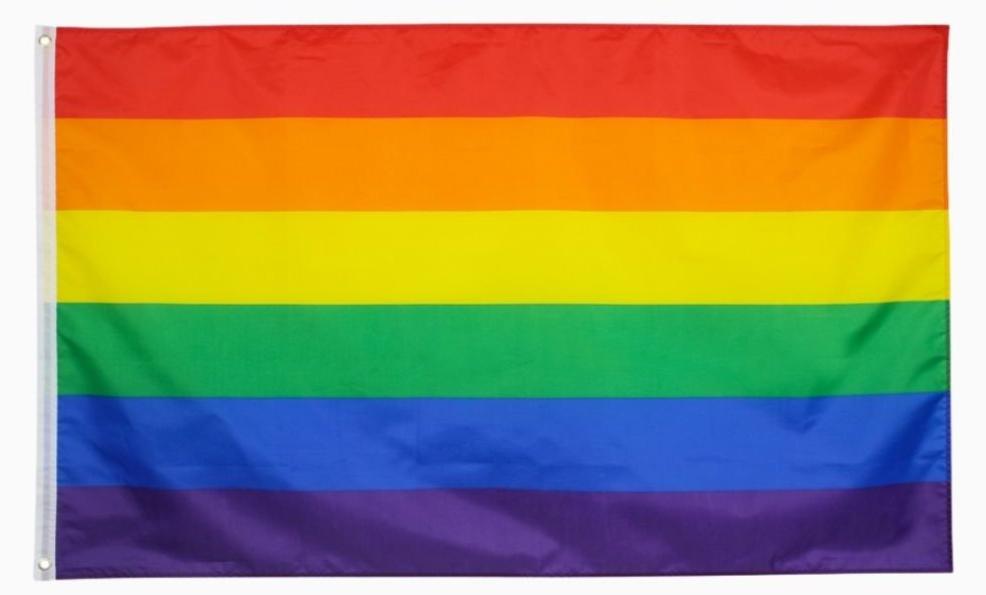
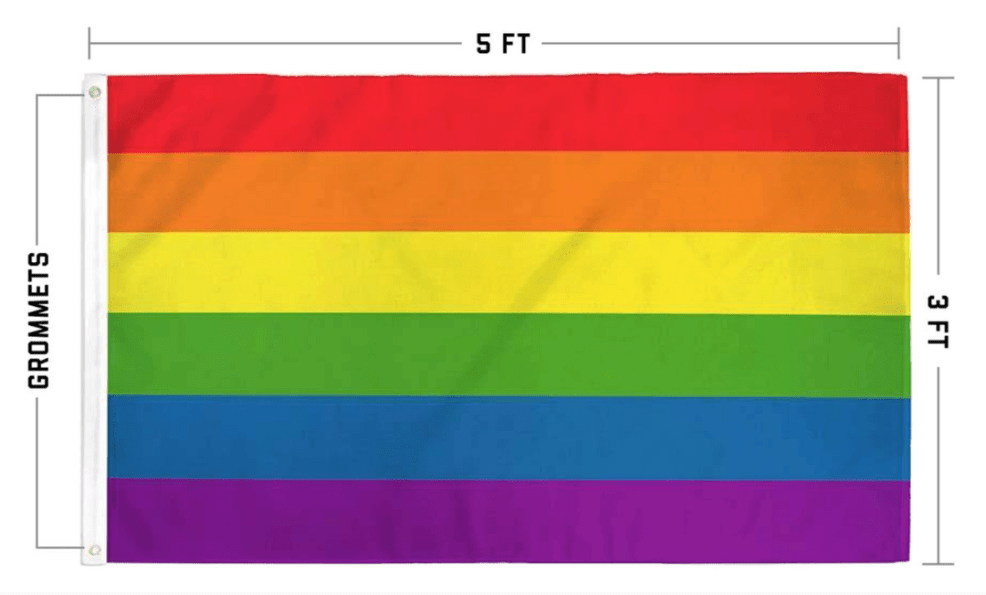
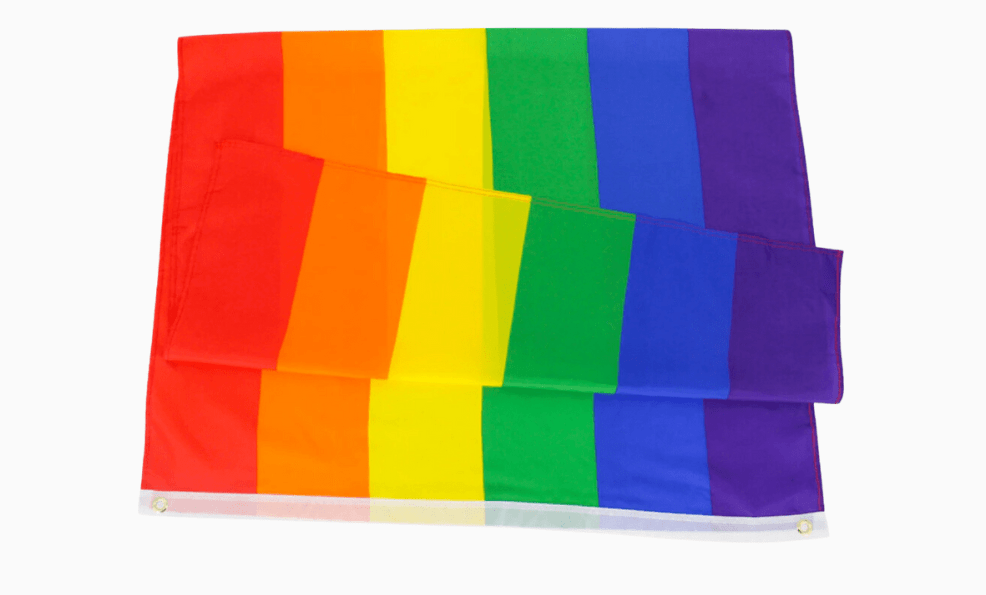
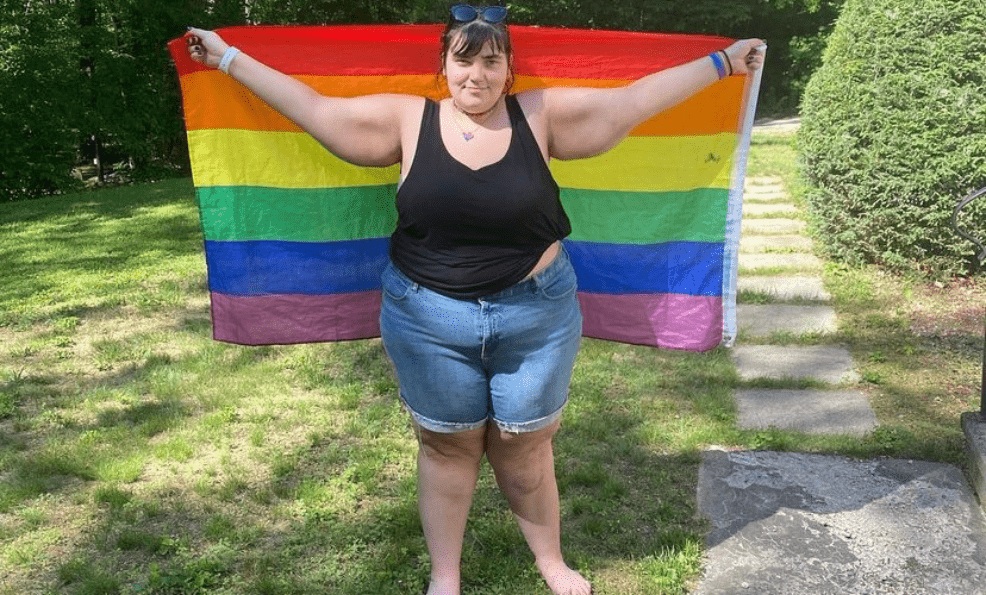
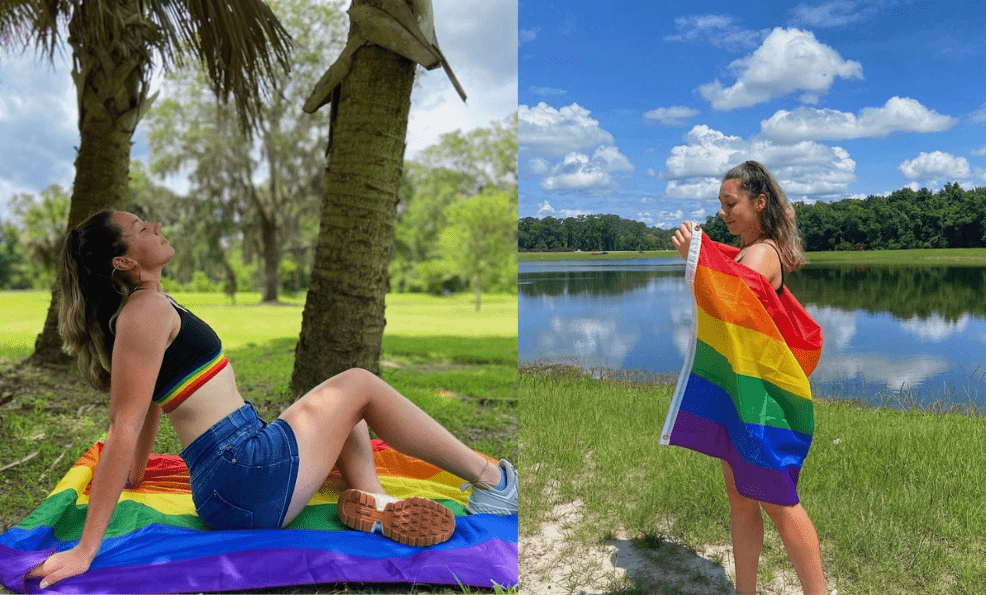
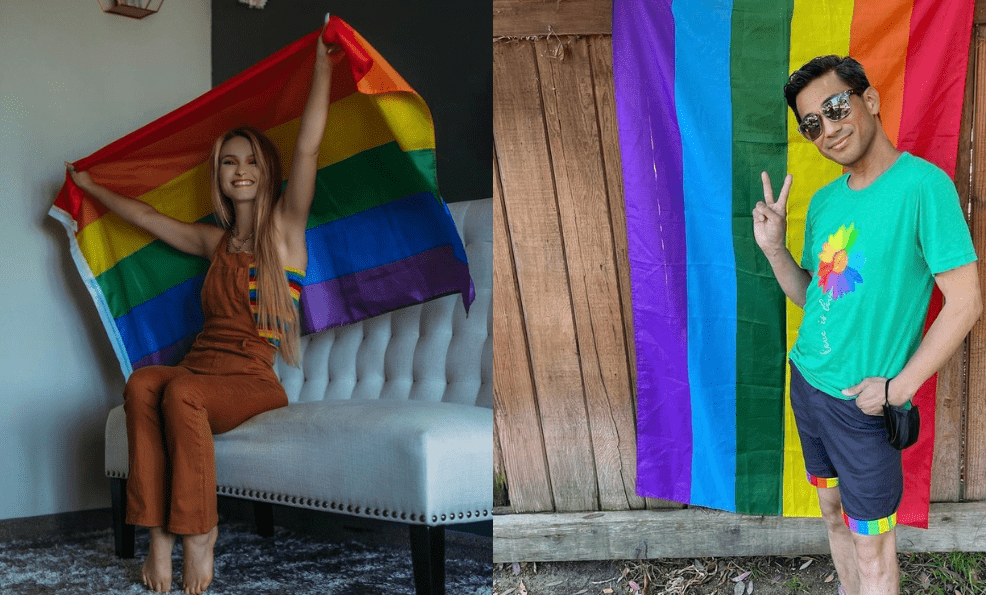
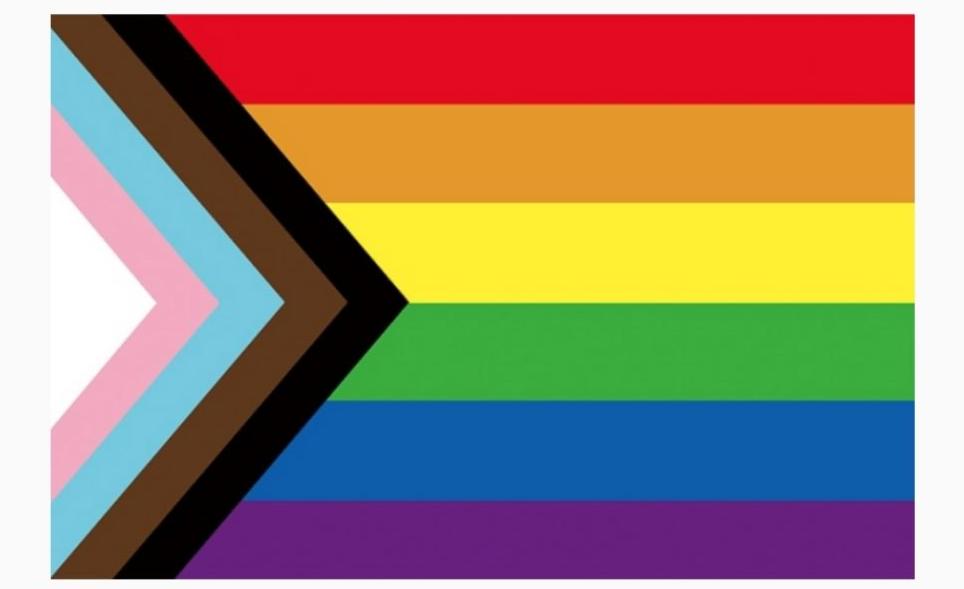
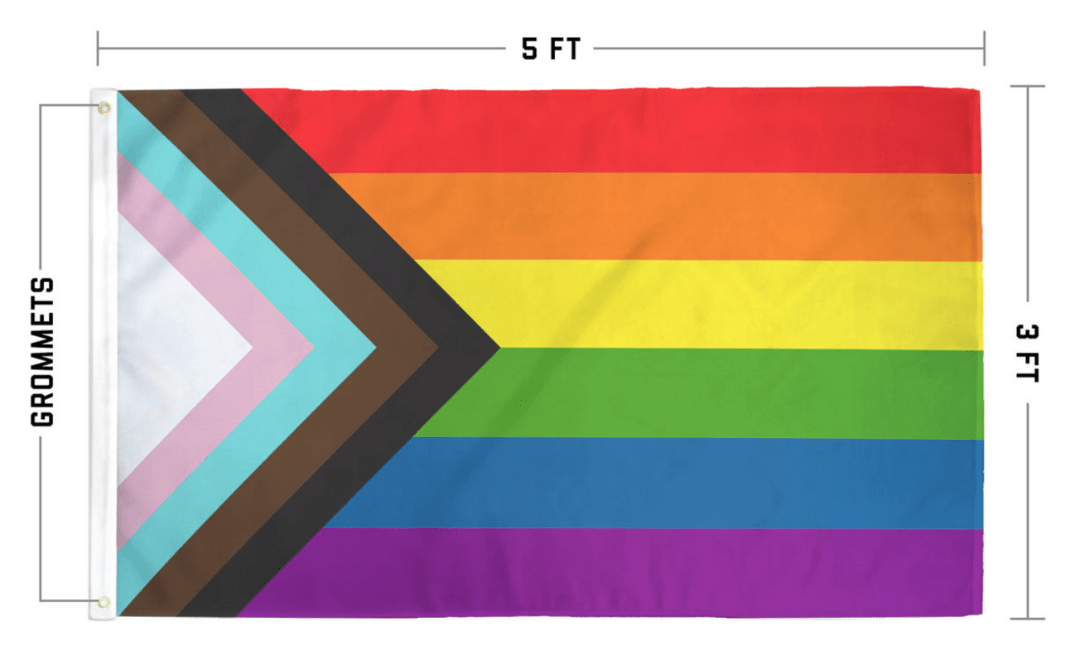
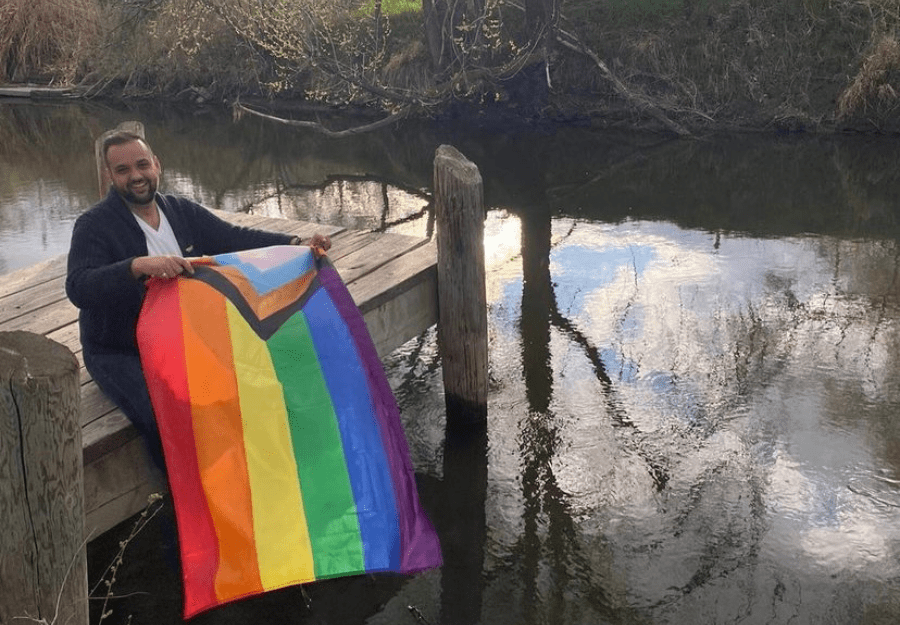
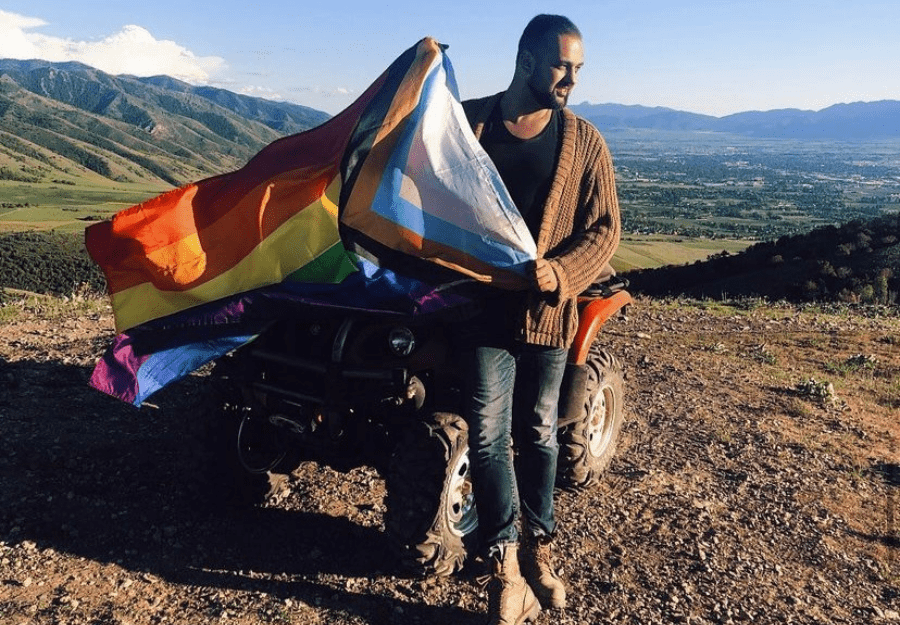
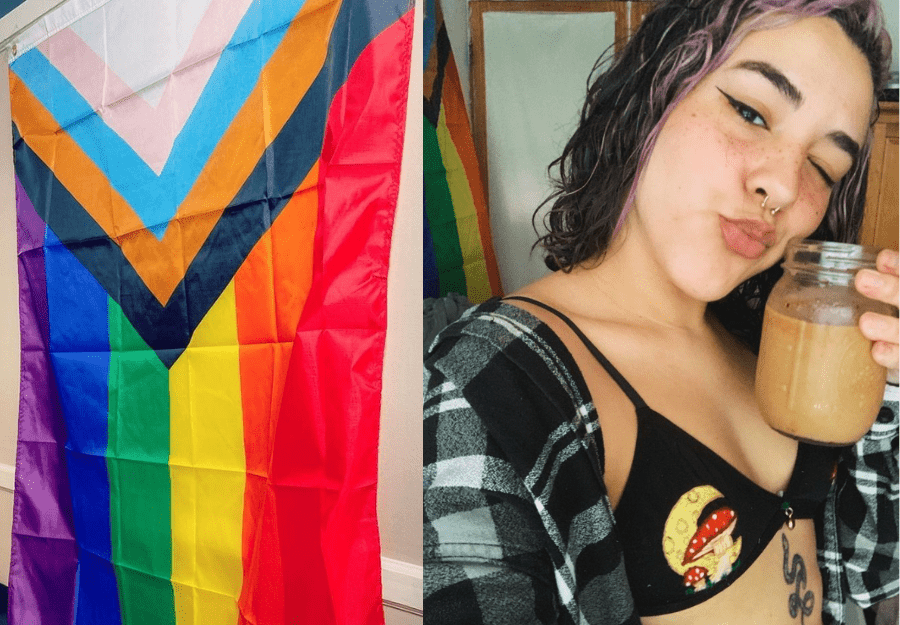
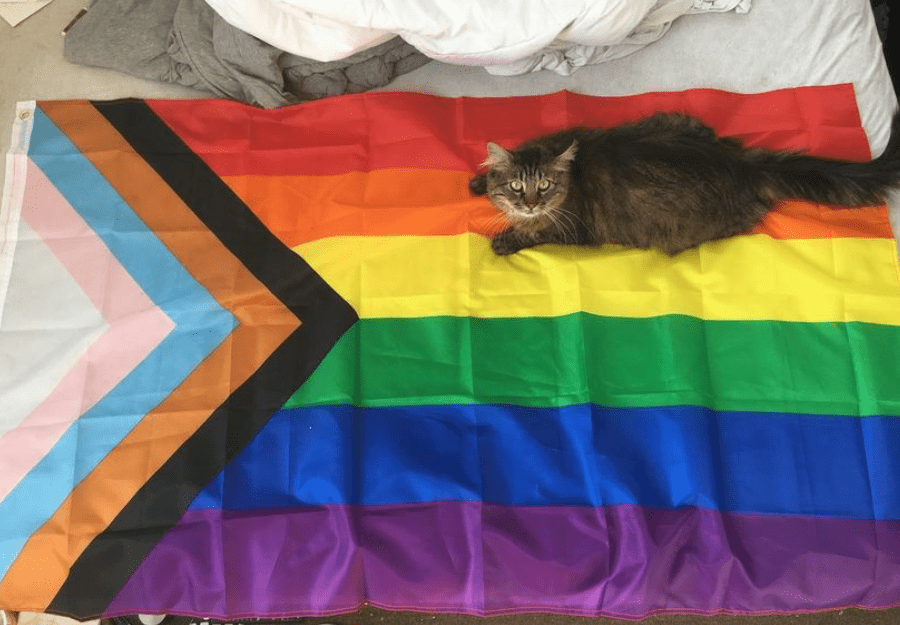
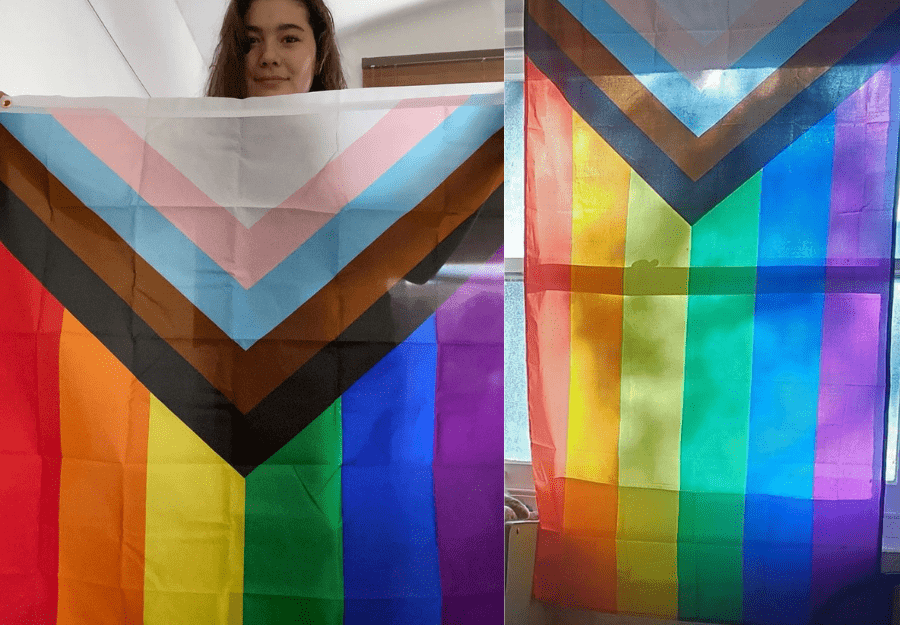
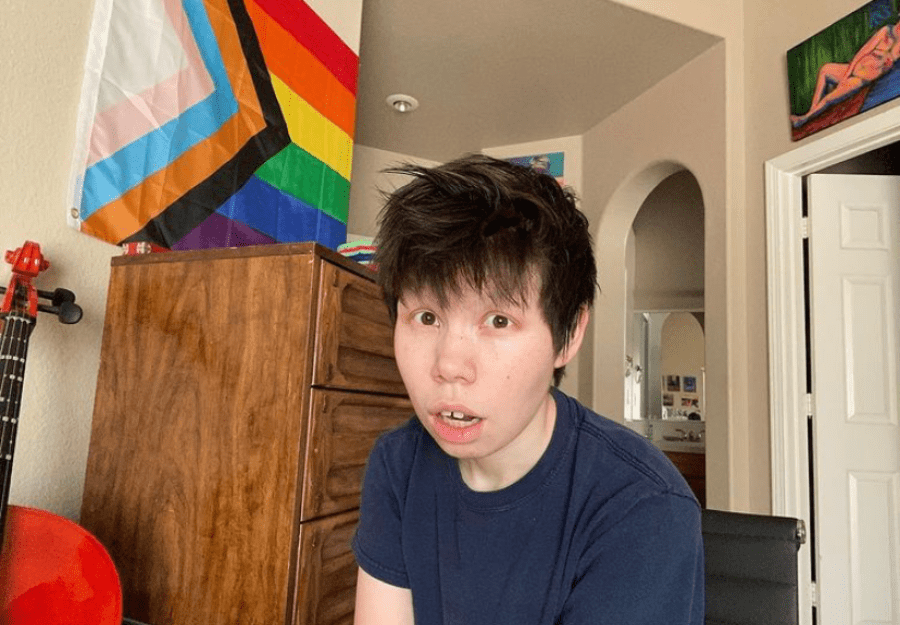

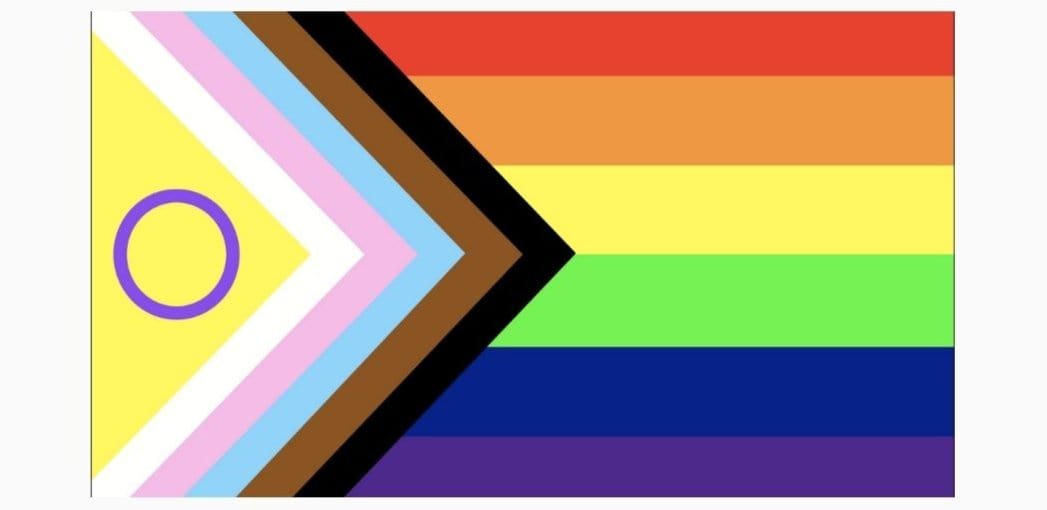
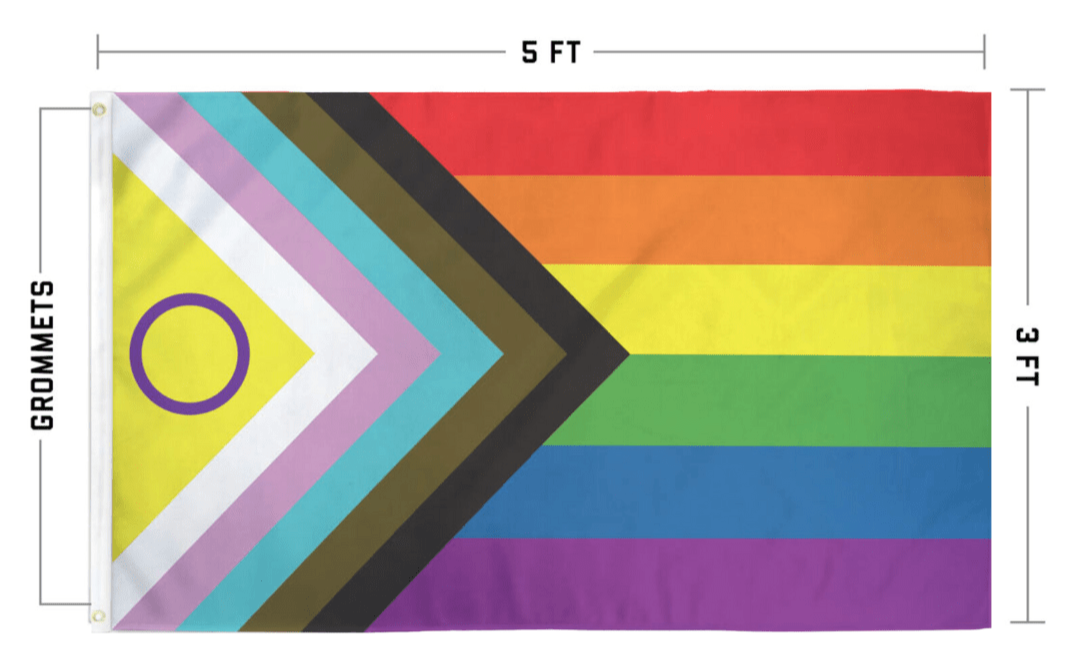
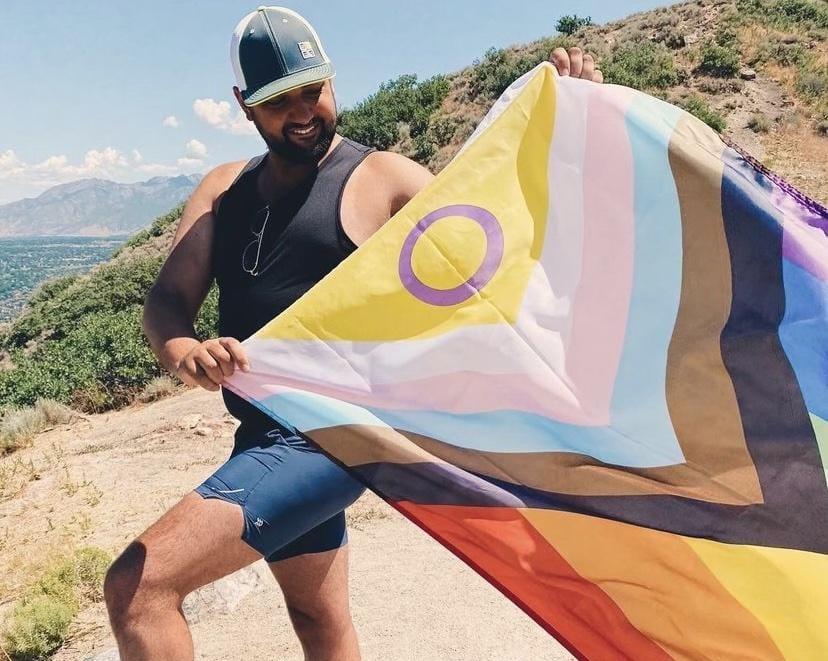
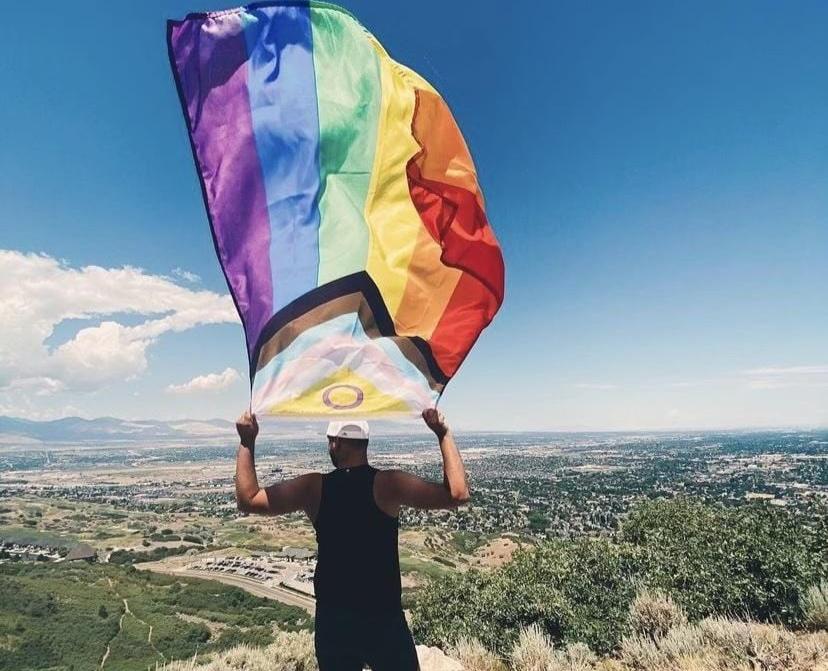
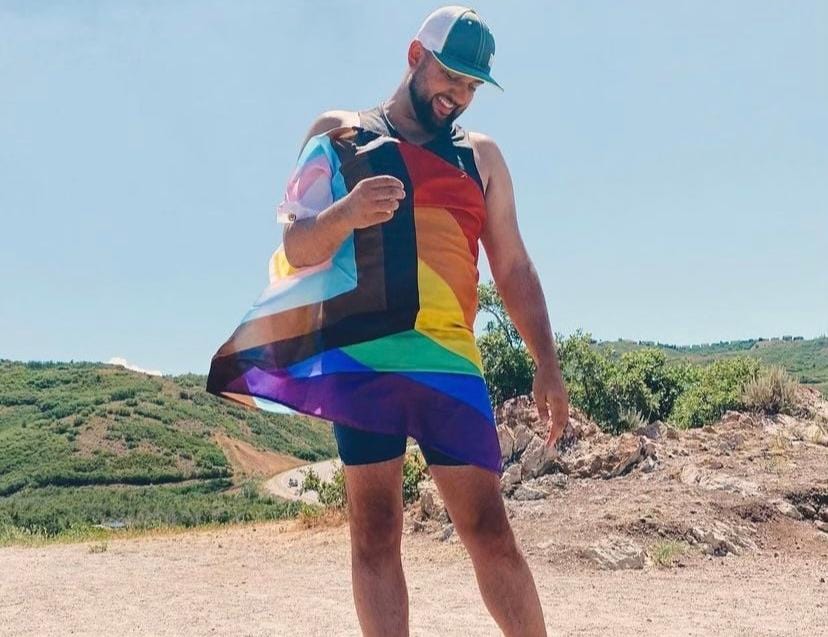
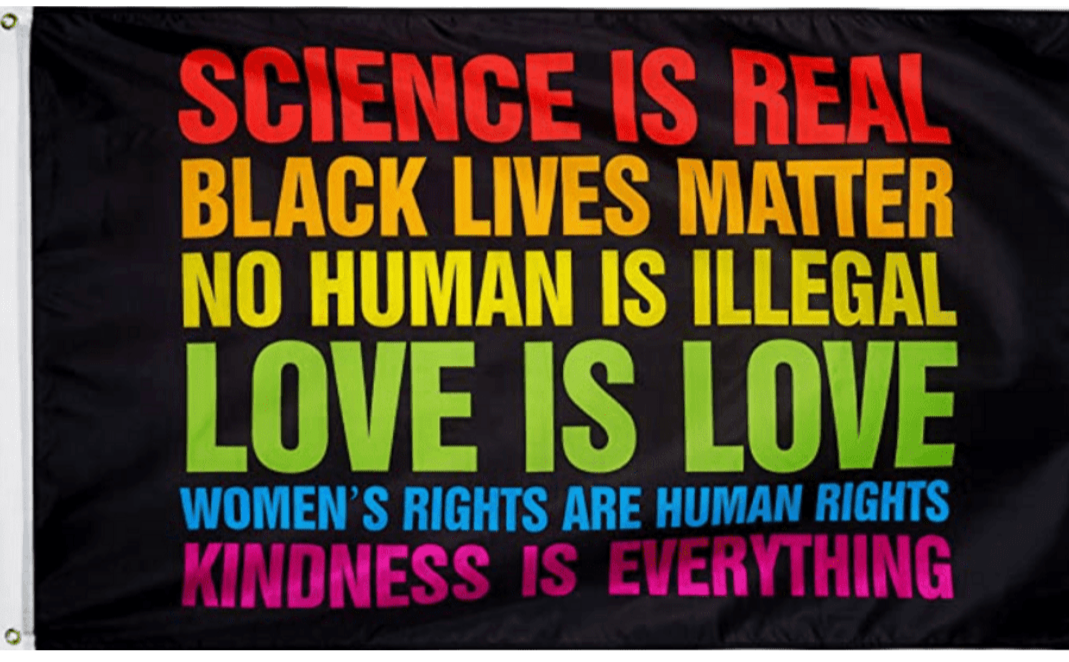
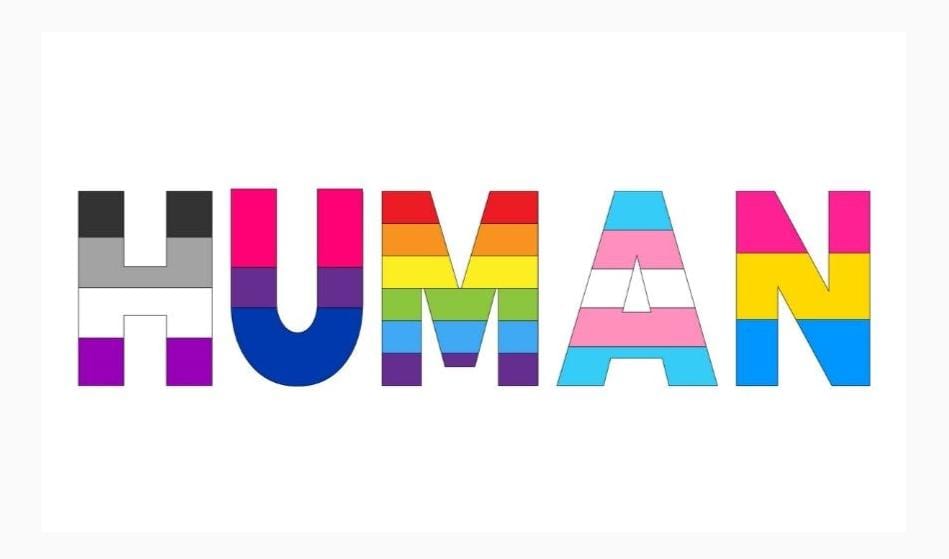
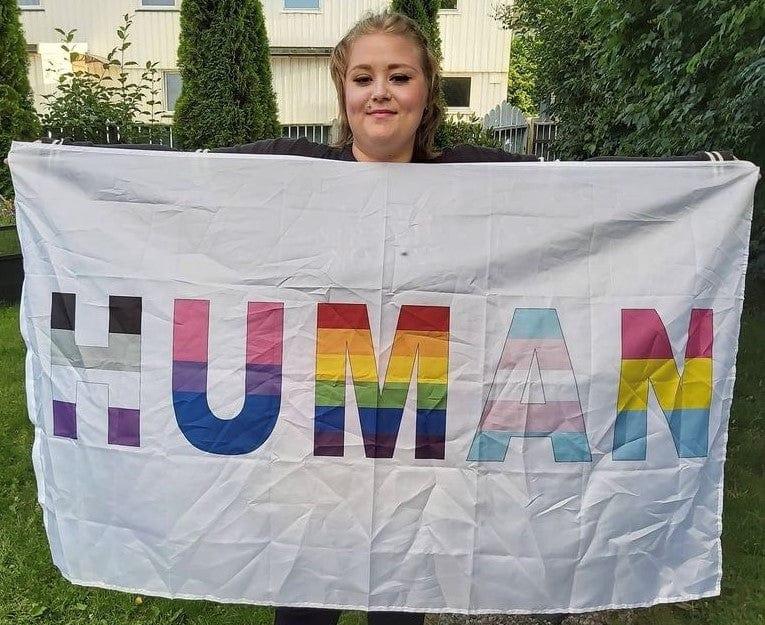
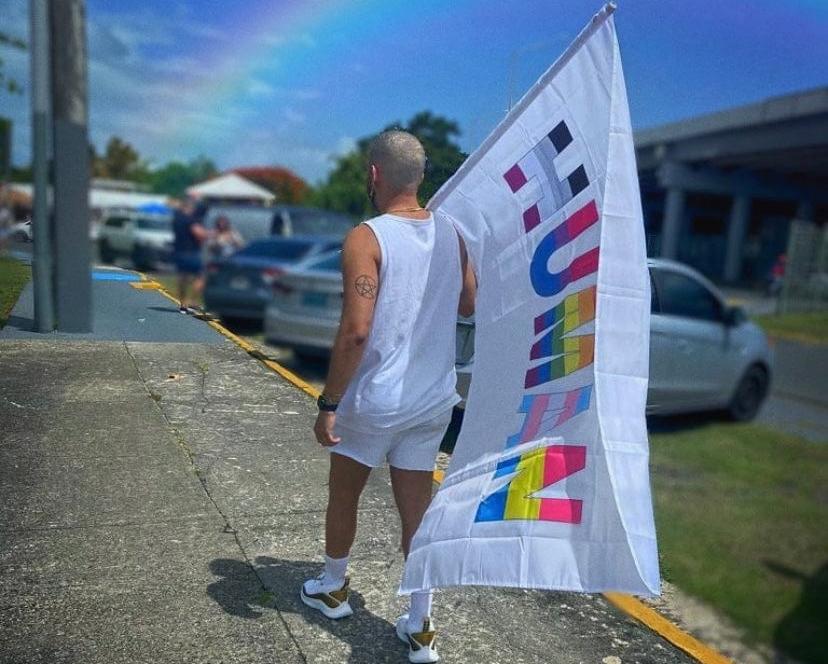
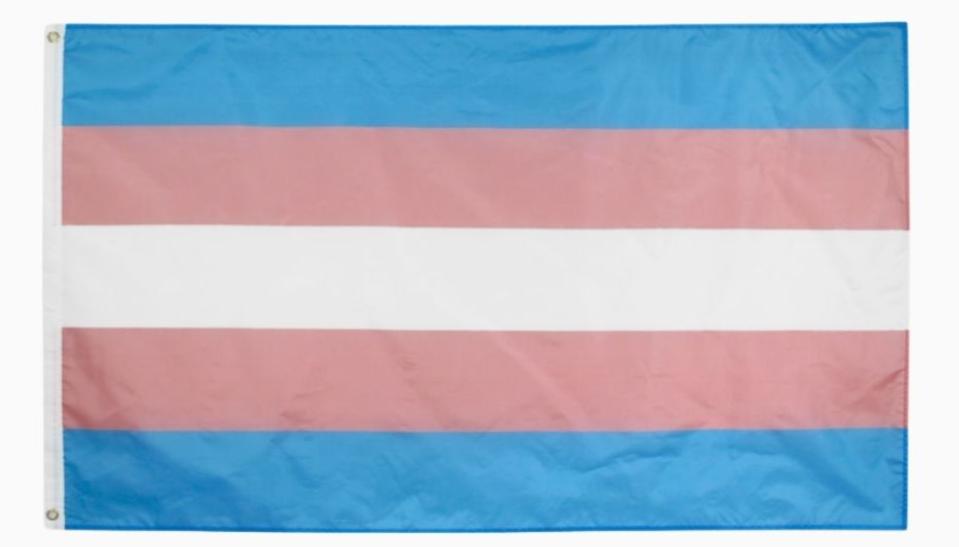
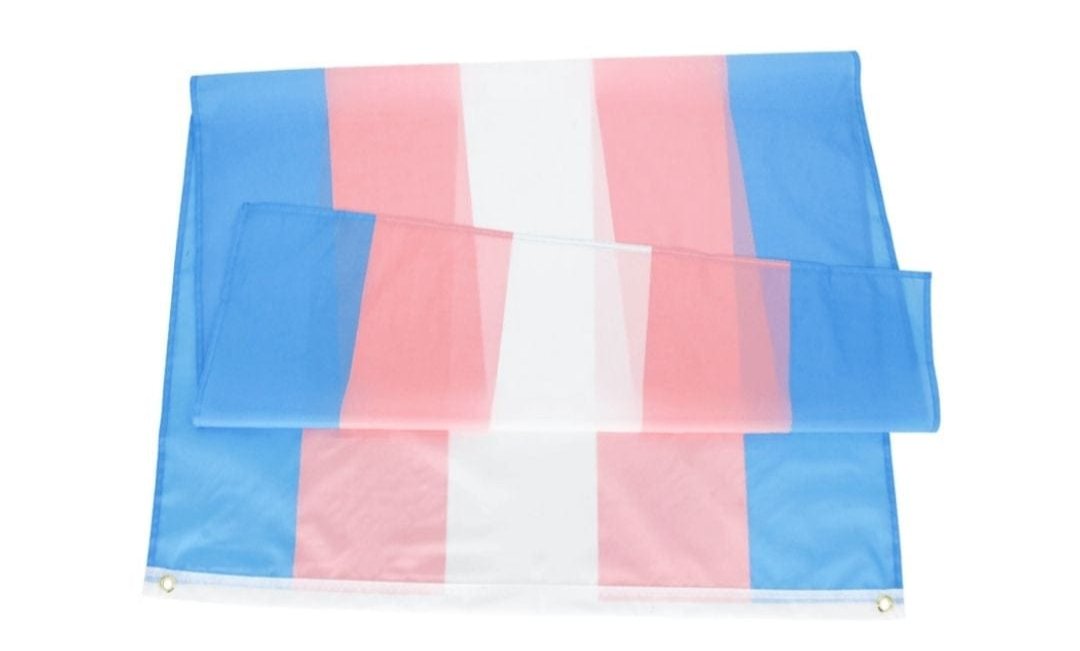
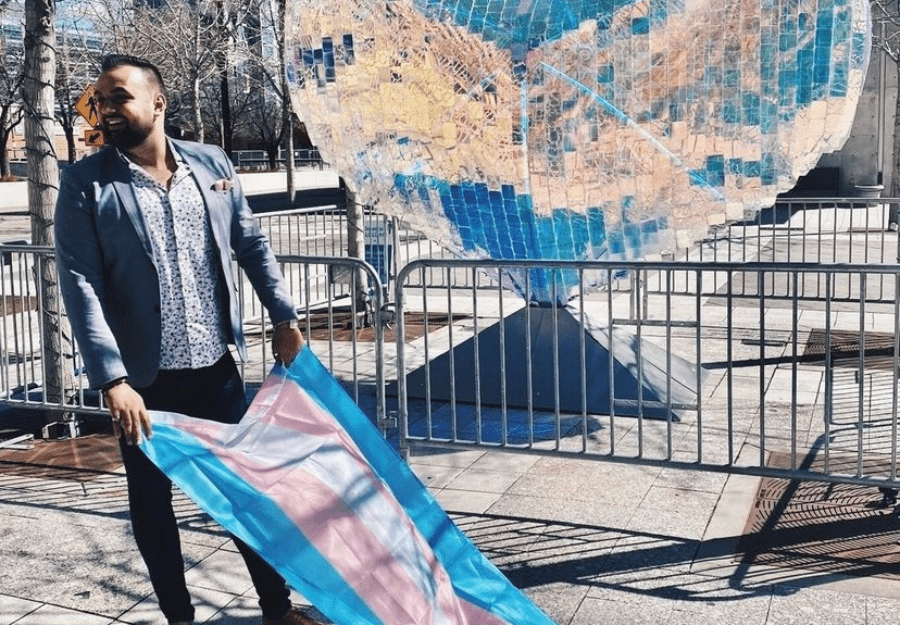
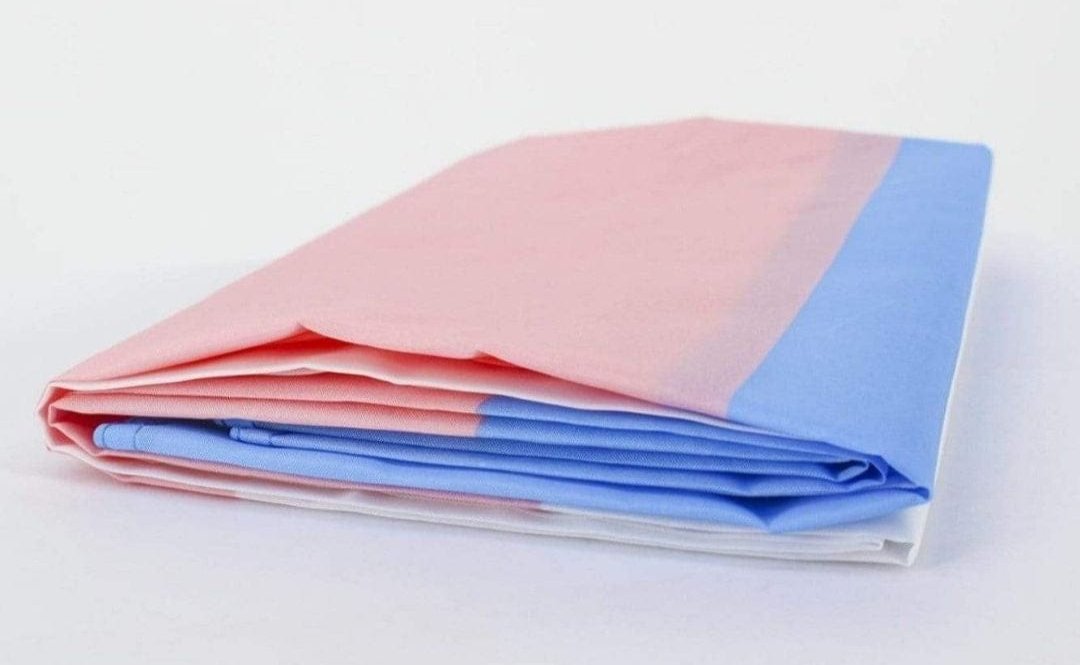
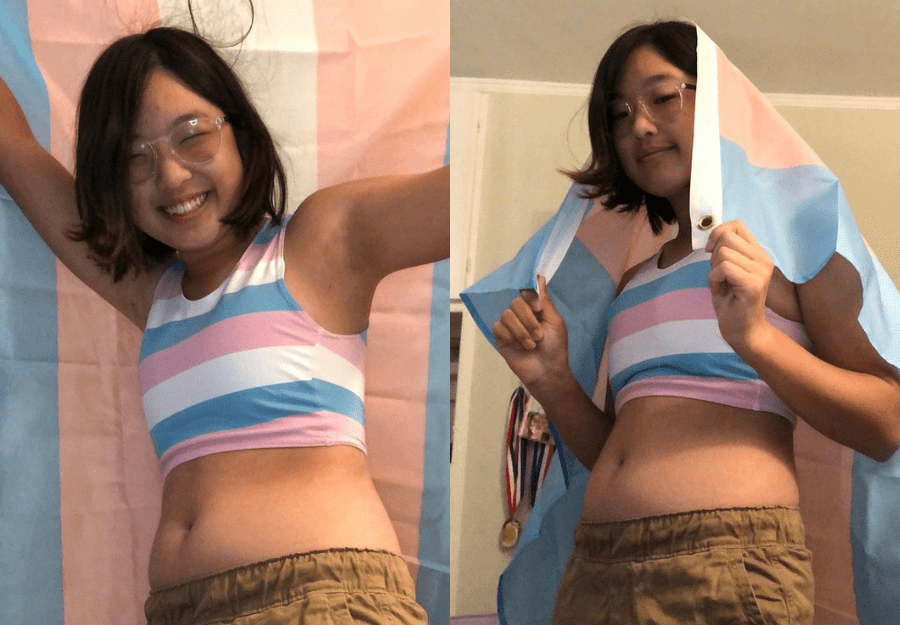
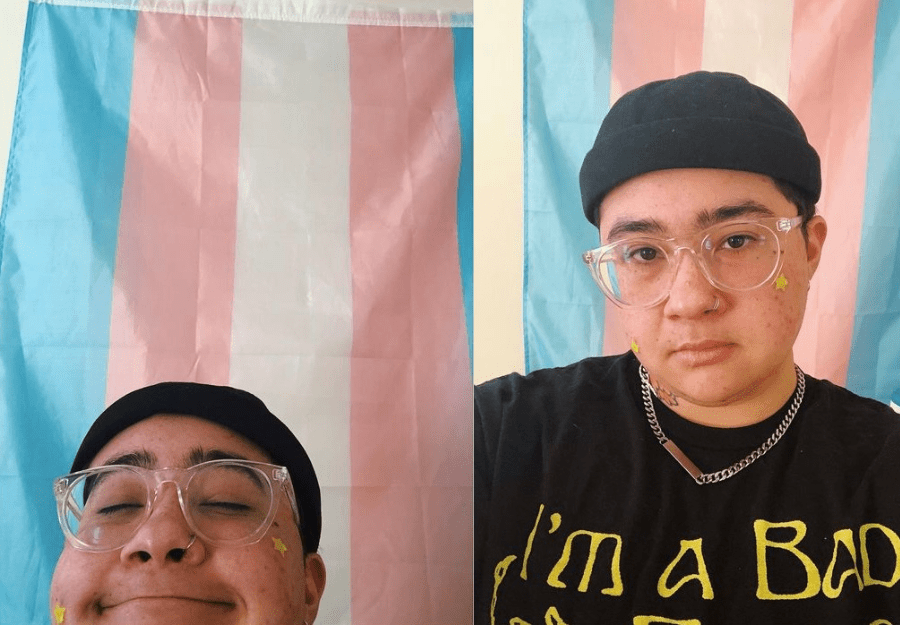
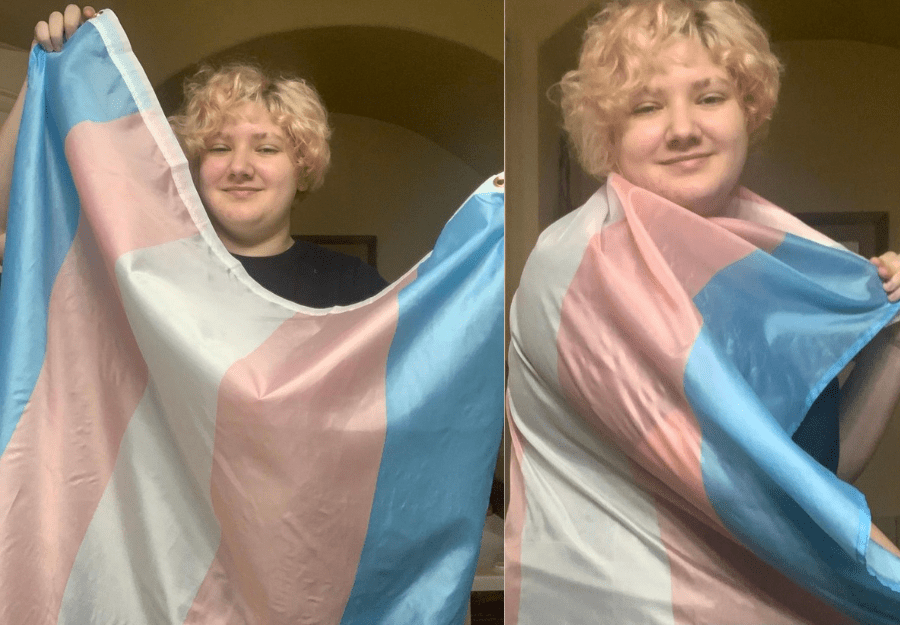
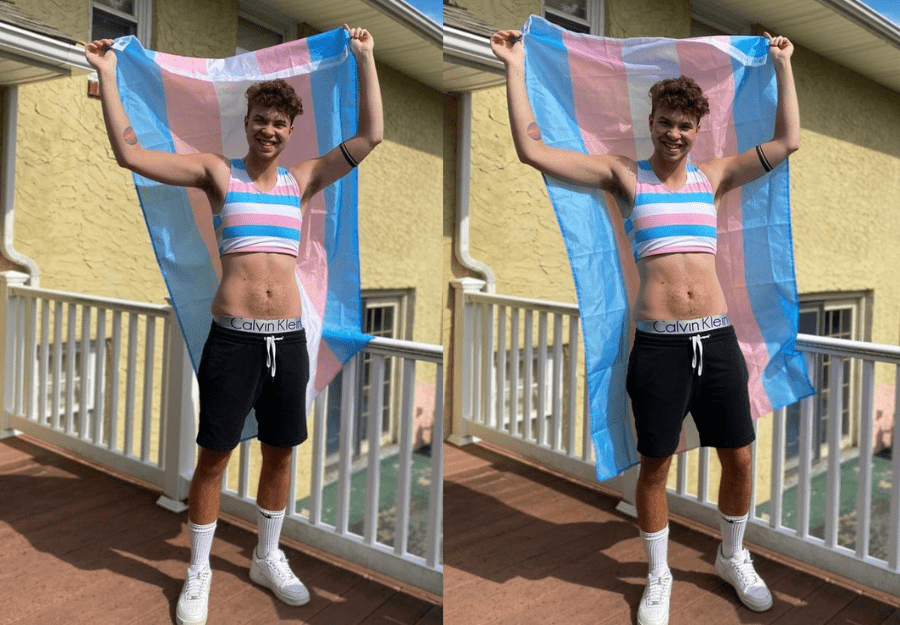
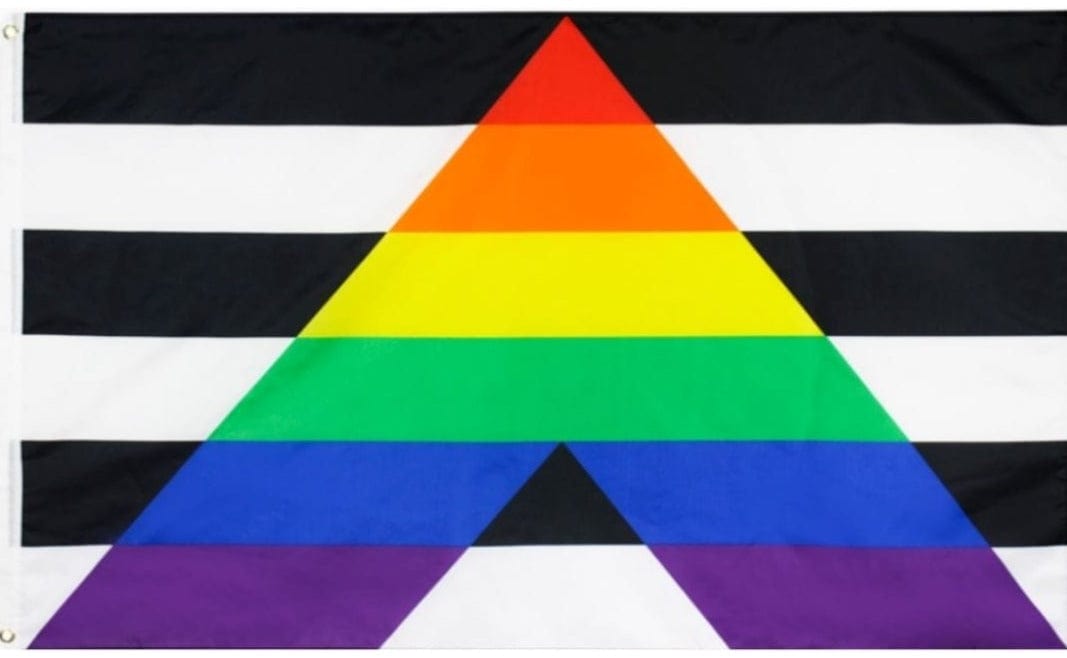
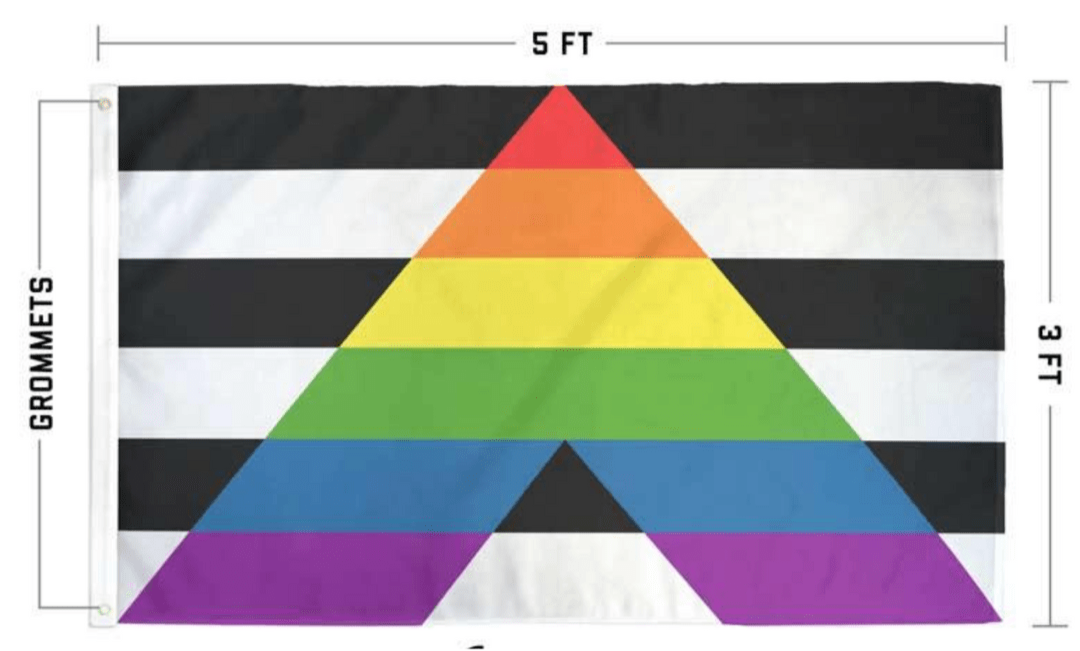
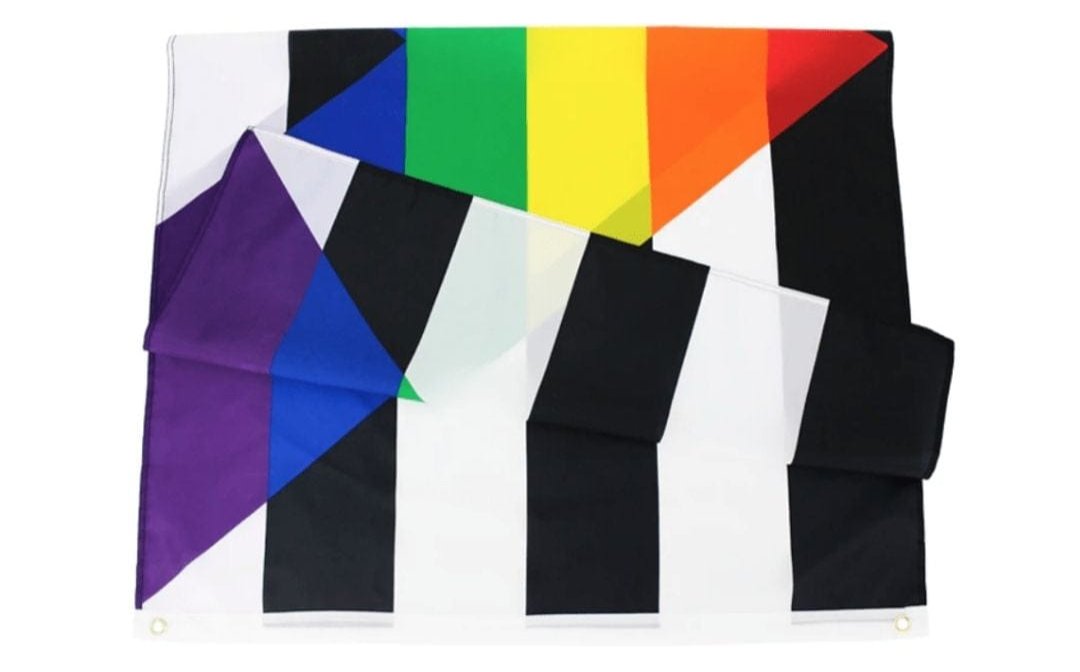
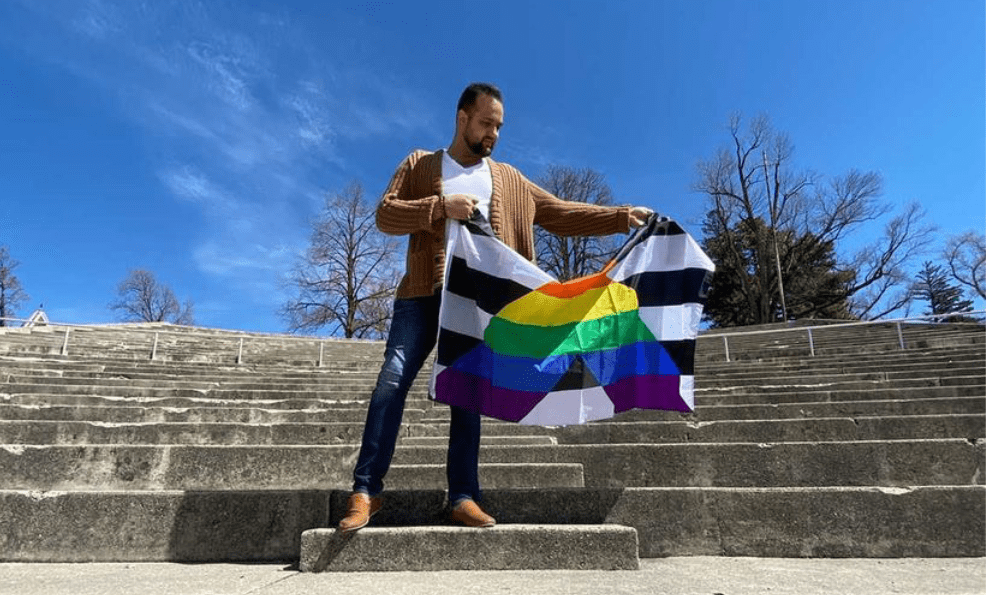
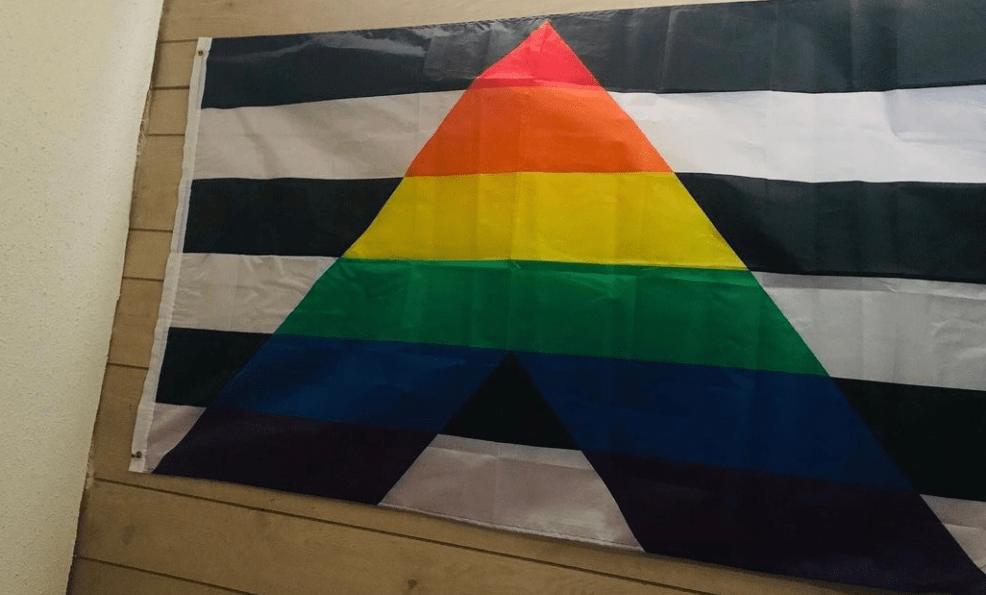
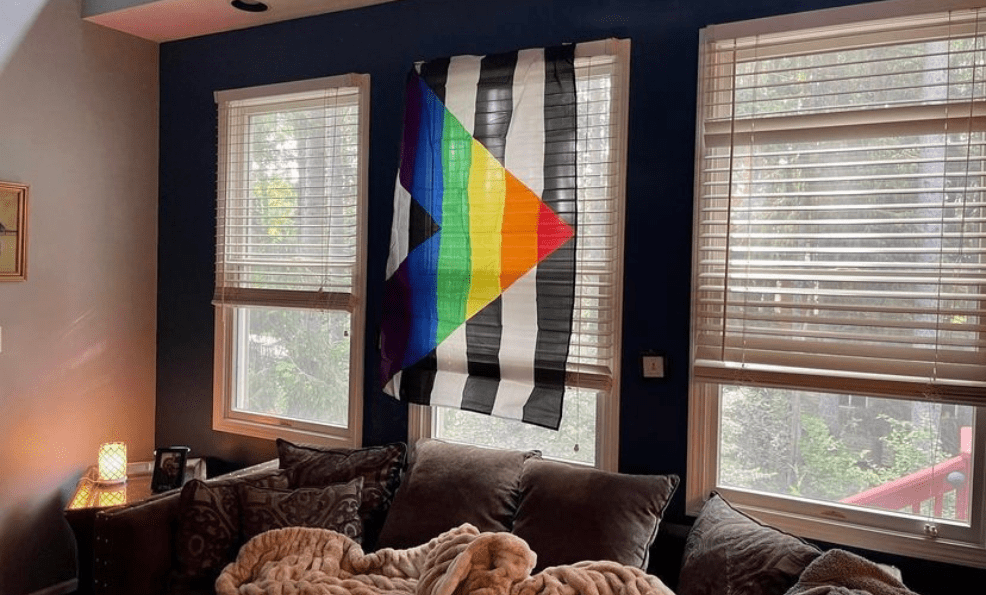
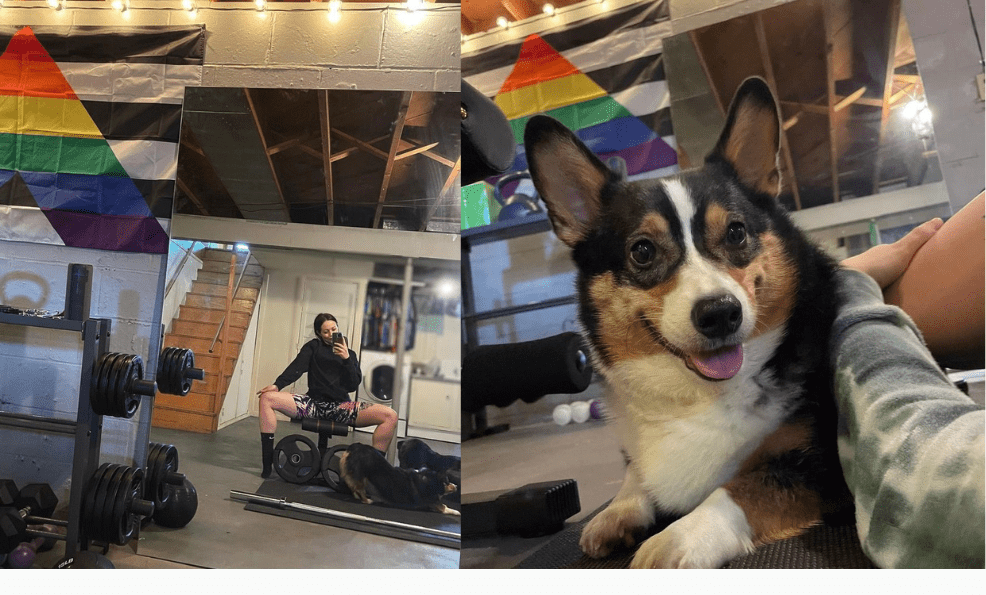
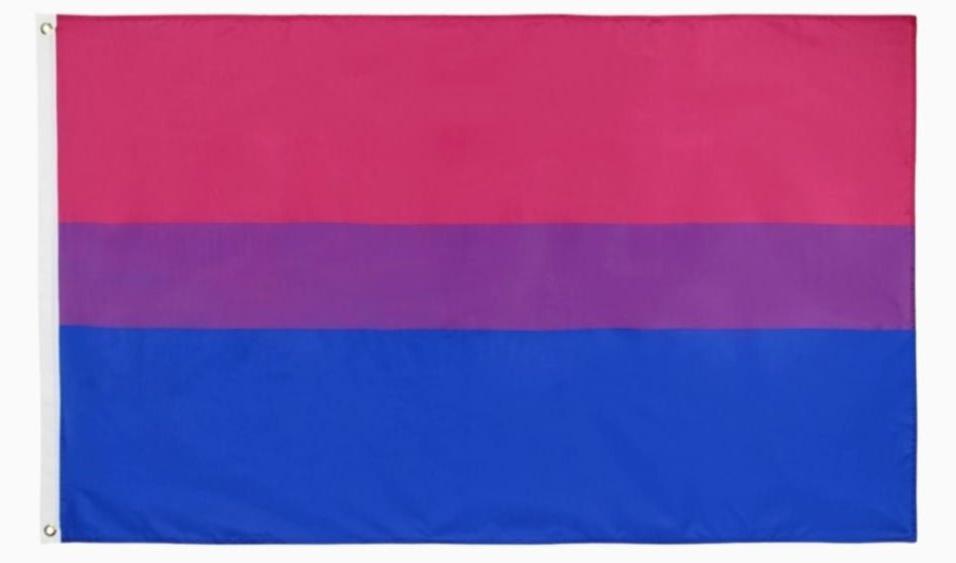
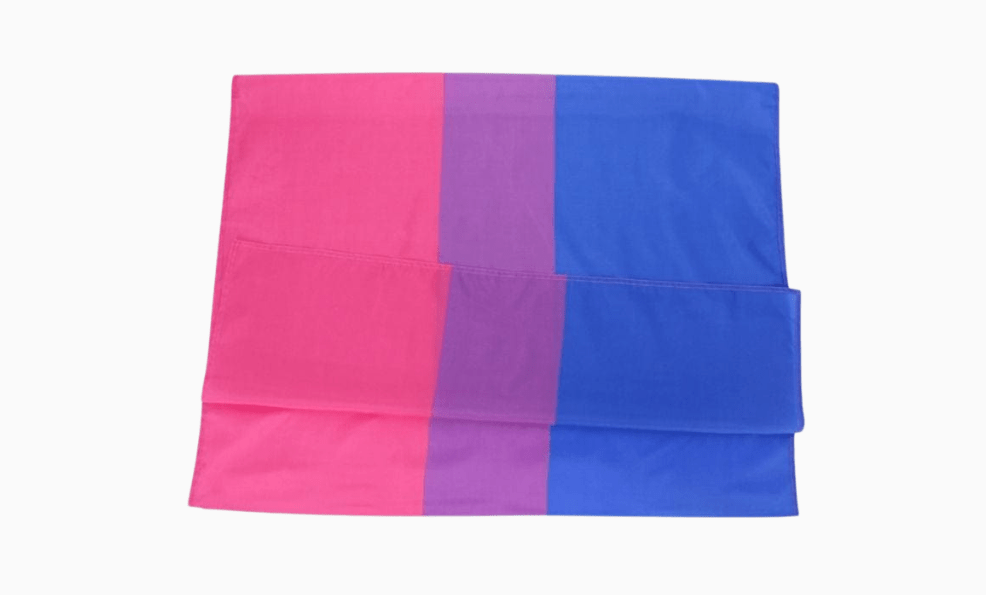
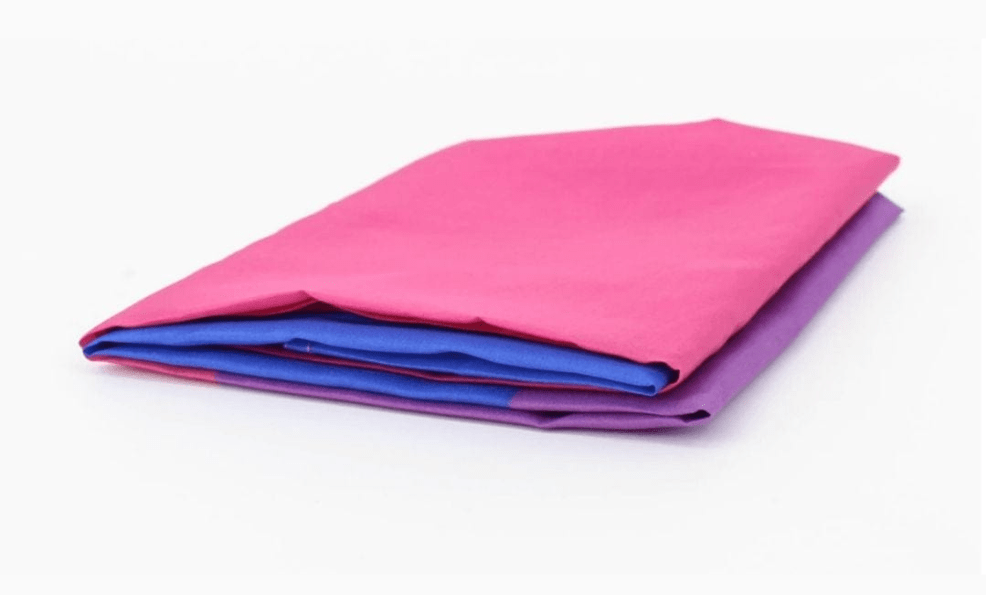
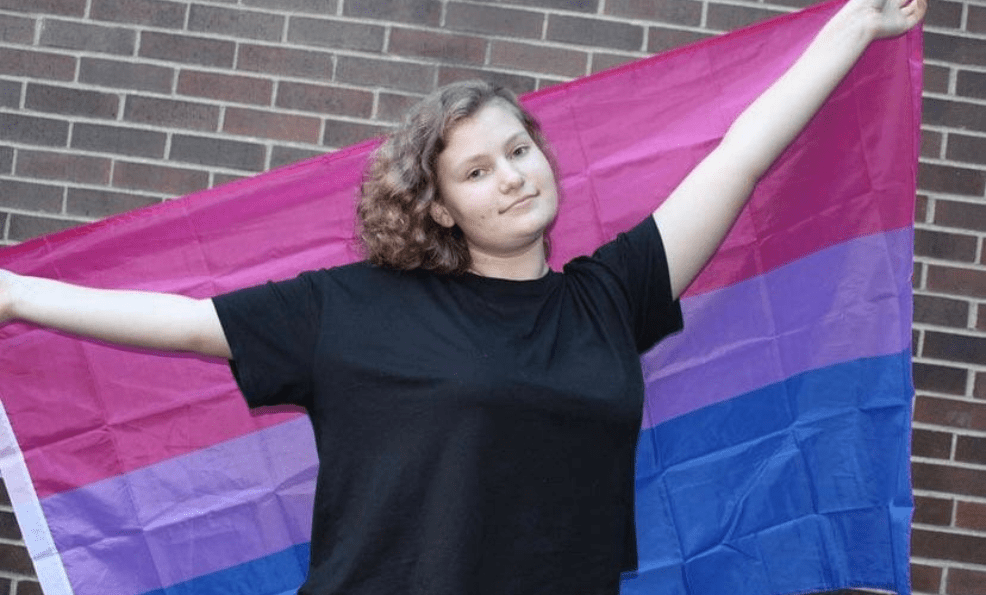
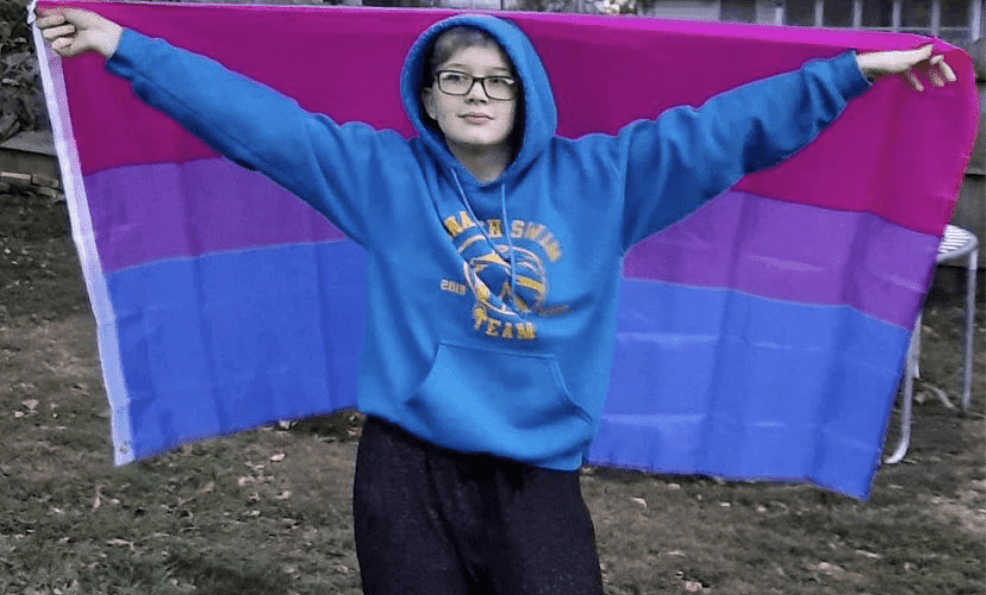
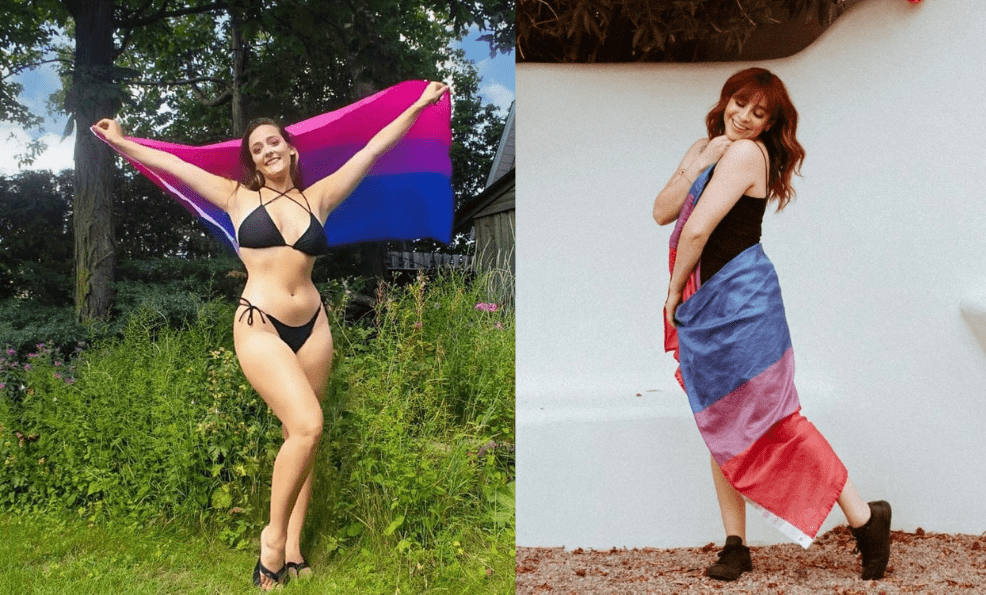
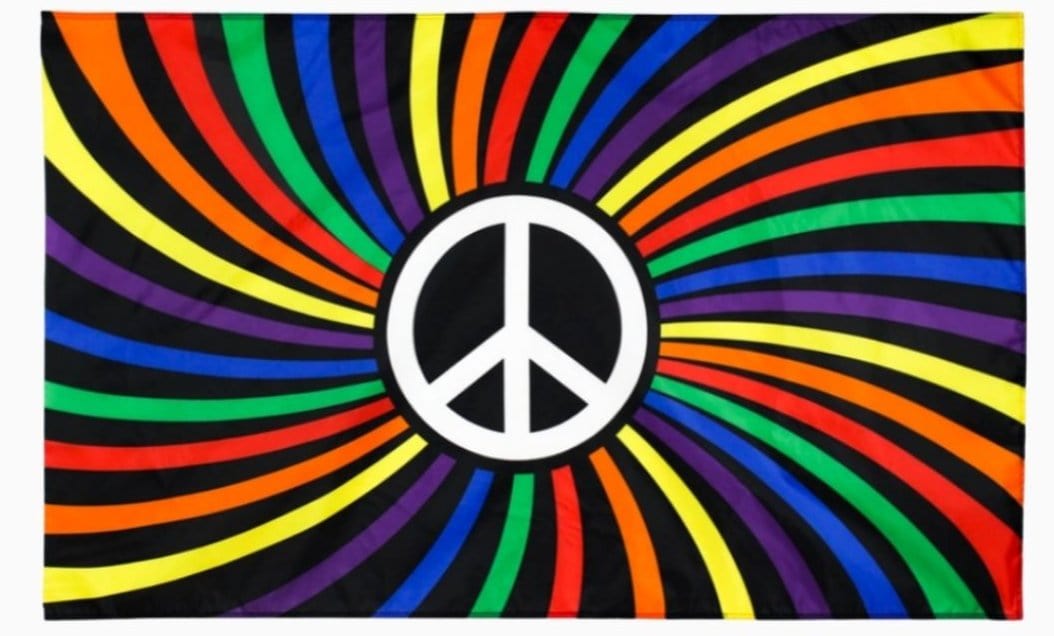
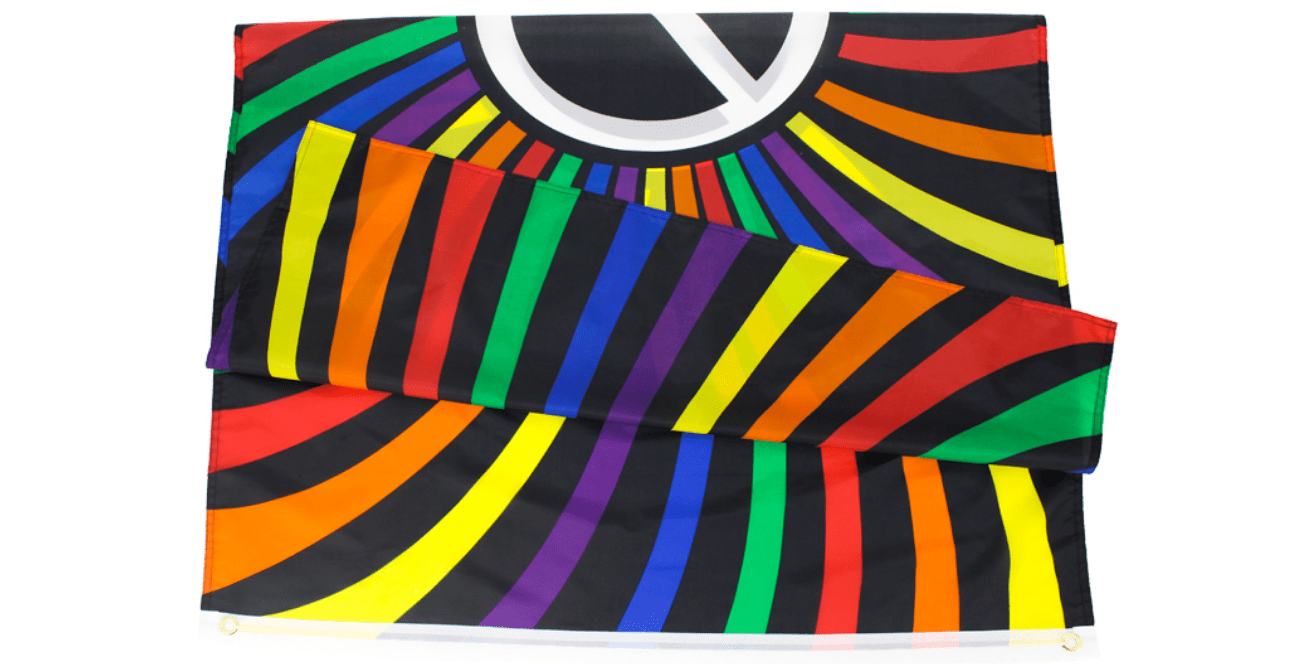
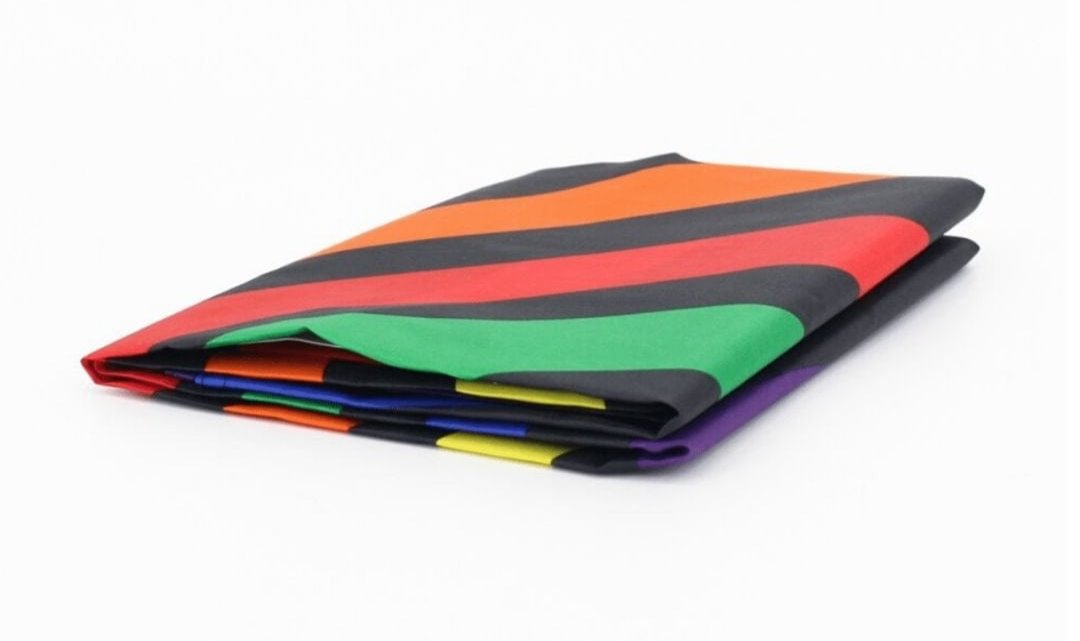
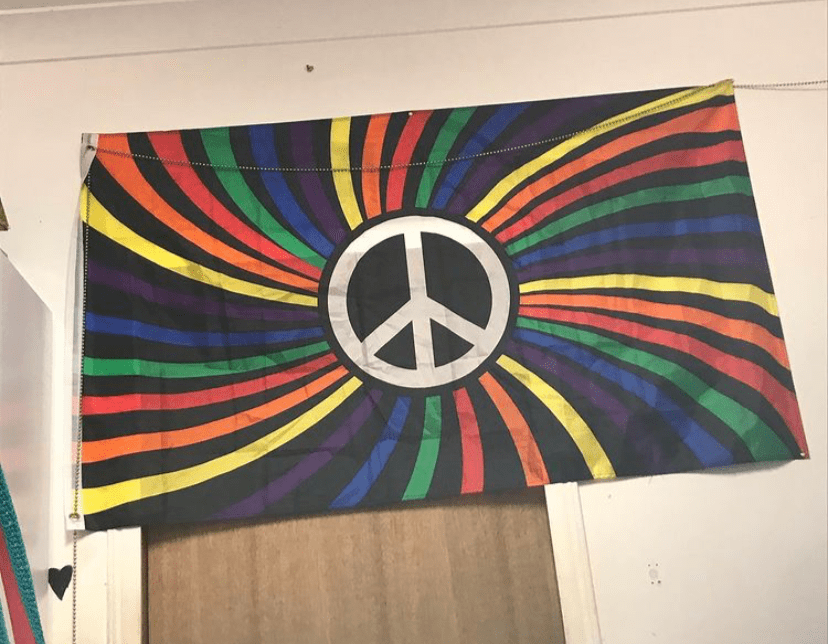
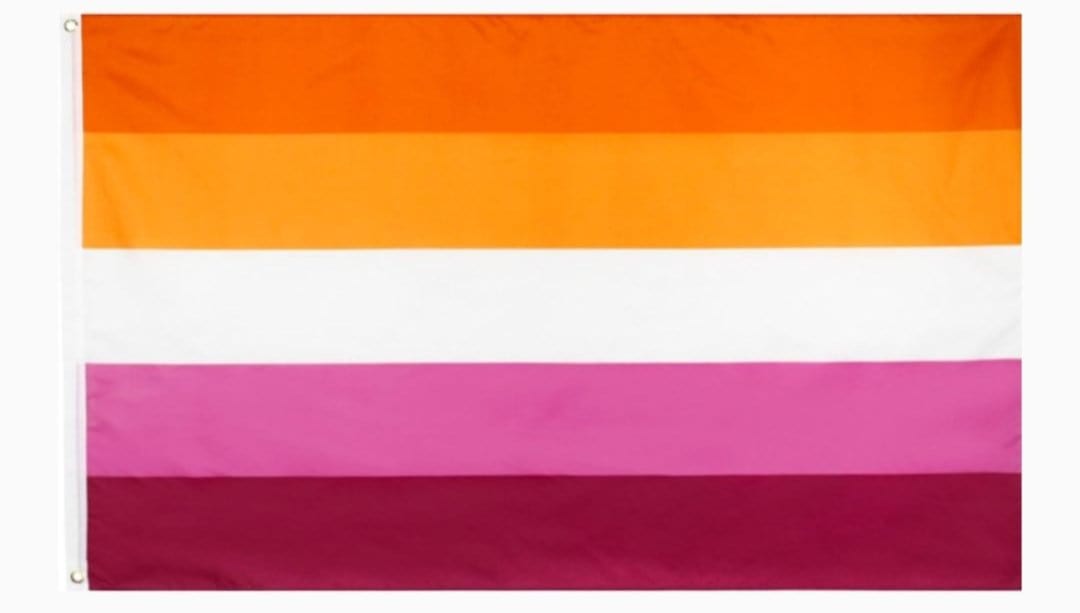
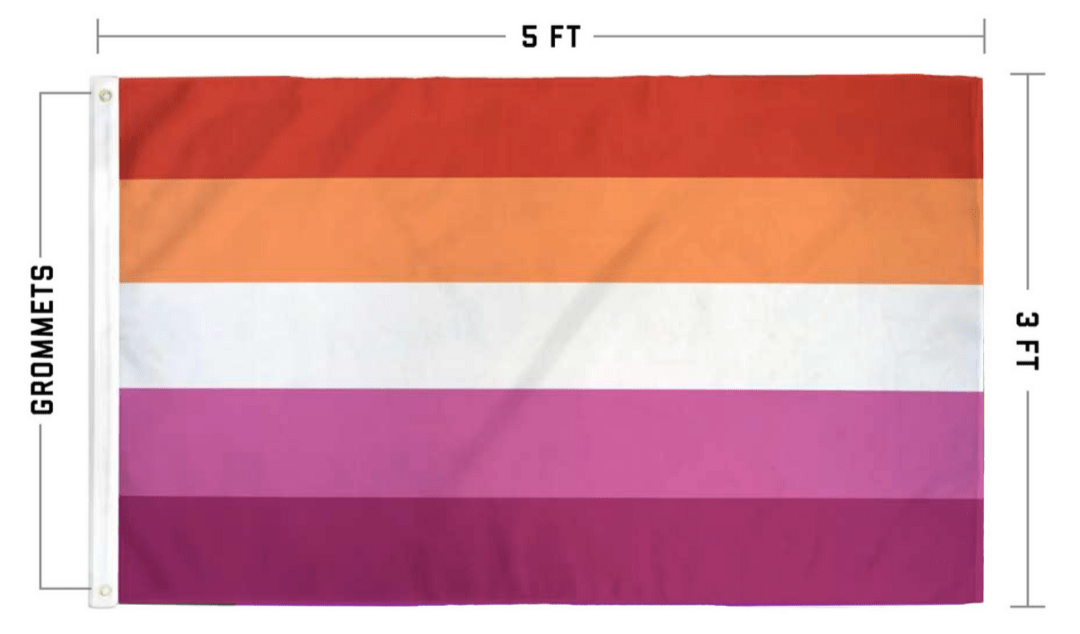
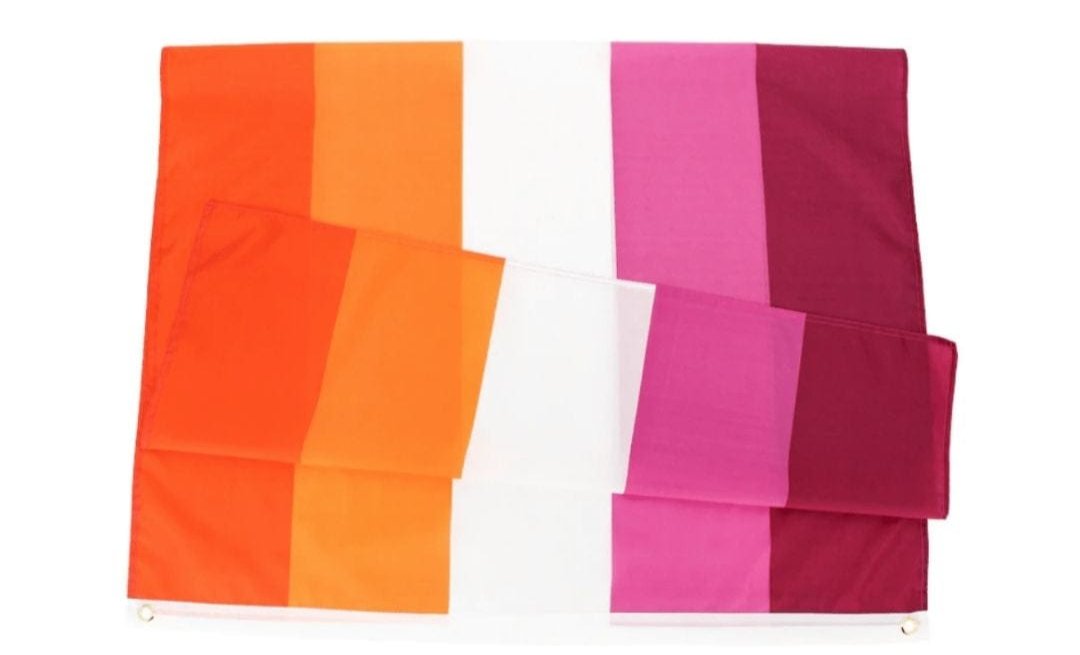
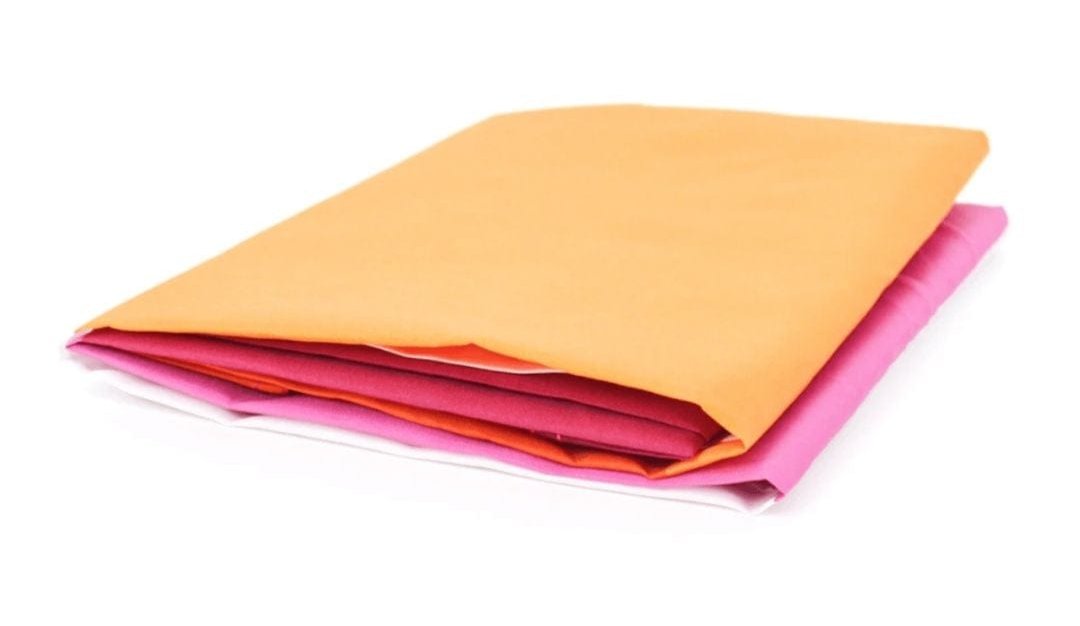
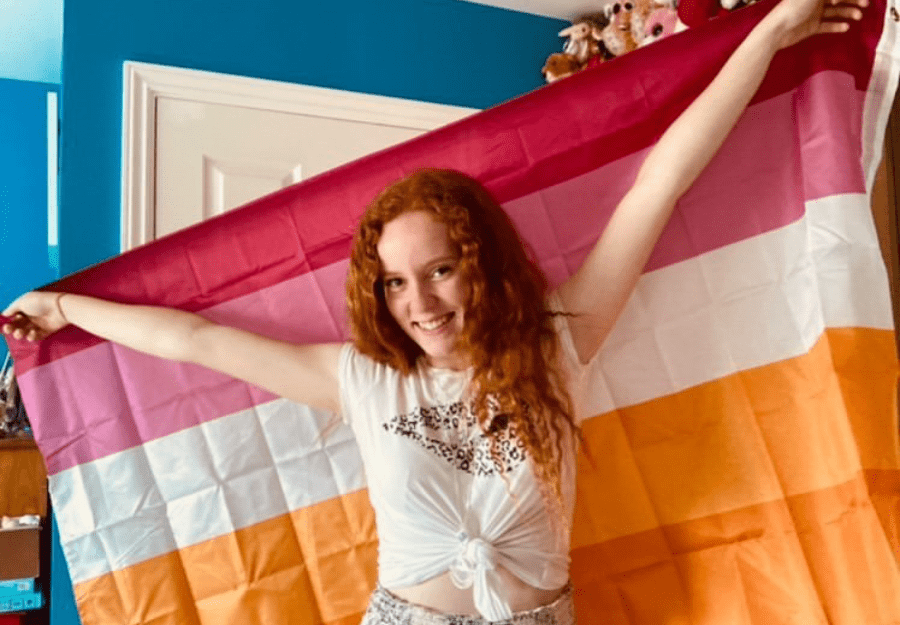
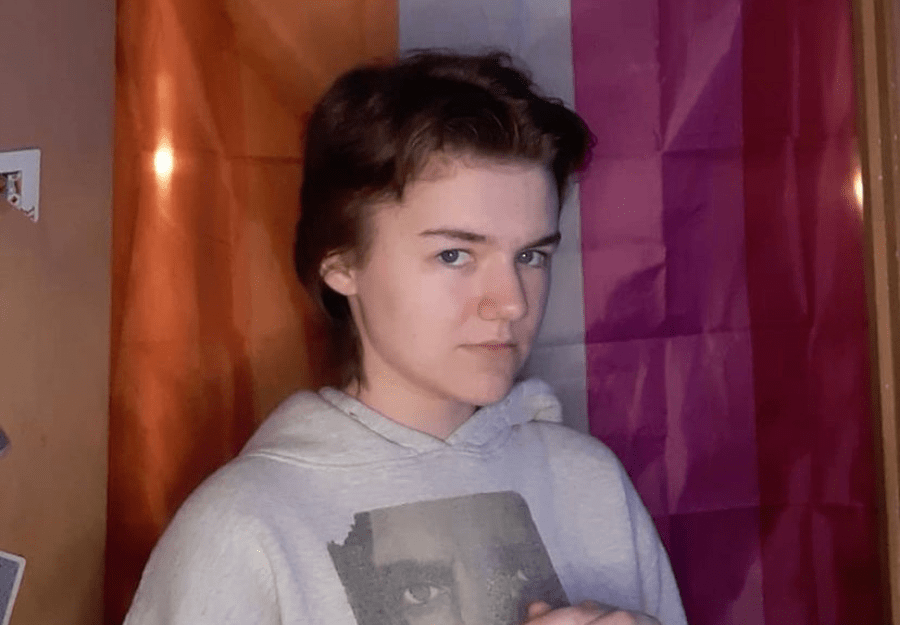
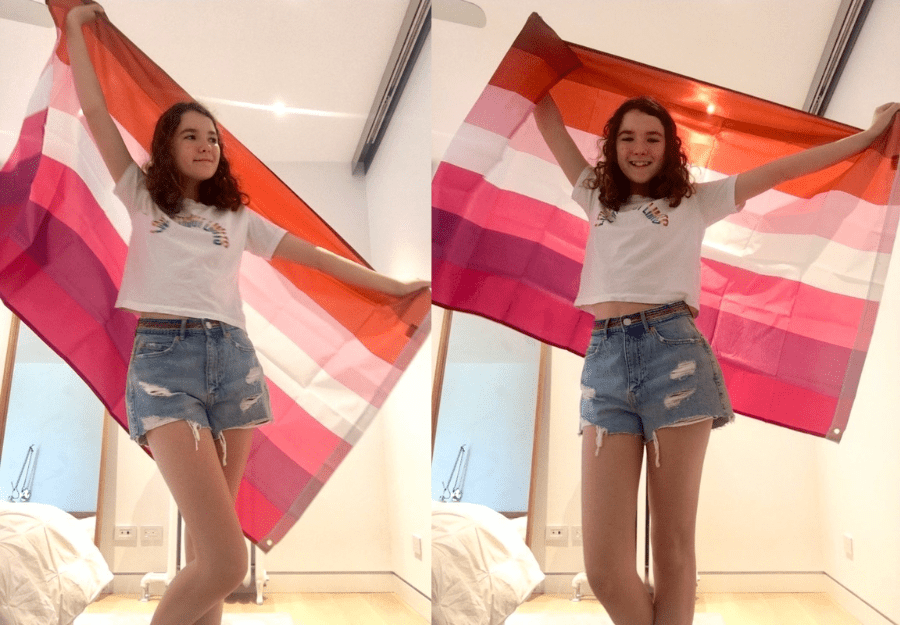
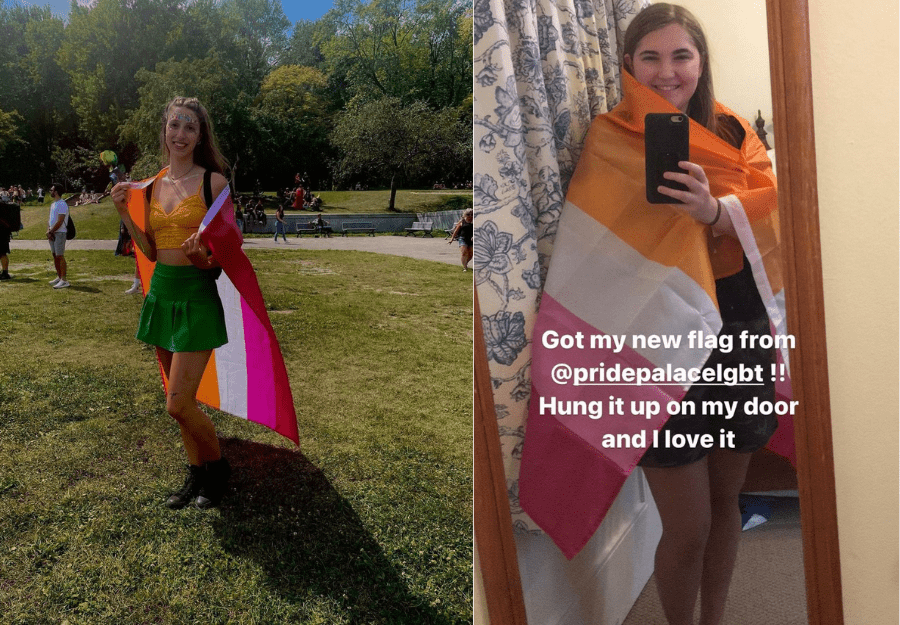
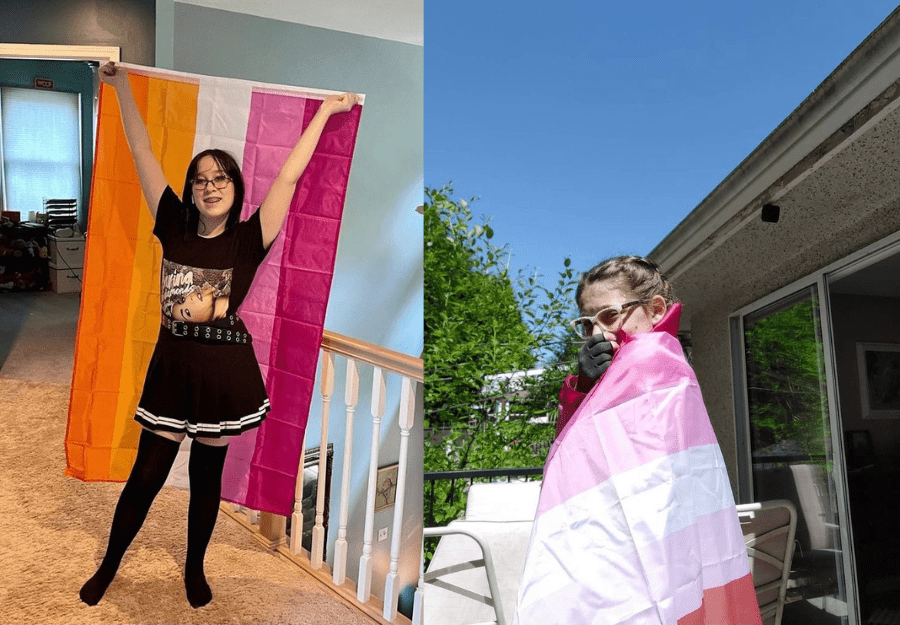
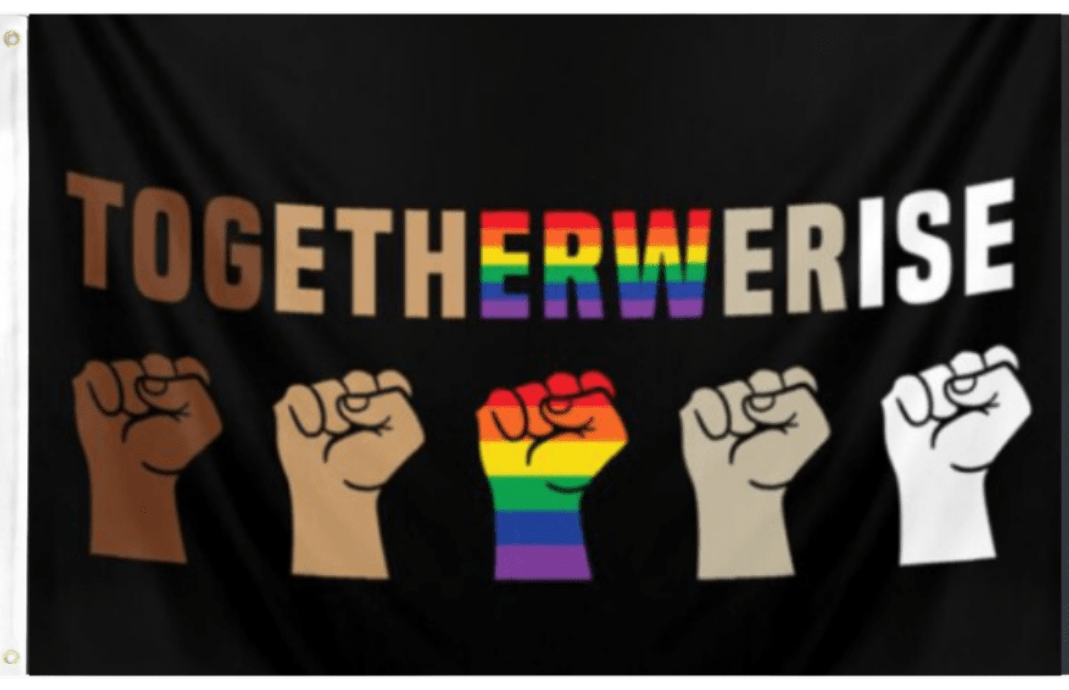
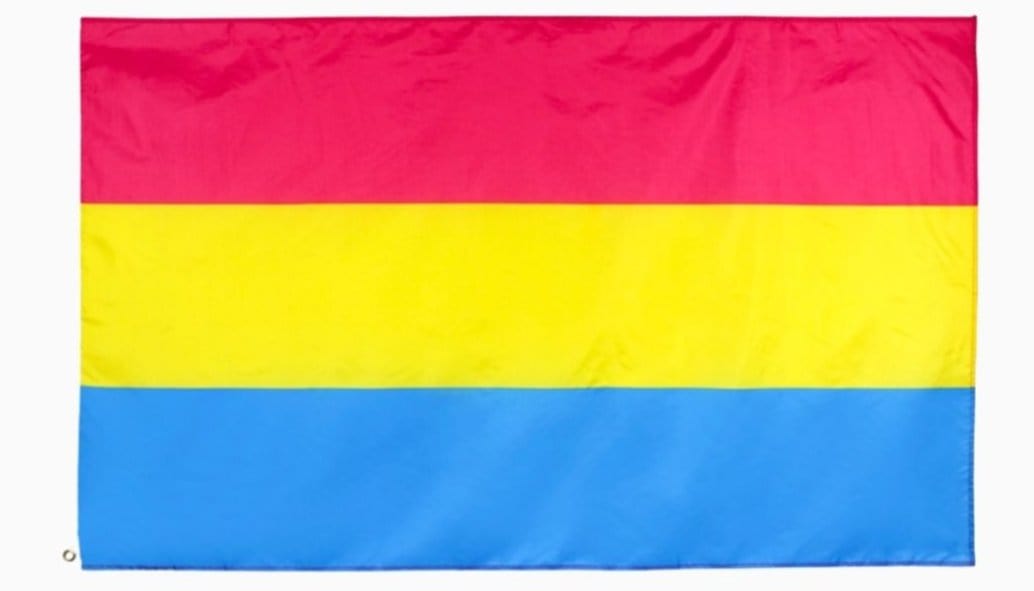
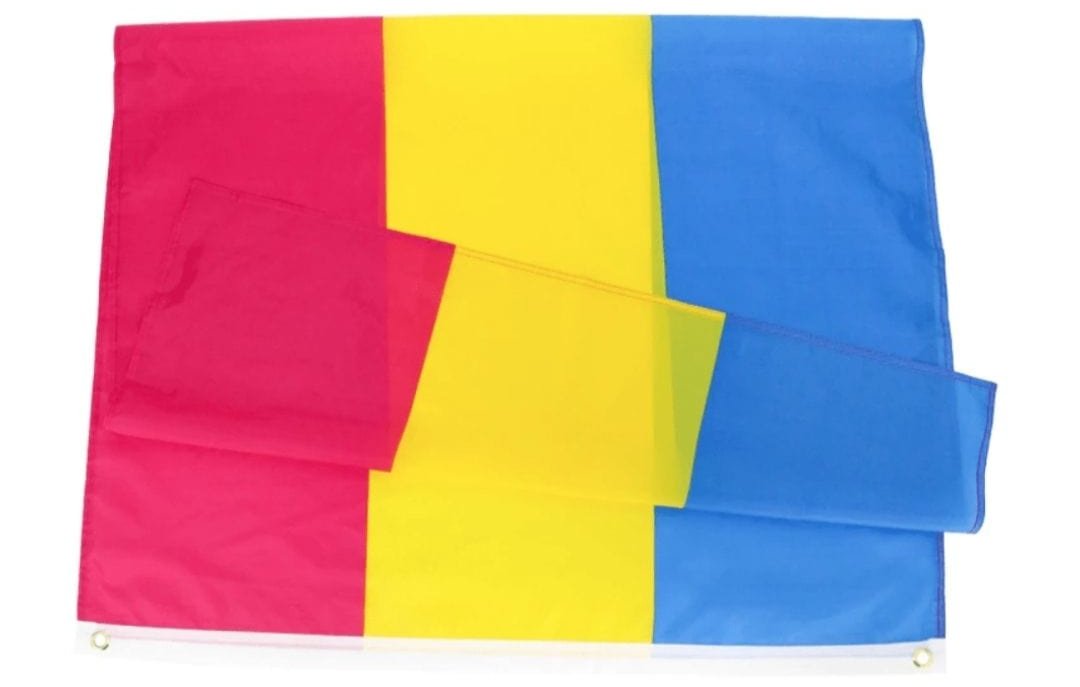
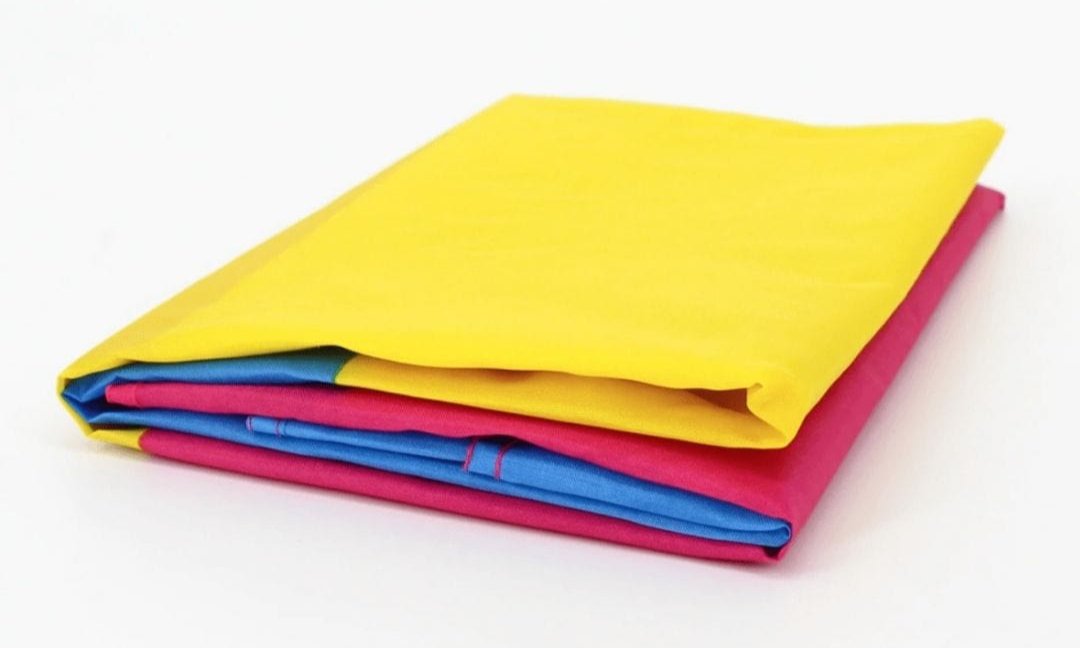
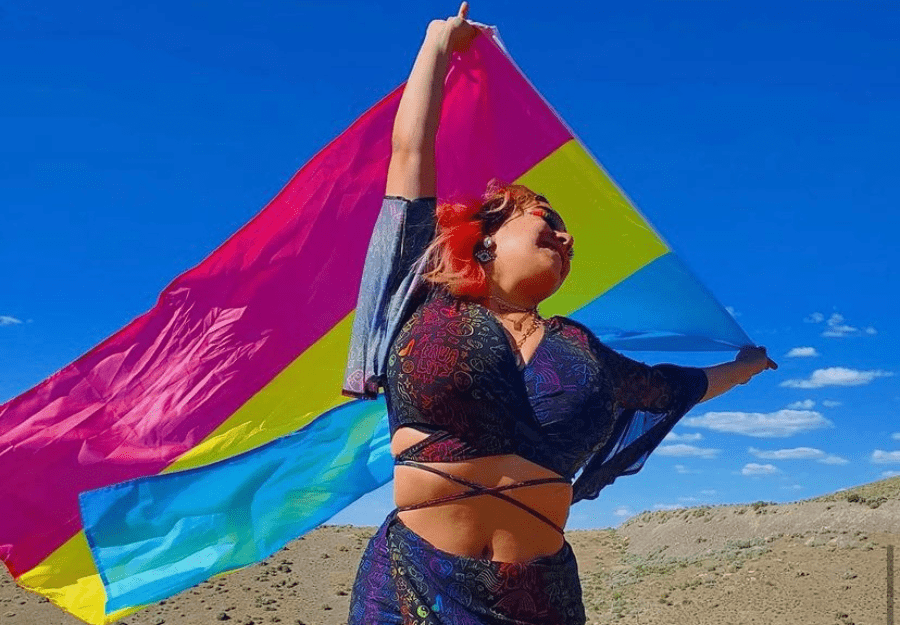
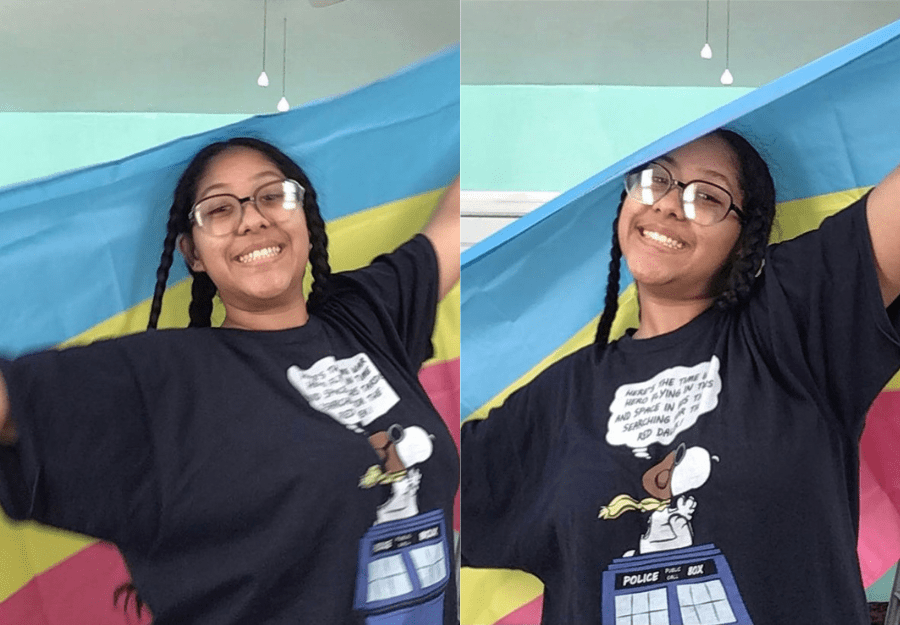
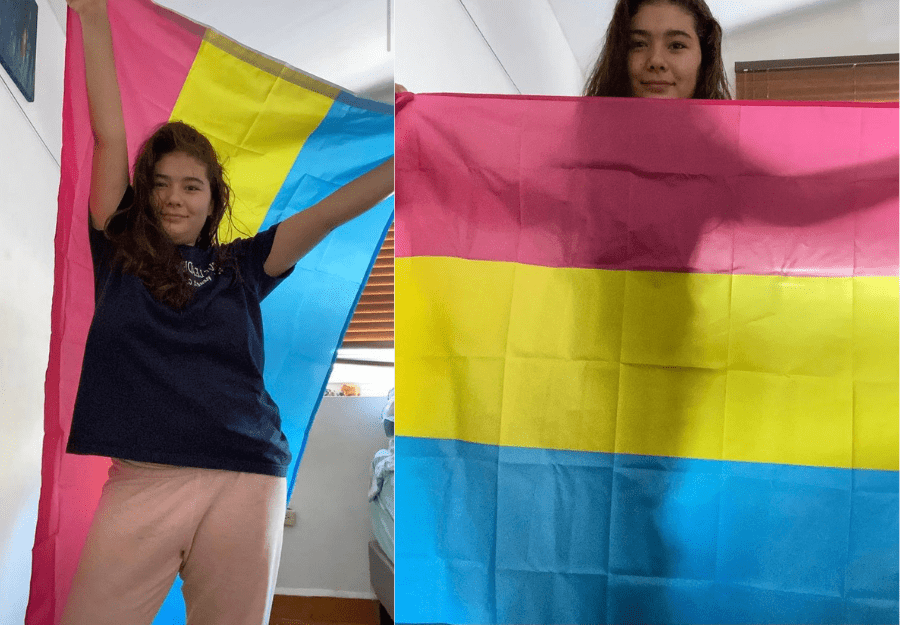
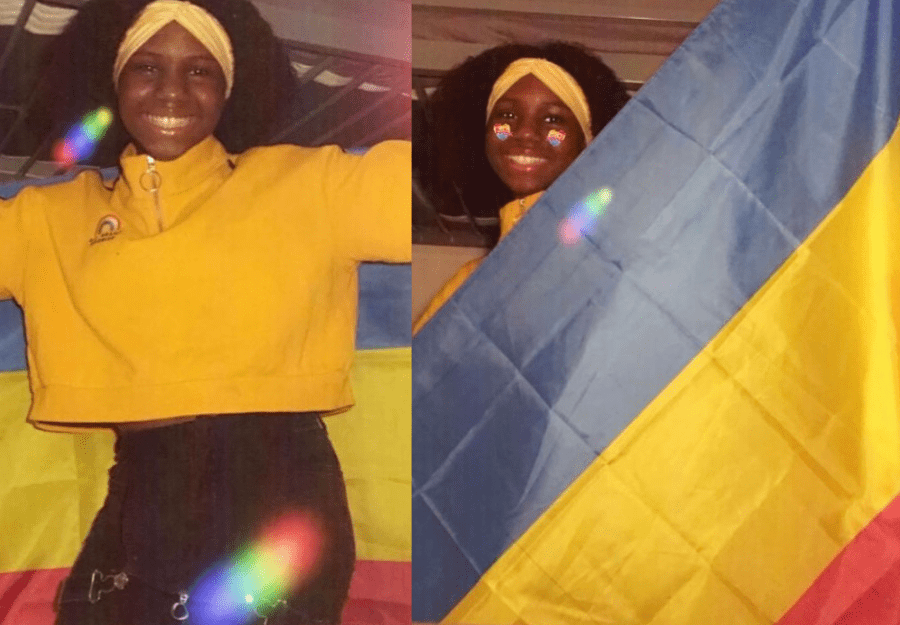
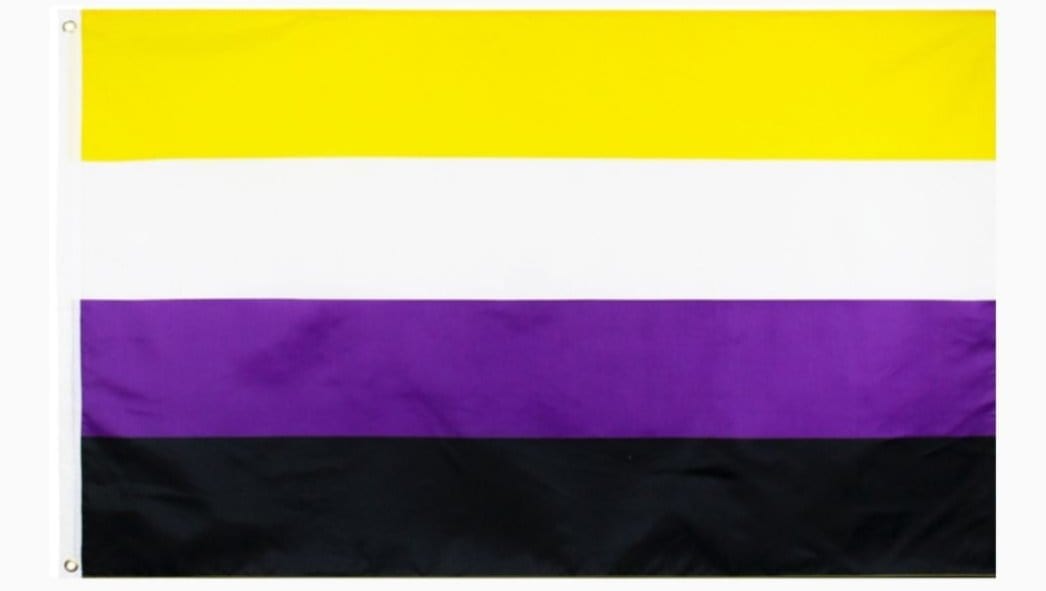
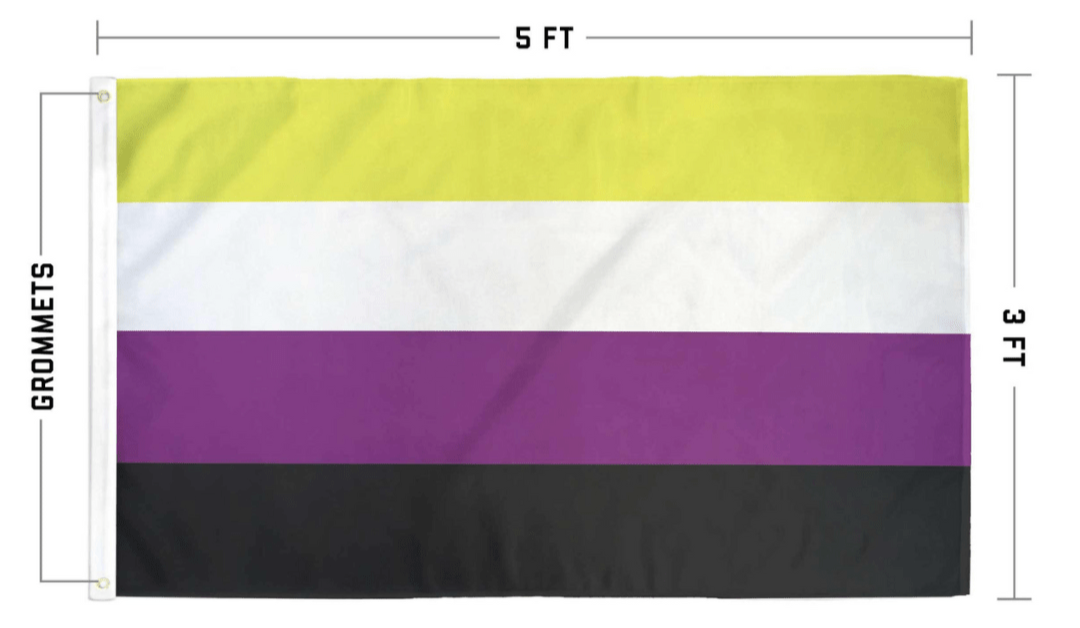
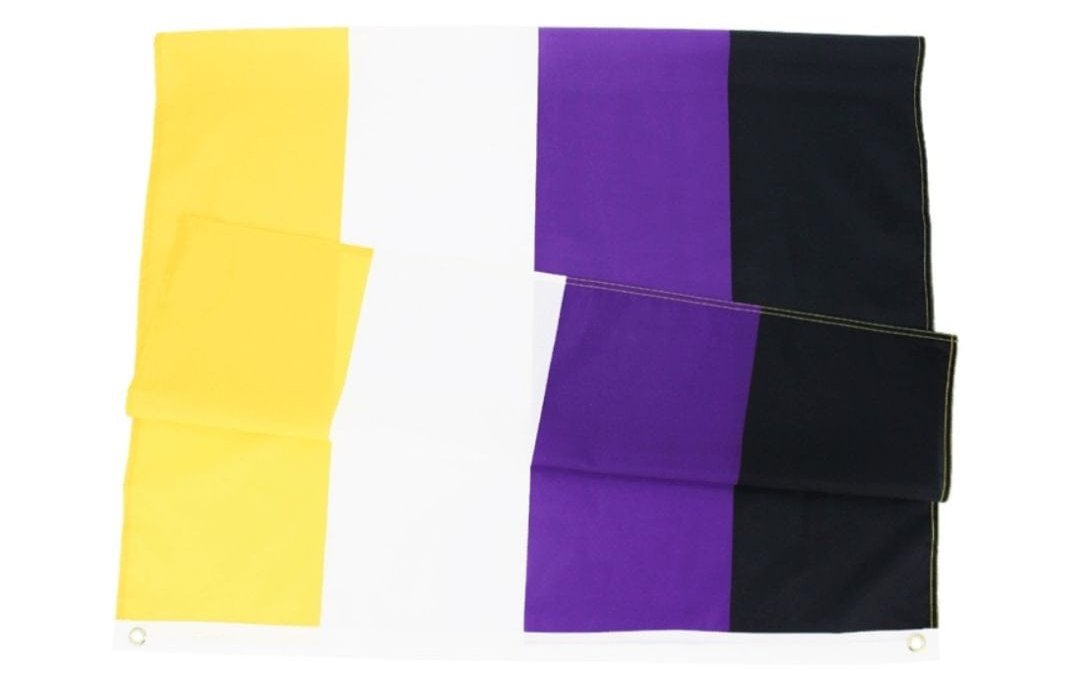
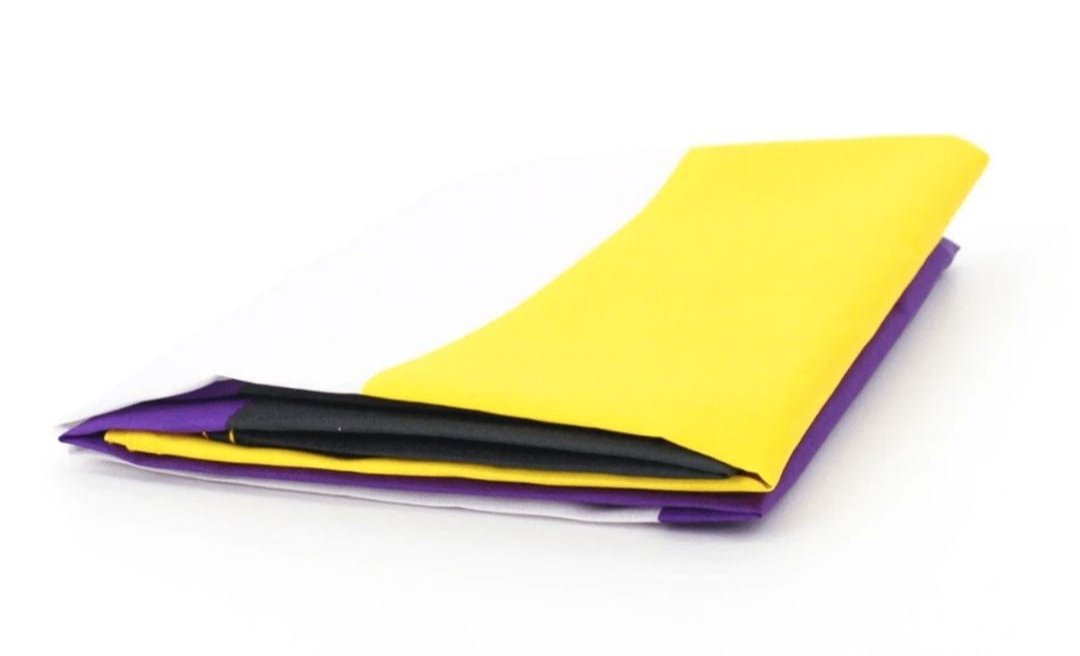
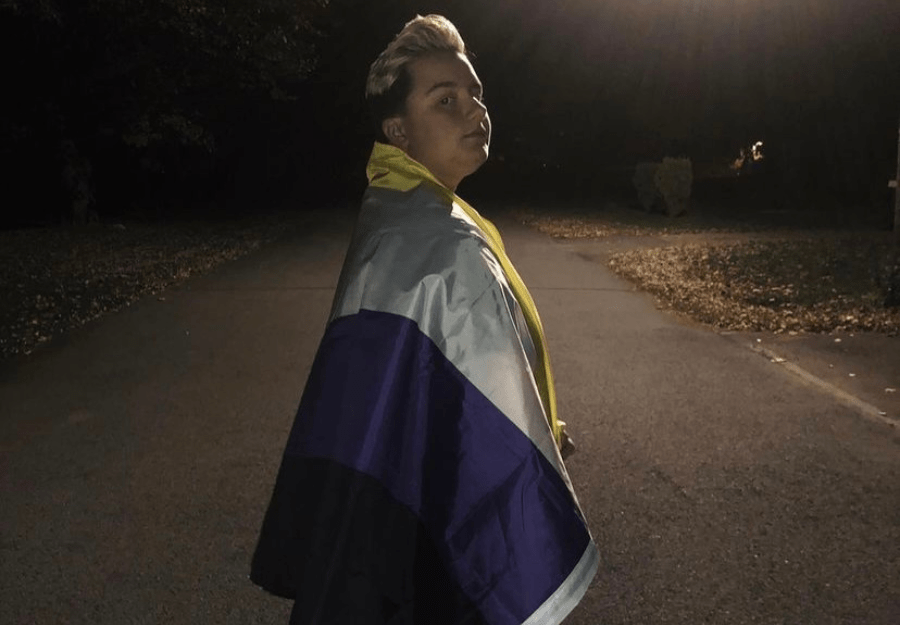
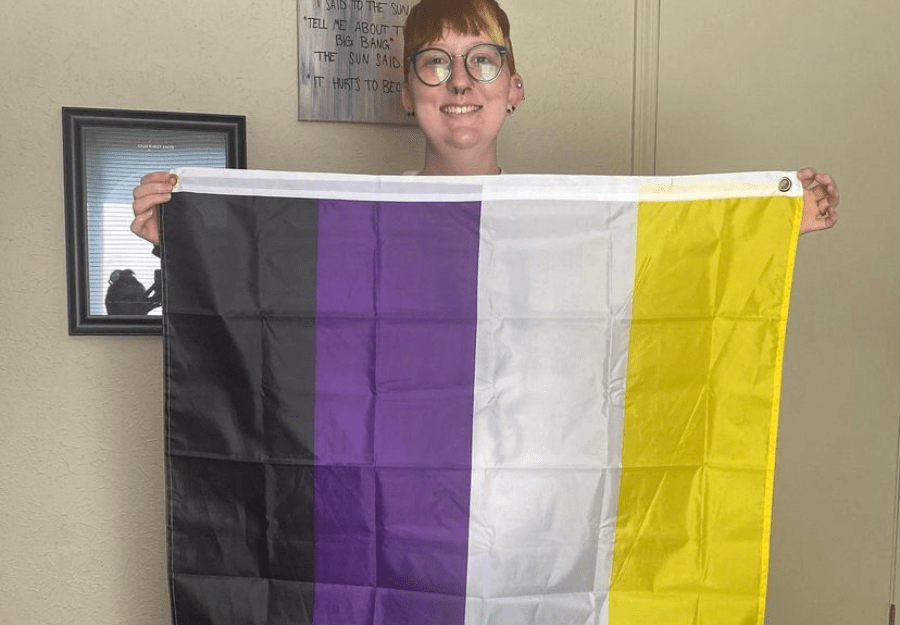
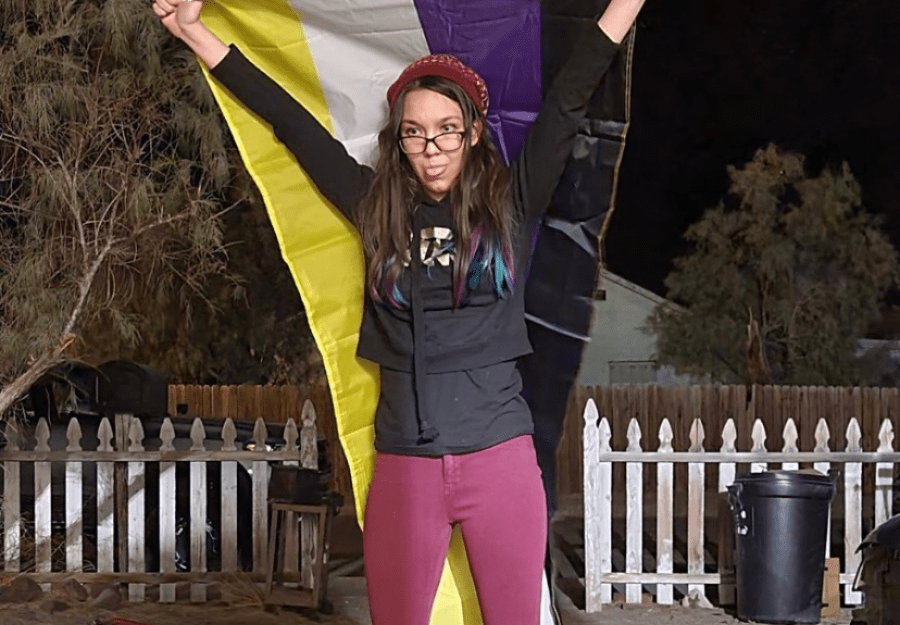
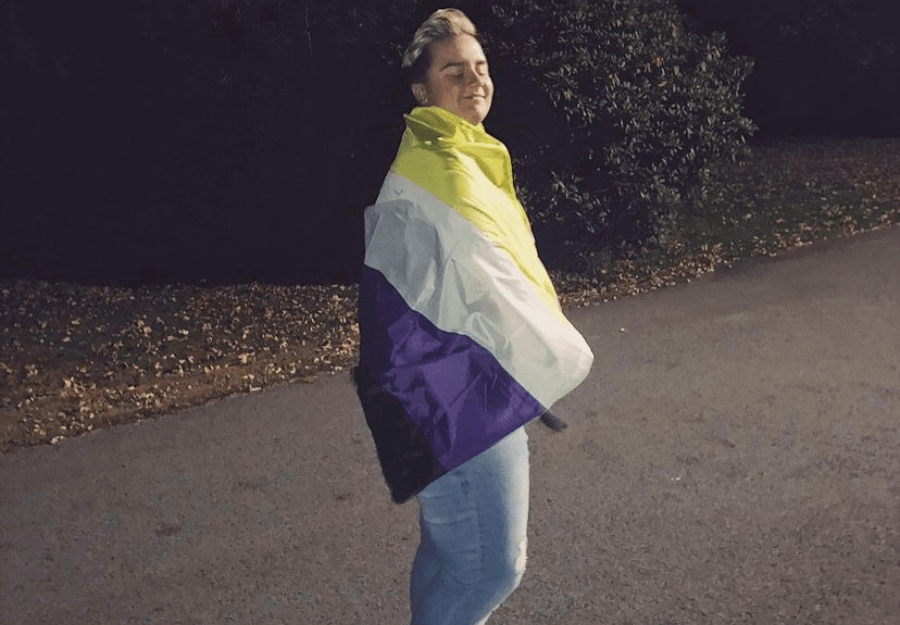
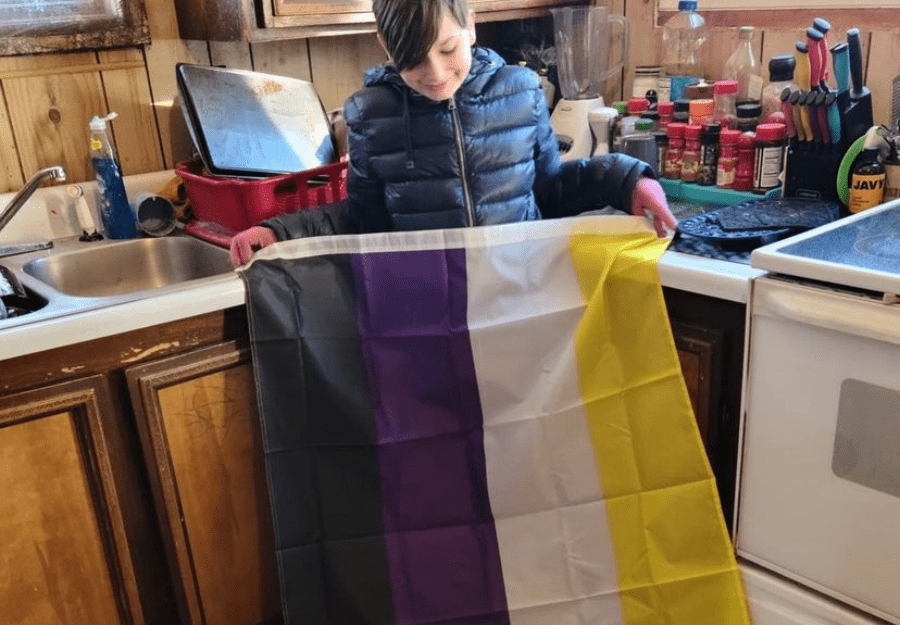
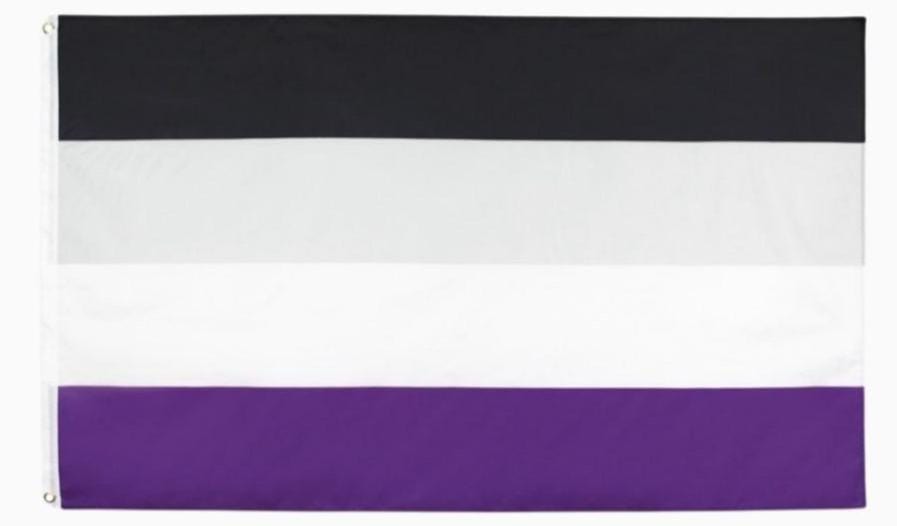
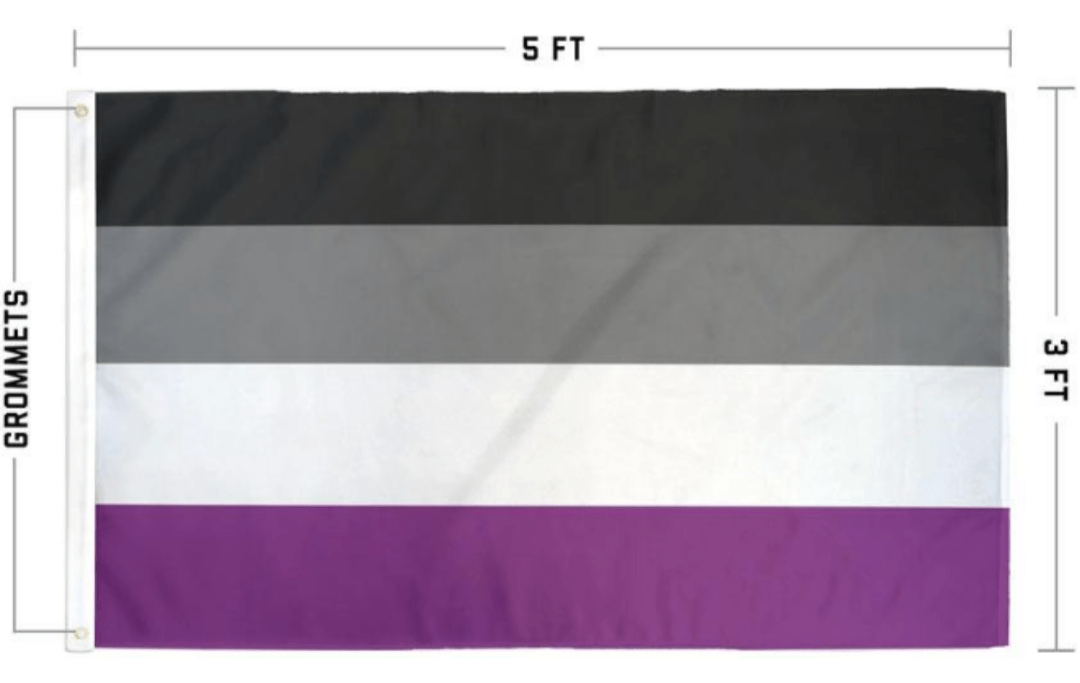
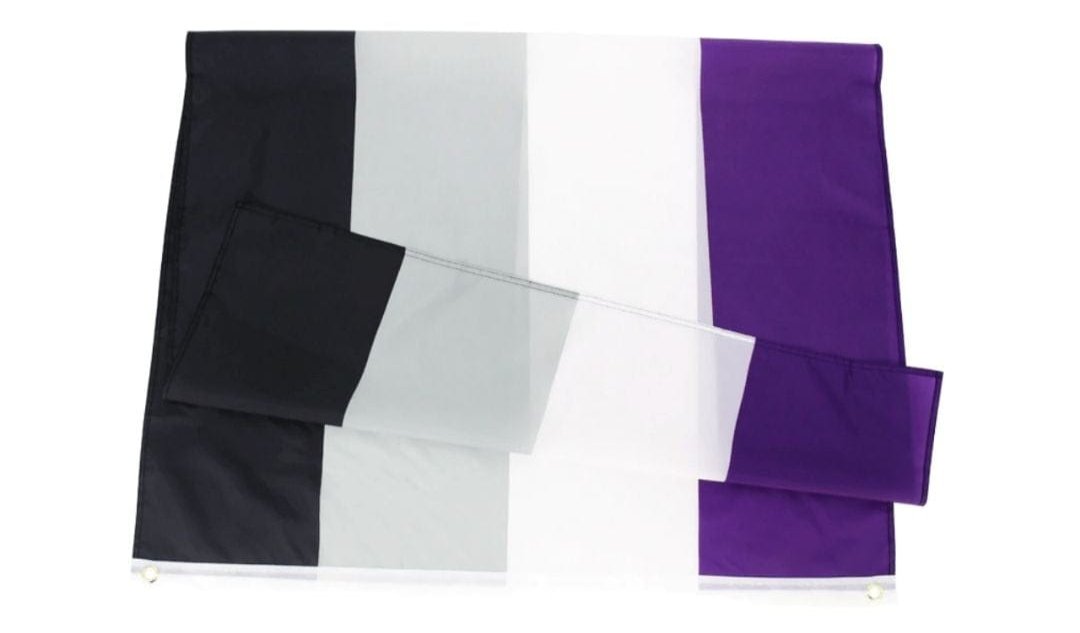
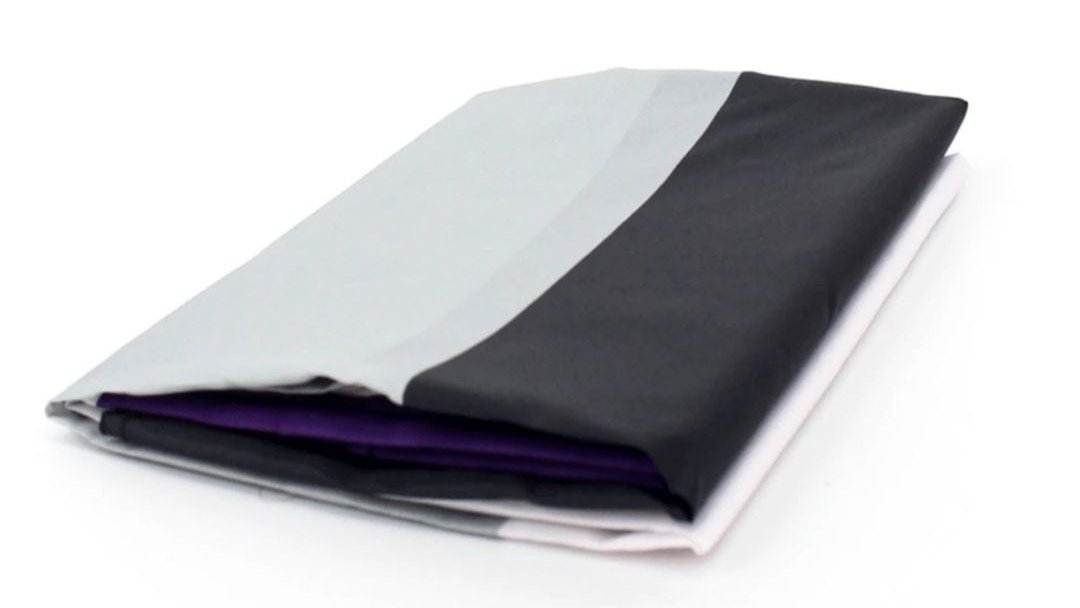
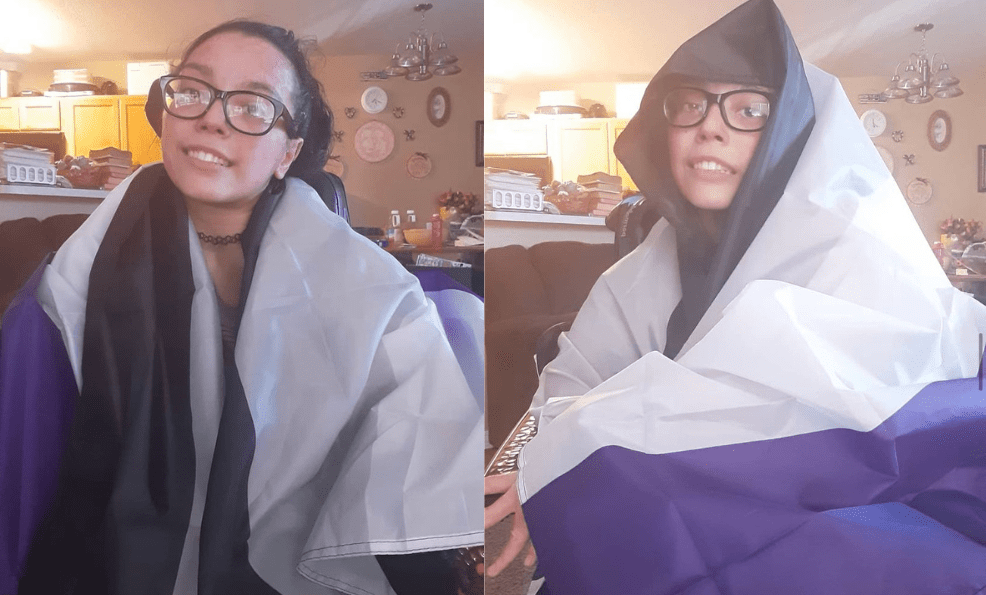
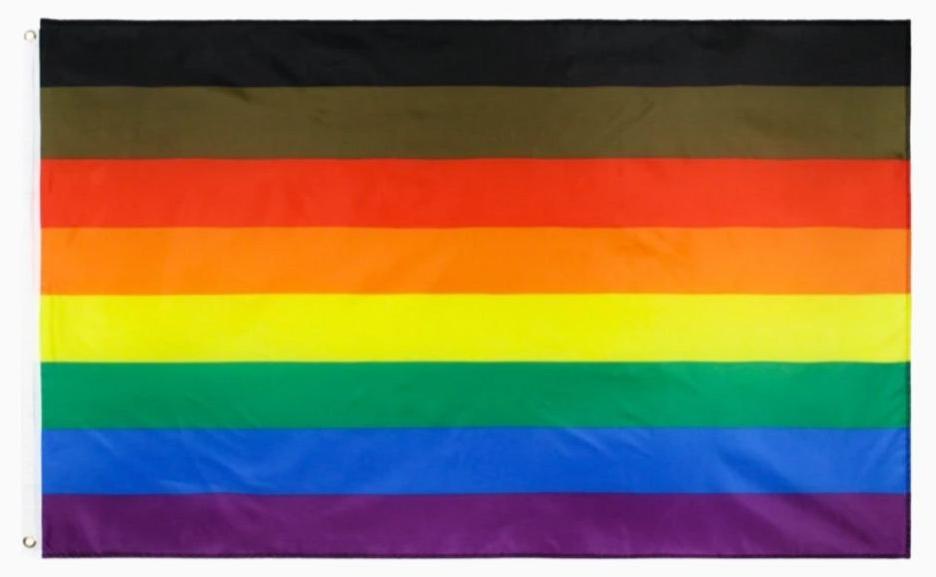
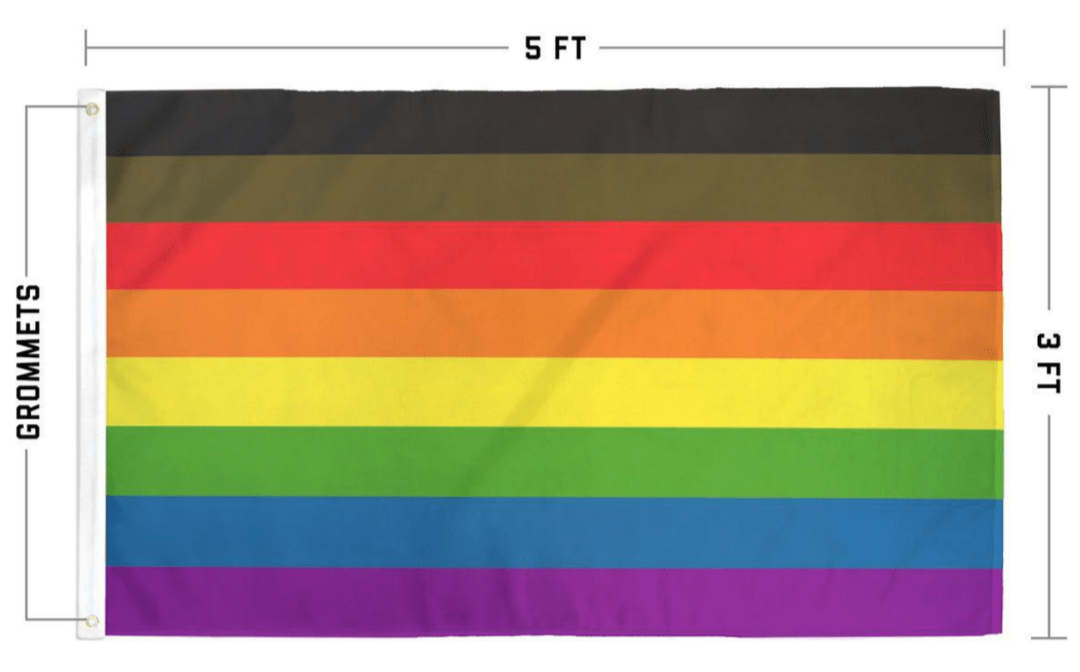
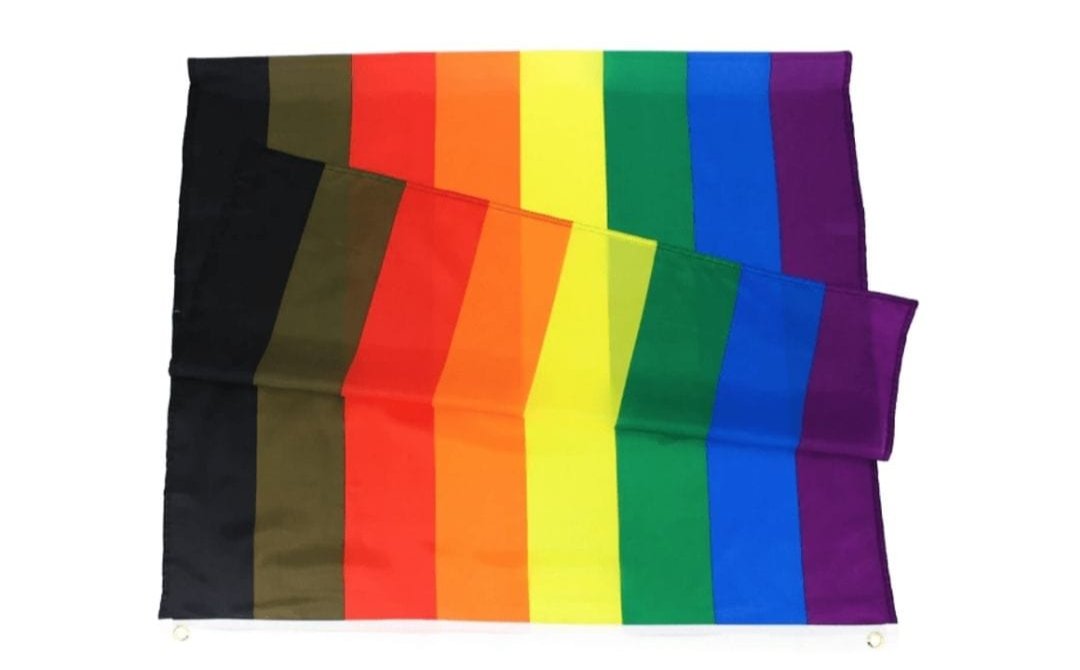
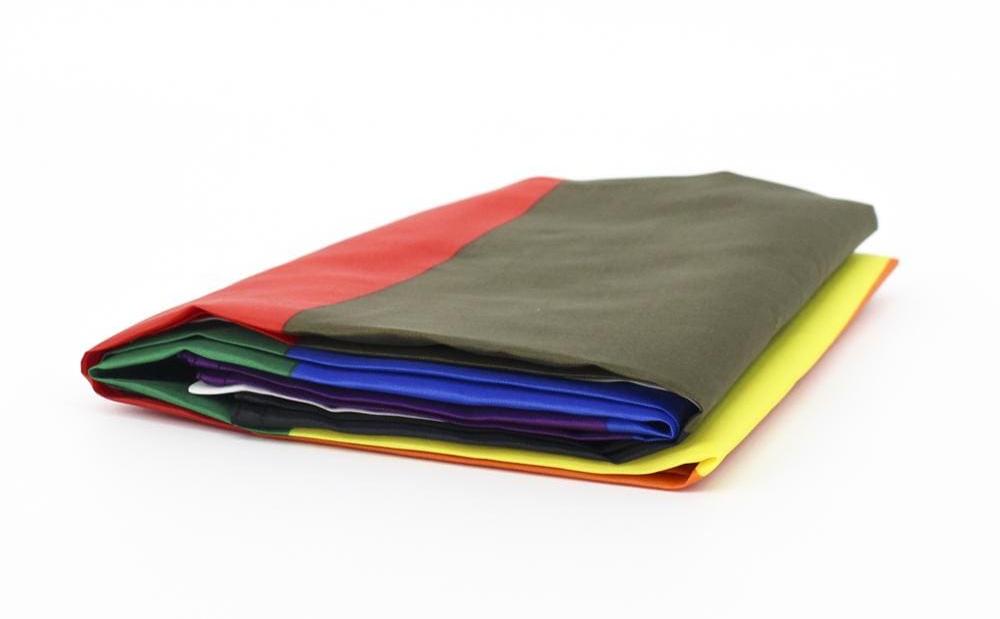
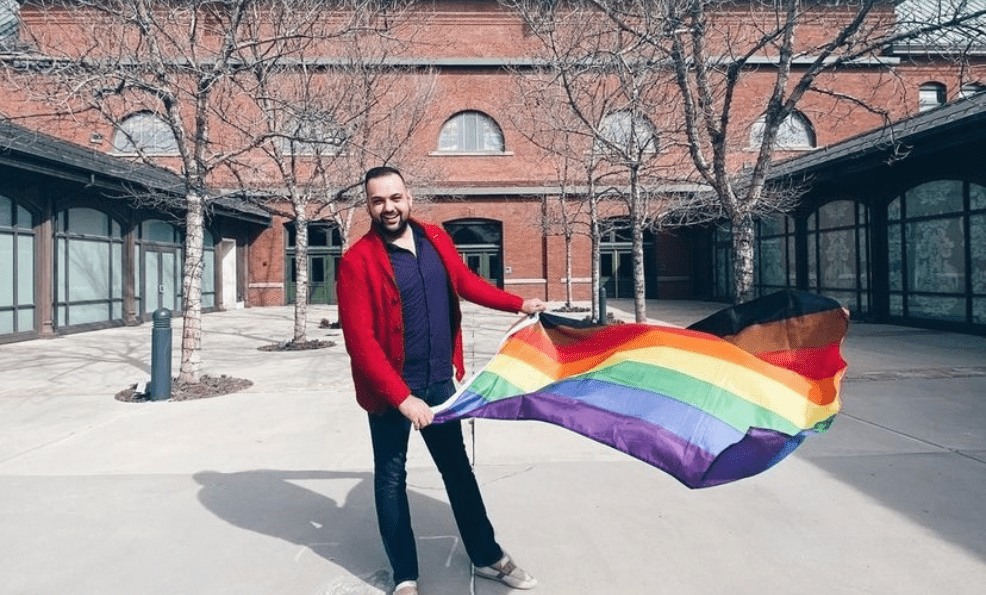
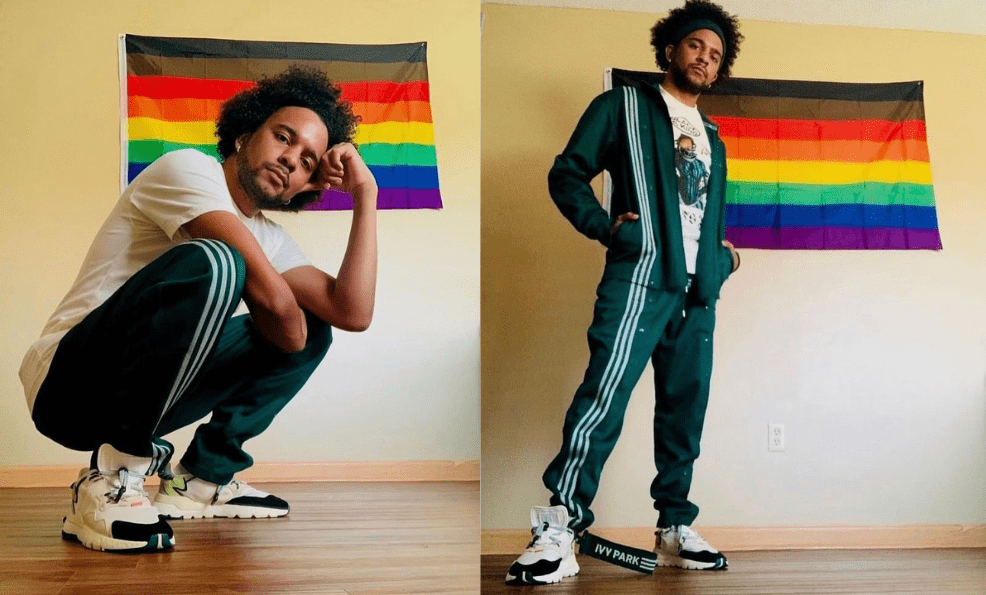
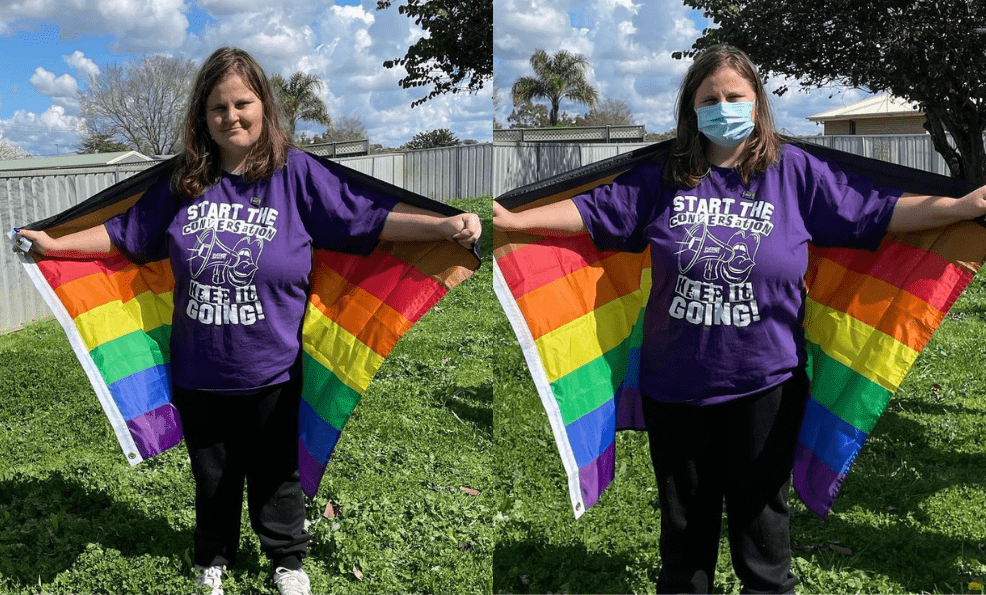
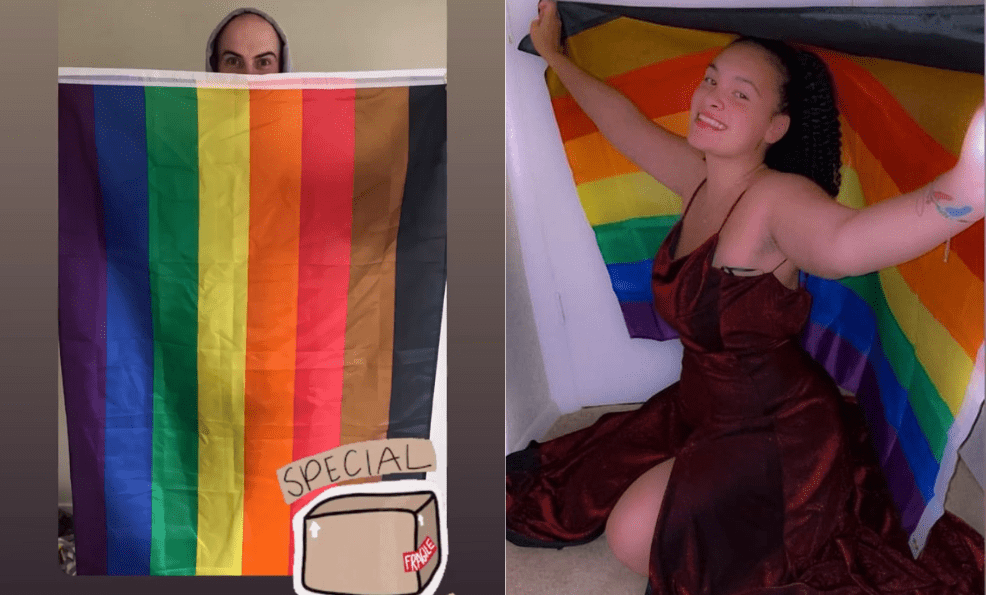
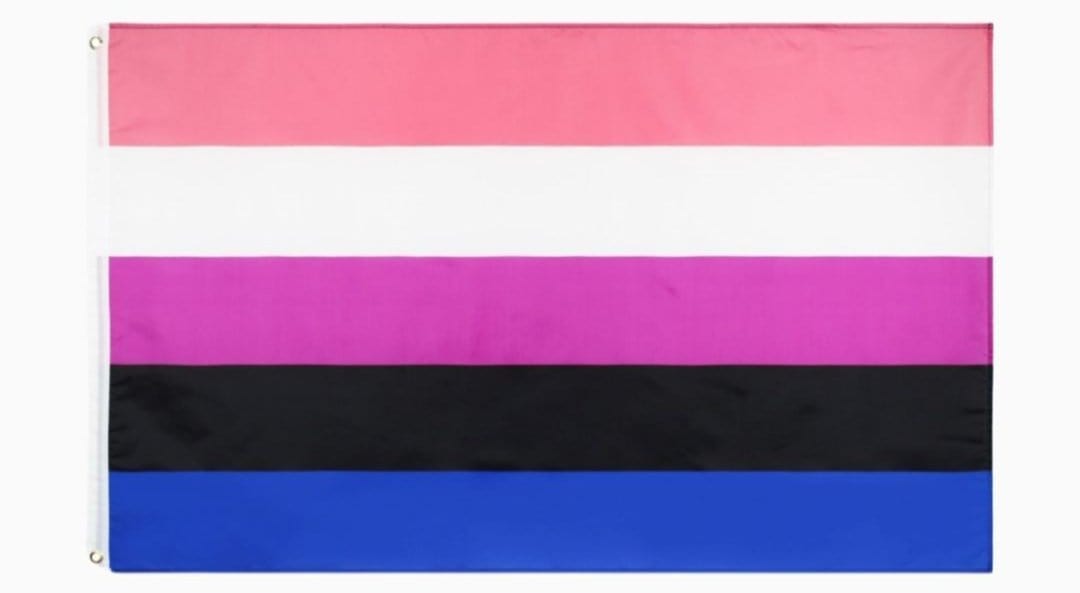
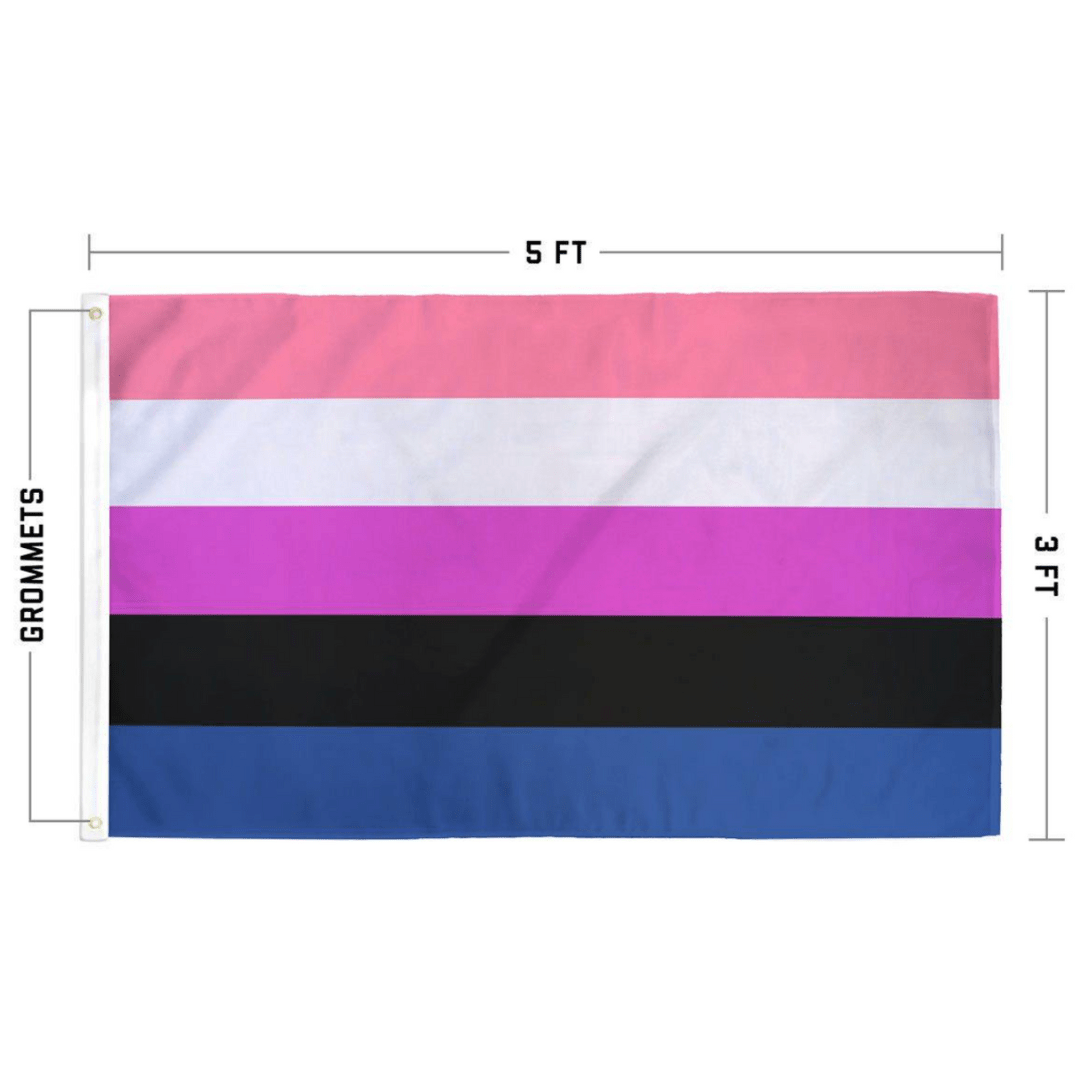
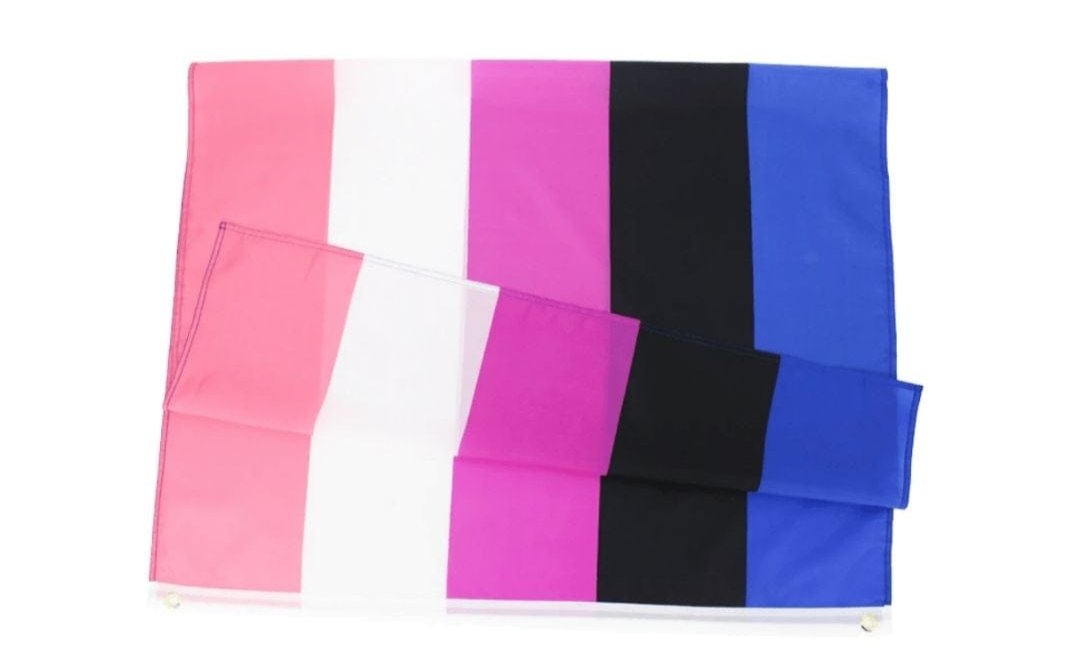
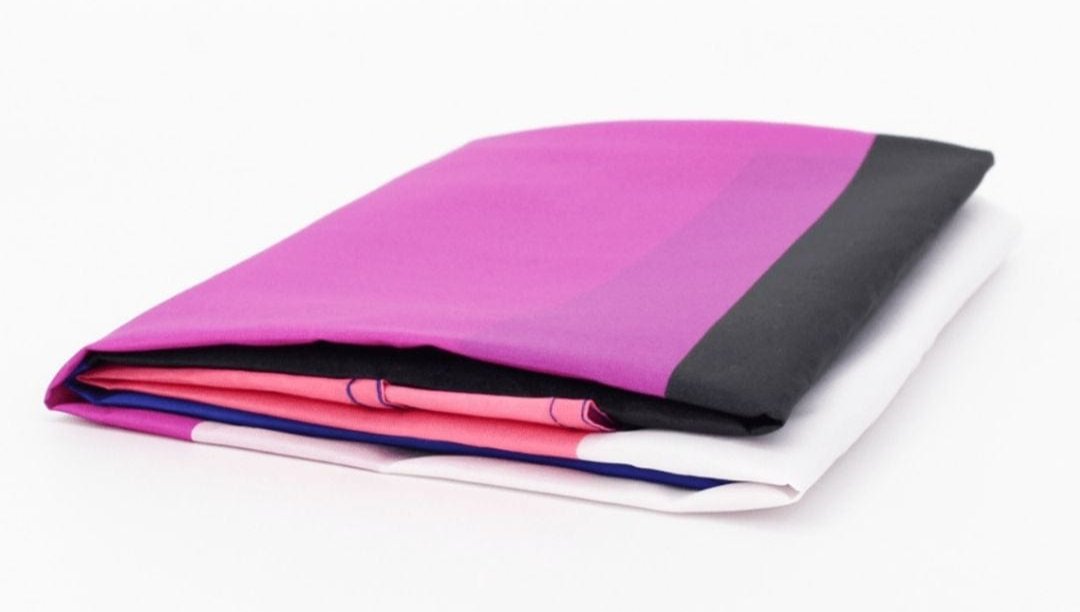
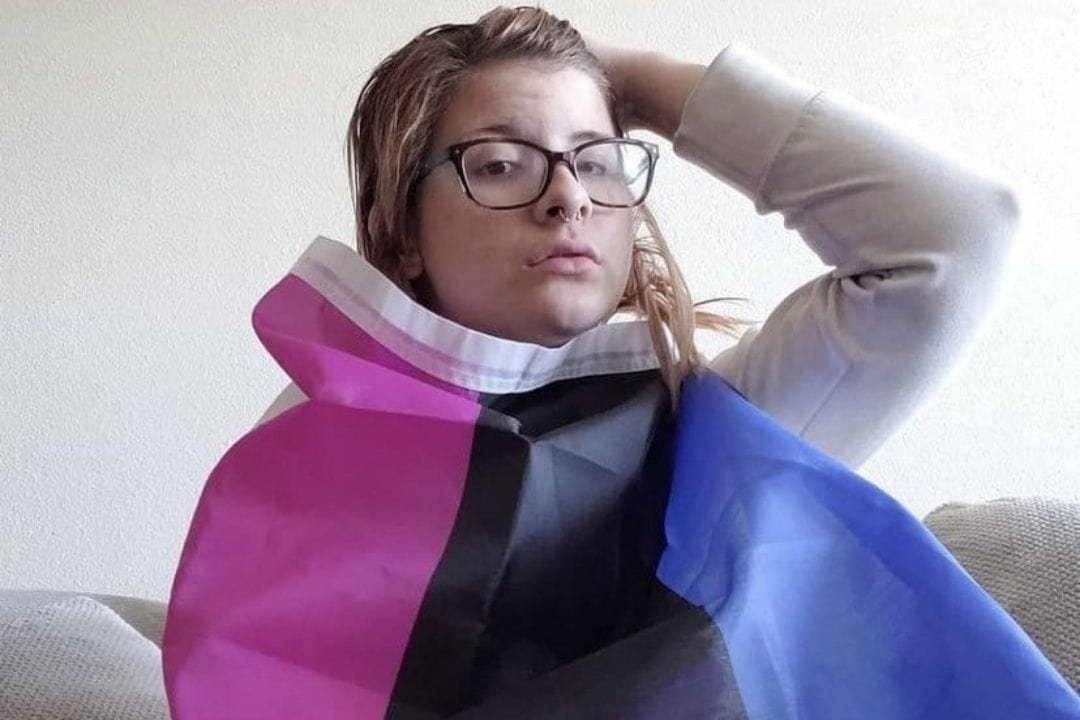
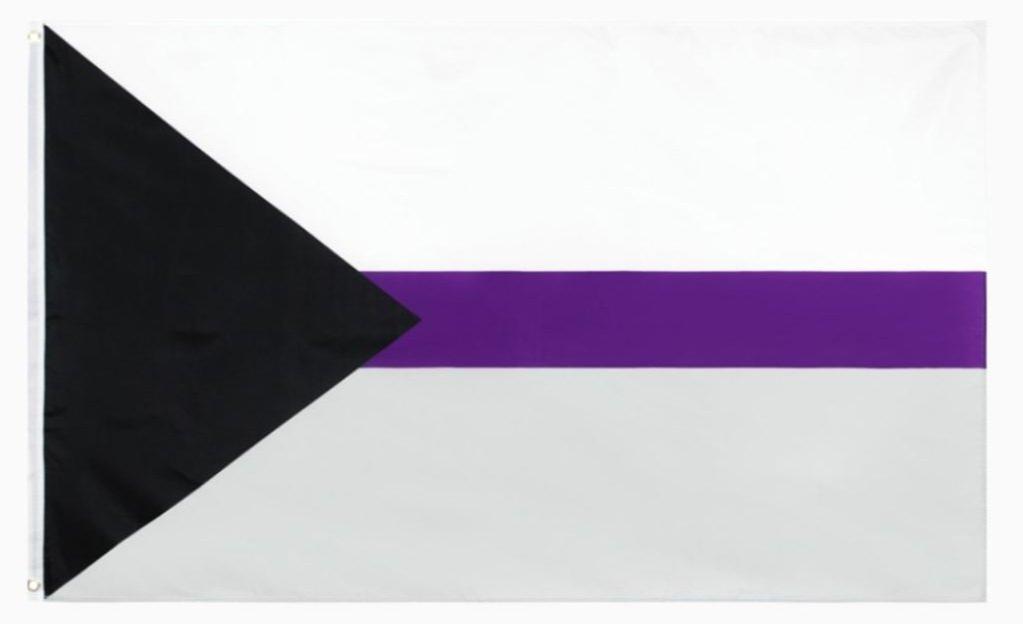
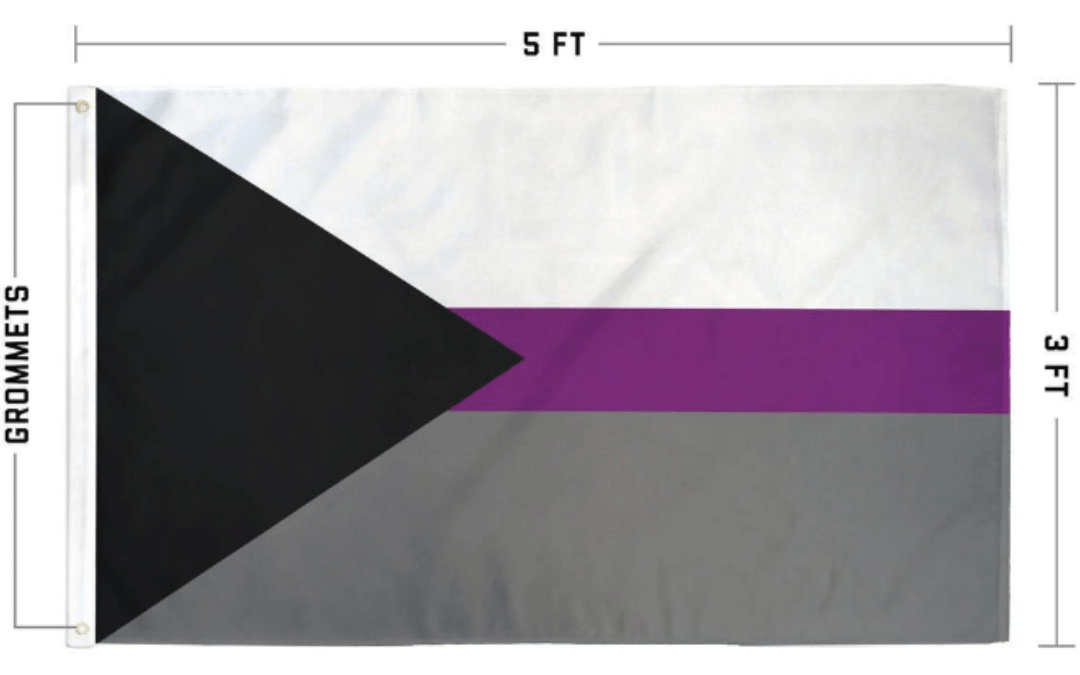
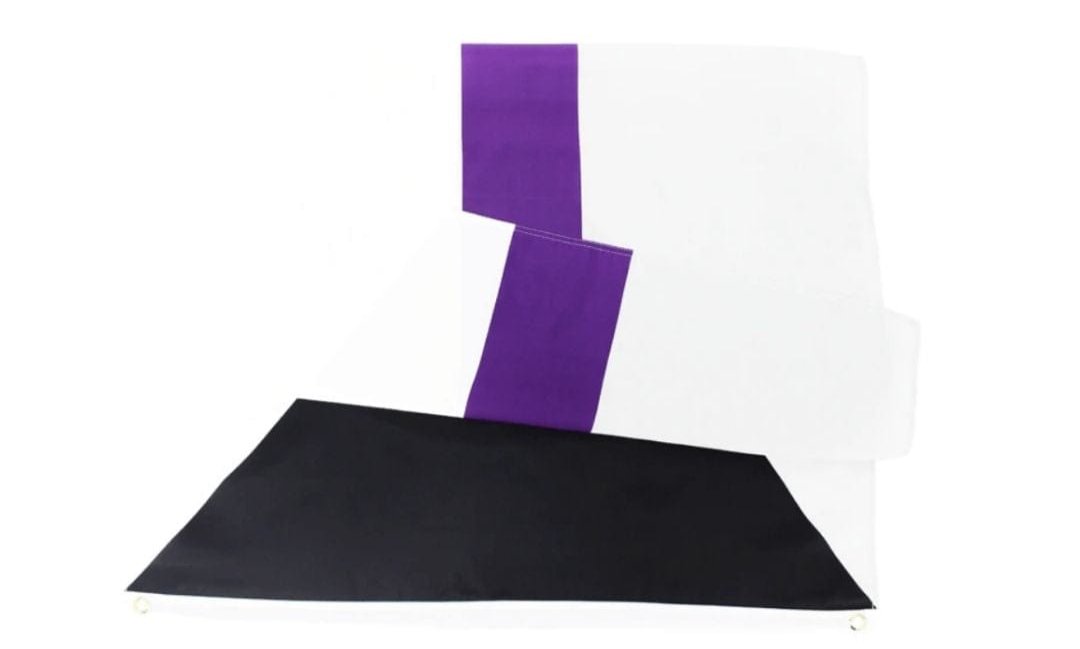
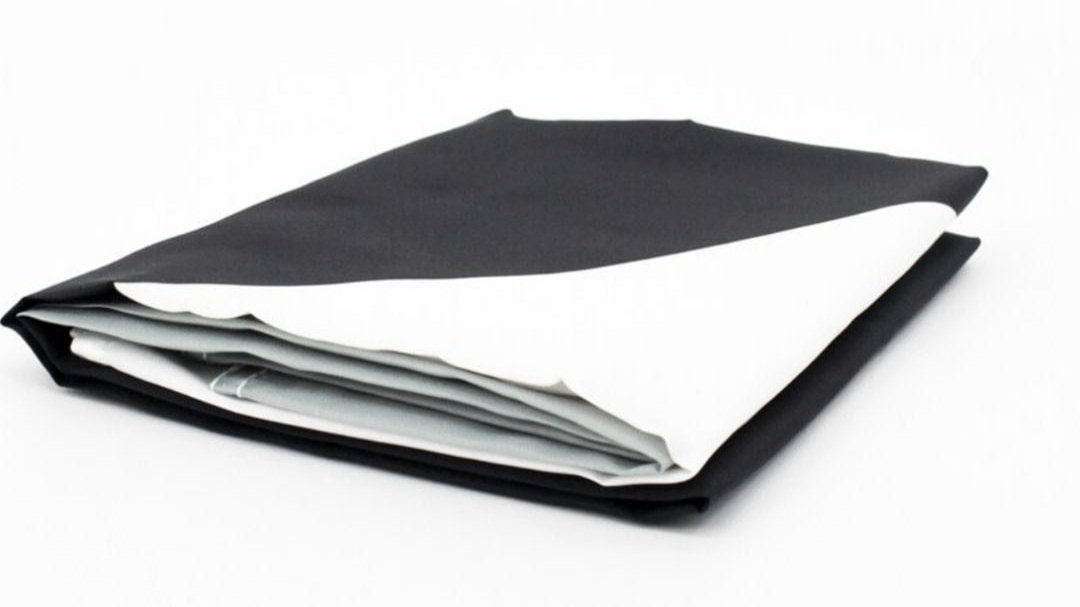
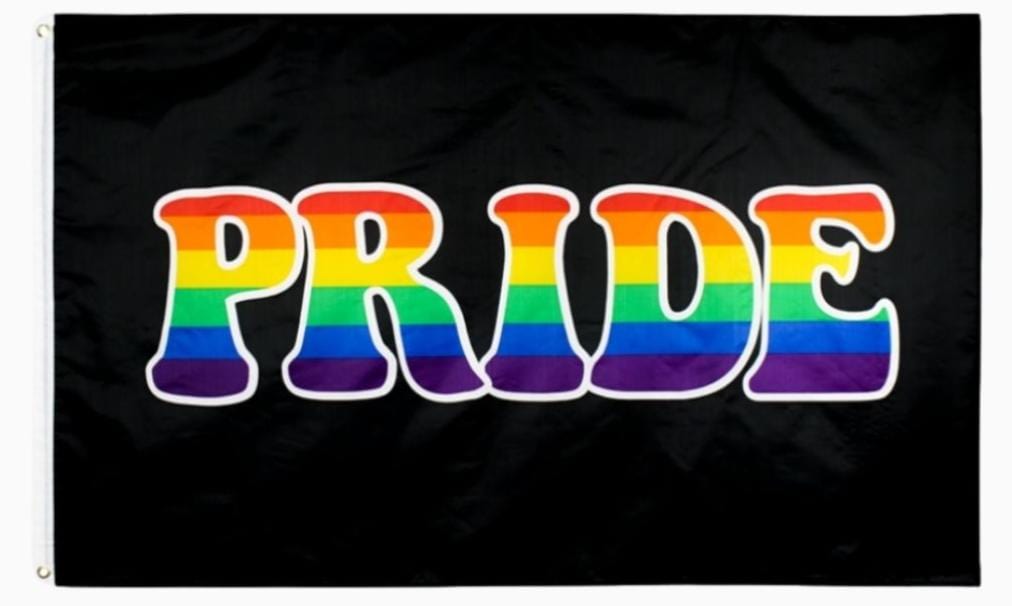
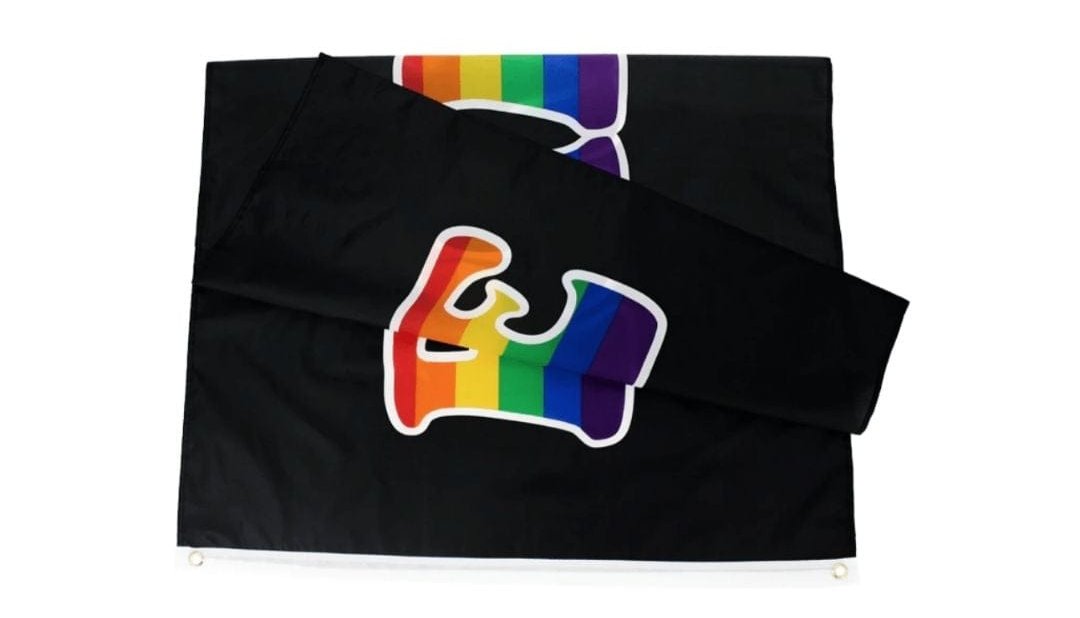
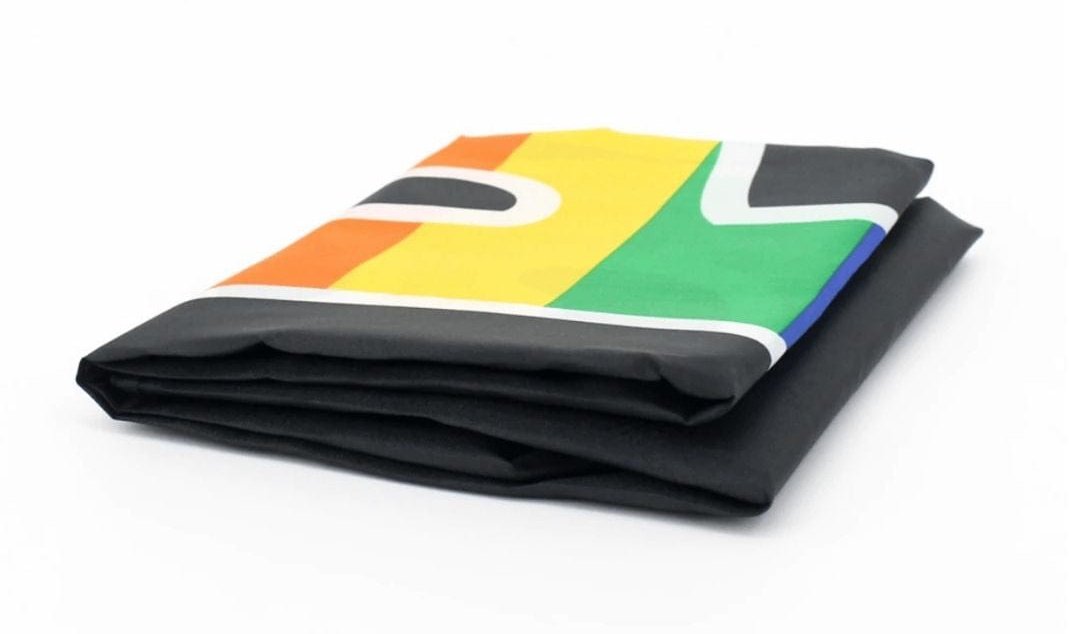
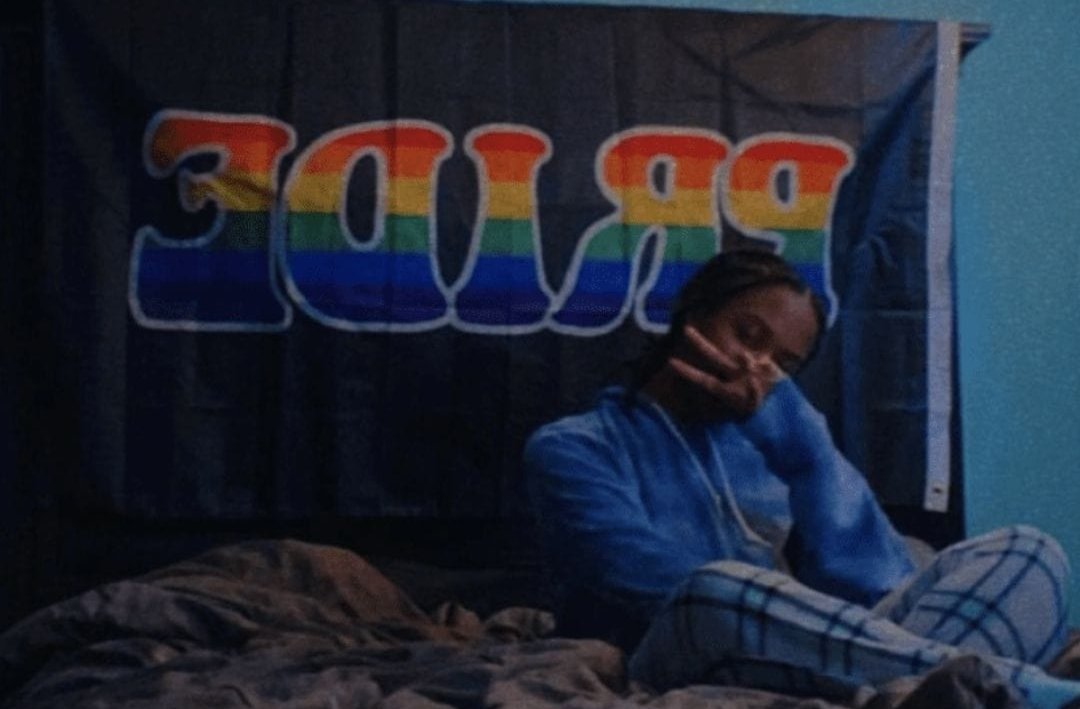
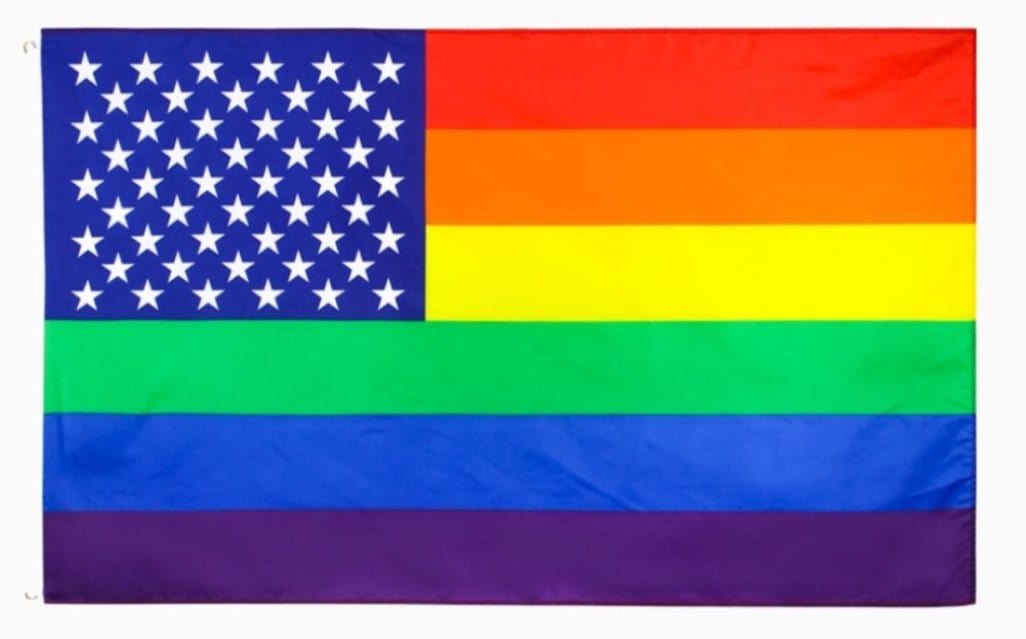
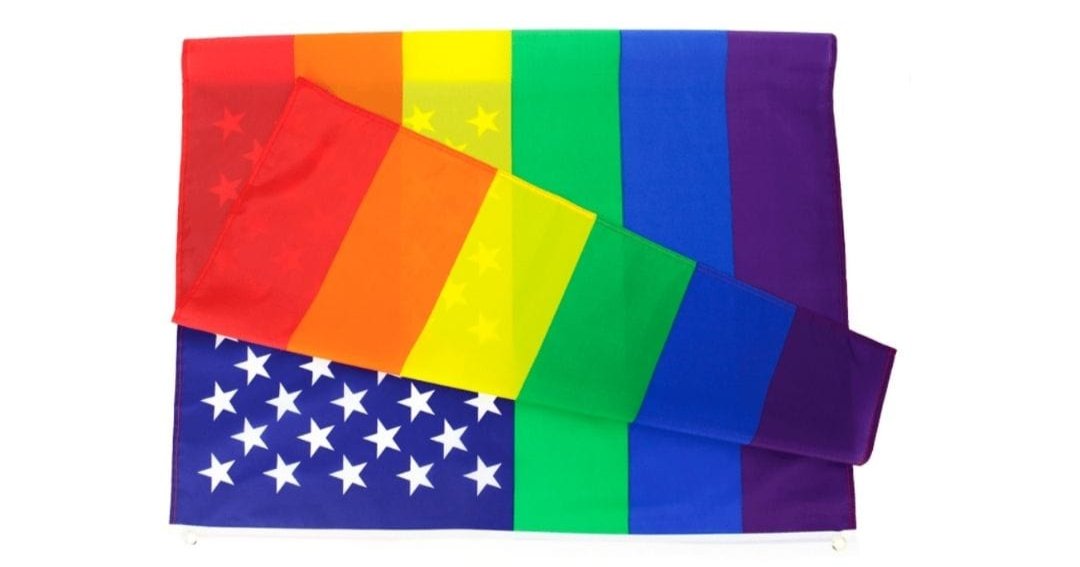
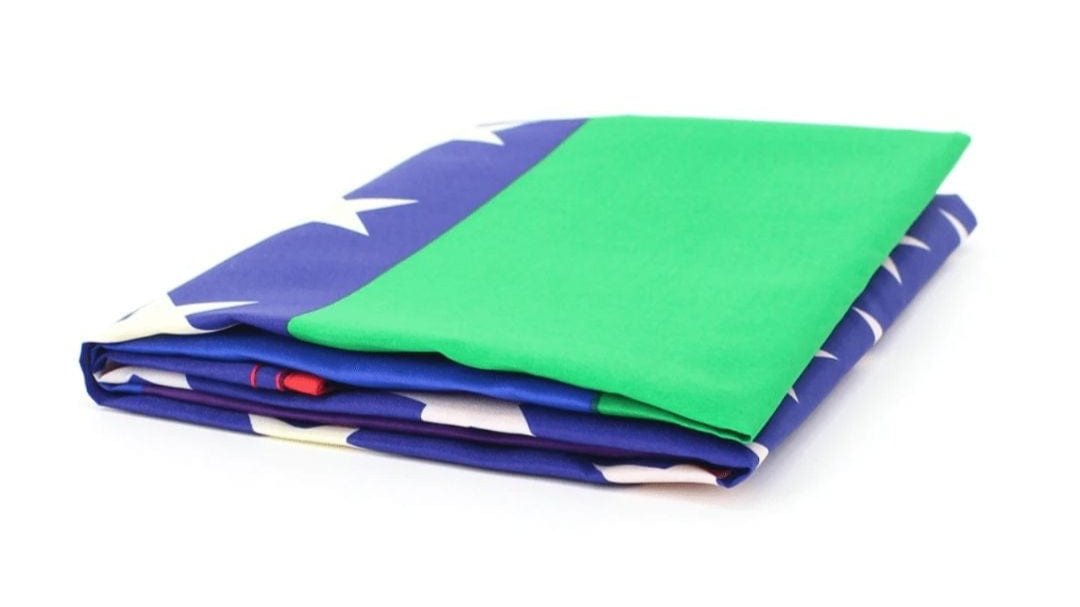
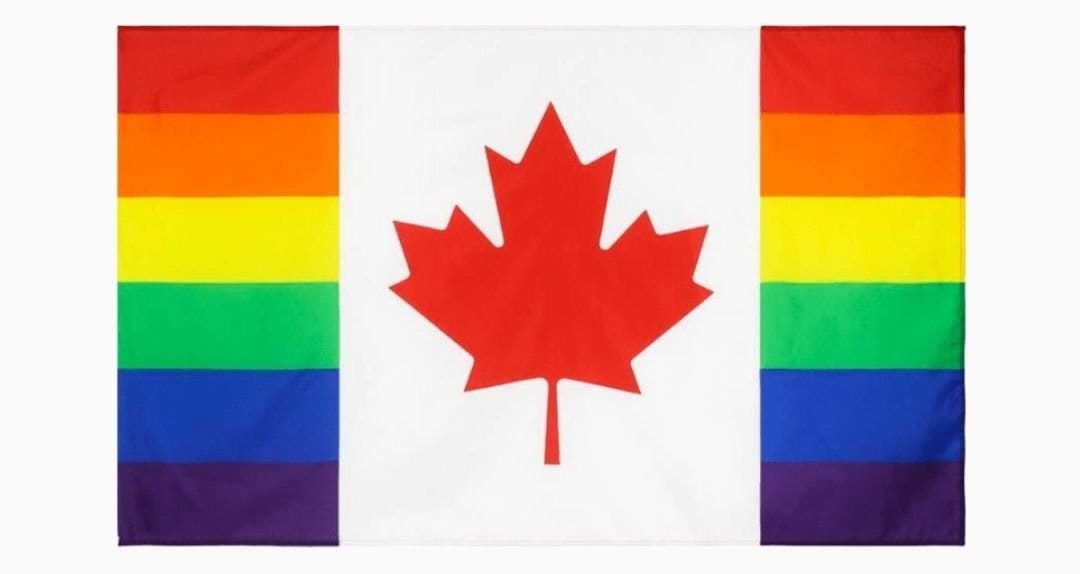
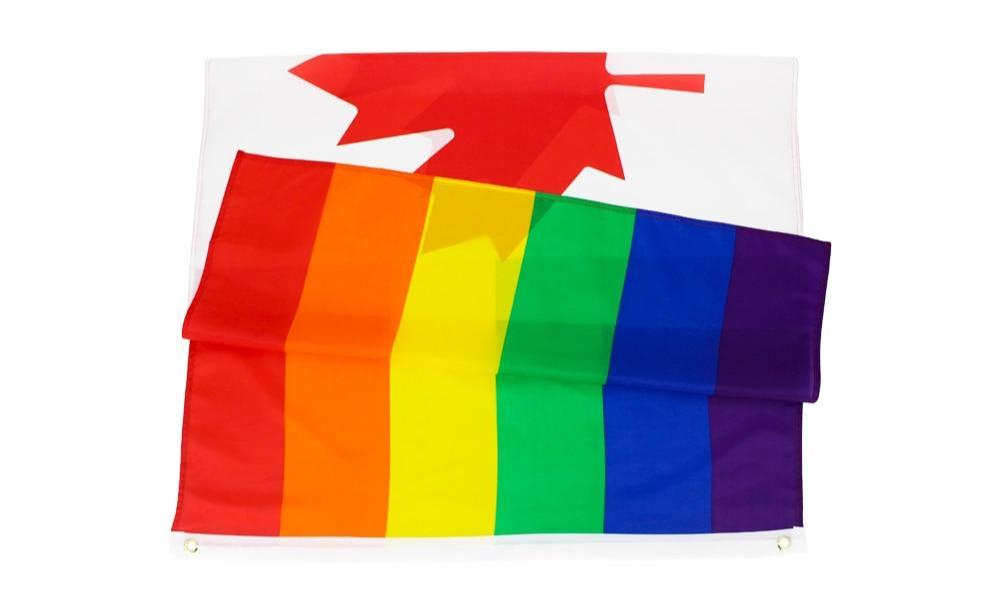
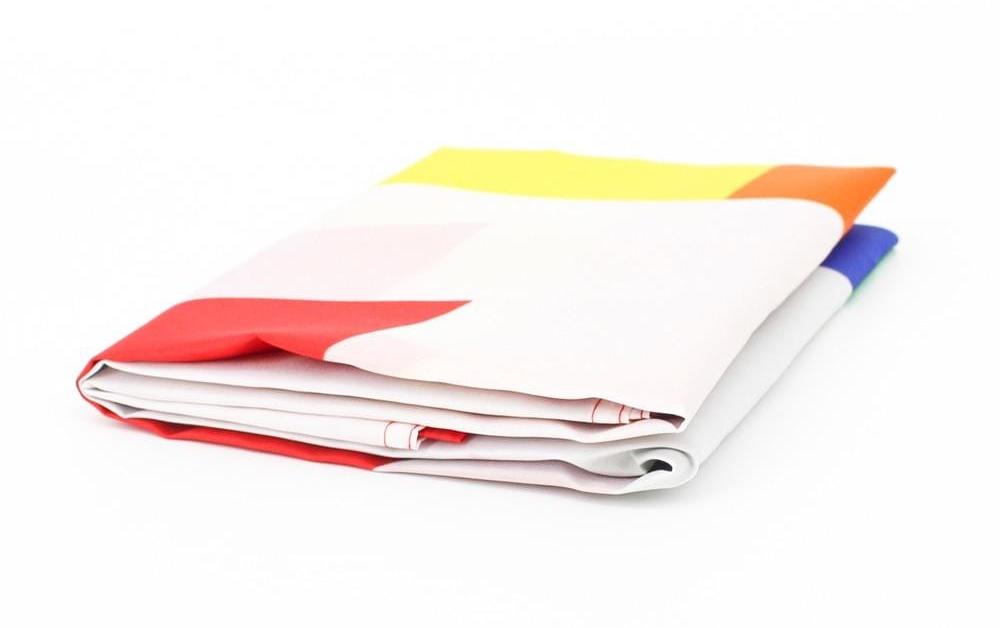
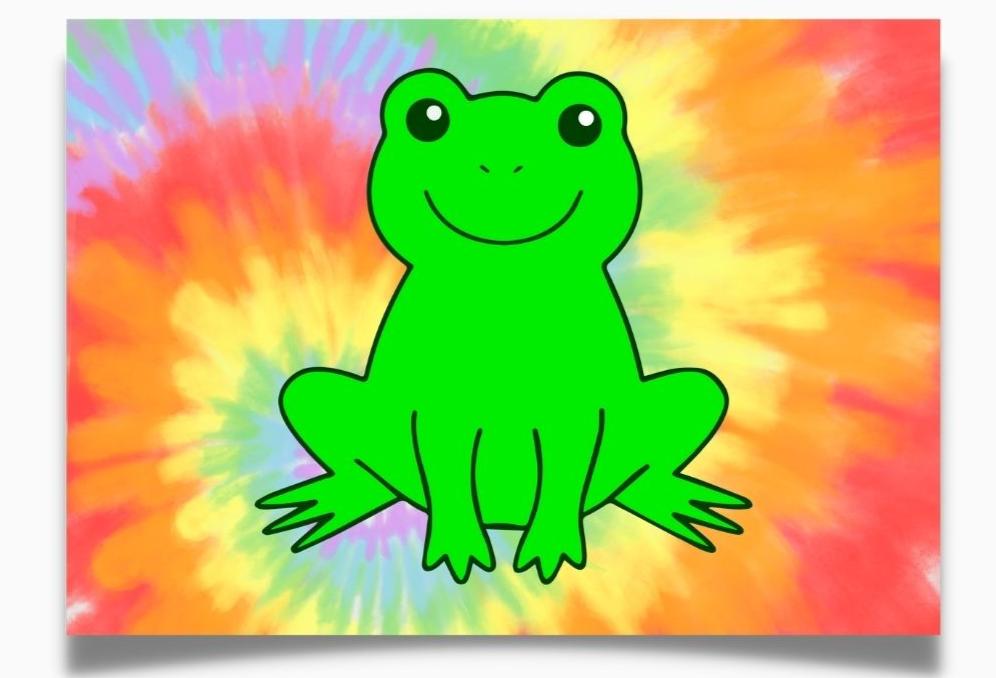
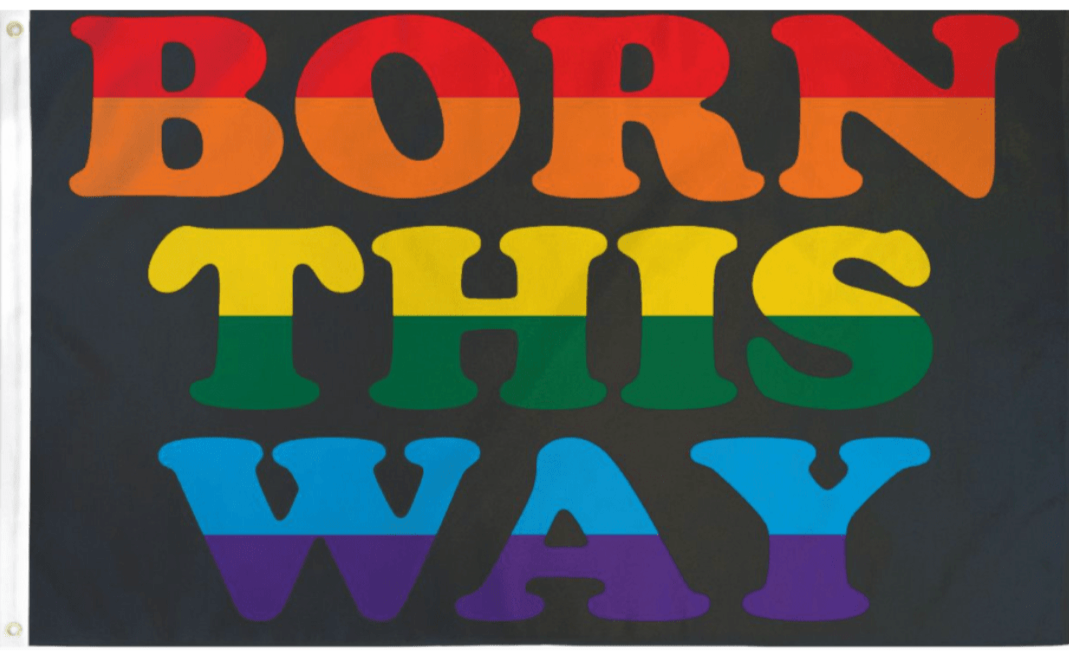
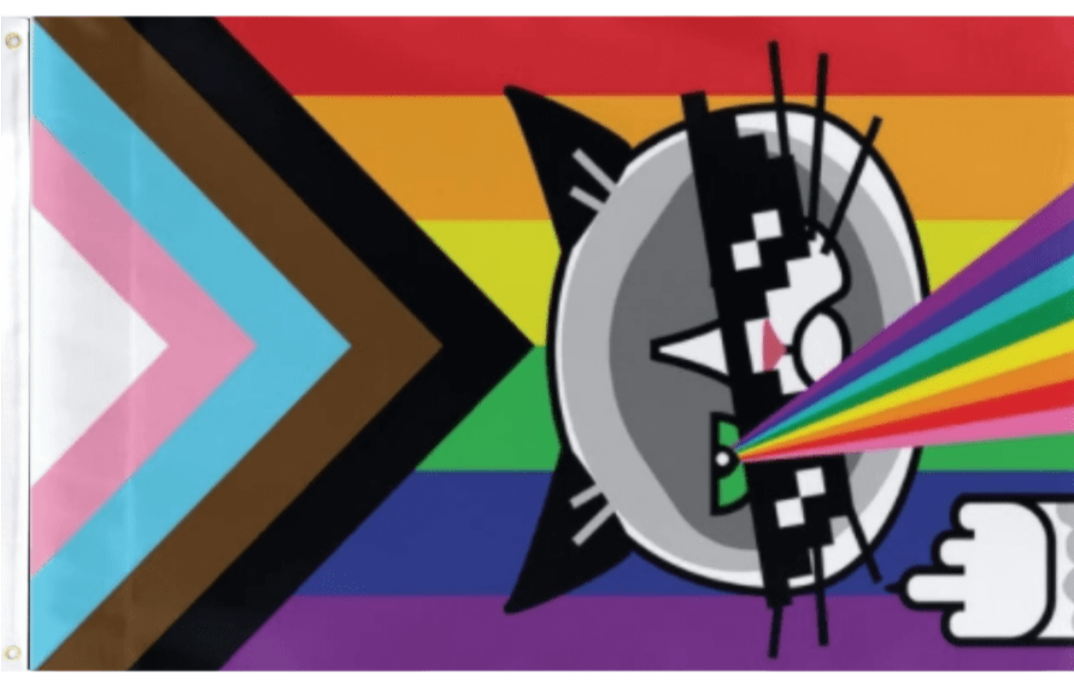
Comments
Muchas gracias. ?Como puedo iniciar sesion?
555
1 OR 2+436-436-1=0+0+0+1 -
555
555